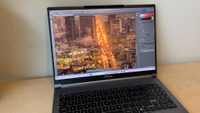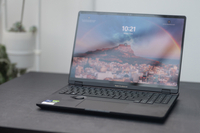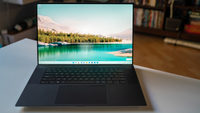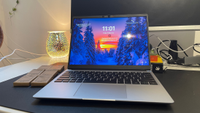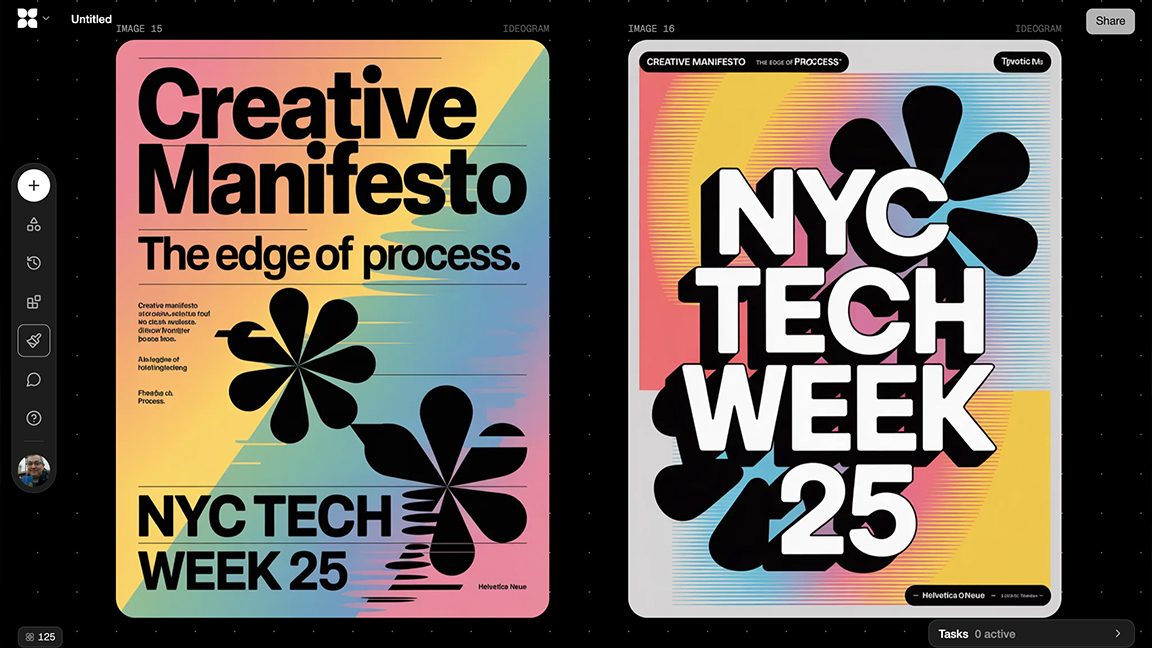The best laptops for Photoshop, fully tested and reviewed
Our reviewers pick the best laptop for Photoshop on a budget, the most powerful, the best 2-in-1, and more.
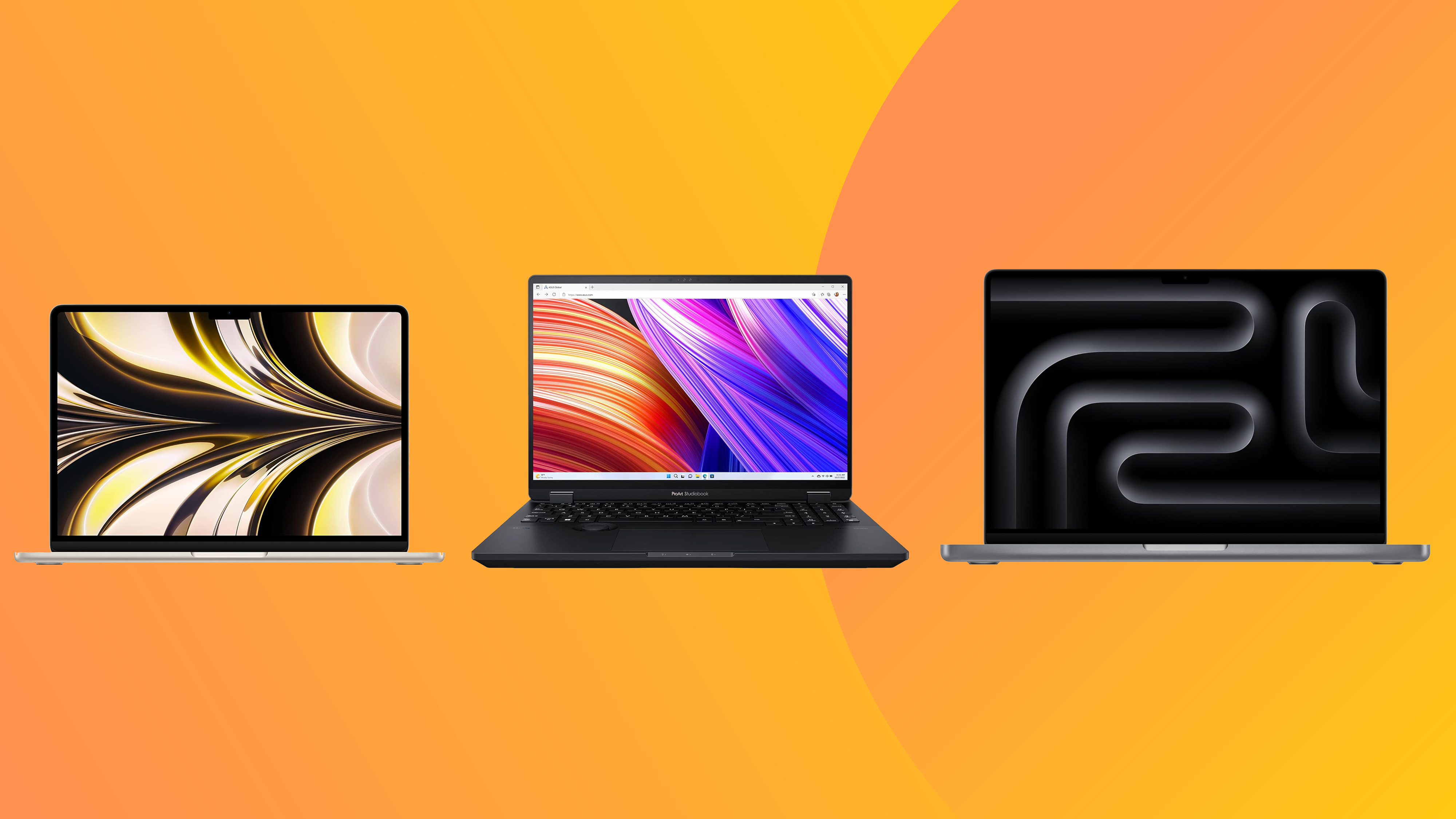
The best laptops for Photoshop need to combine powerful performance with high-quality displays to make photo editing a breeze. That’s why we asked our team to pull together this expert guide, taking into account colour accuracy, portability, and battery life.
✅ We are solely focused on what creatives need
✅ Benchmark tests based on real workflows
✅ We consult actual designers and creative pros
✅ Over 100 laptops tested over 10,000 hours in the last two years
While many laptops for photo editing seem similar on paper, even minor differences can have a big impact. Adobe is constantly updating Photoshop, so getting a future-ready machine with upgrade options means your work will keep running smoothly. All the laptops here have been tested by our team—both in lab benchmarks and real-world Photoshop sessions.
Our top overall choice is the MacBook Air M4, while the Asus Vivobook Pro 16 is your best Photoshop laptop on a budget. (Working in design? Also read the best laptops for graphic designers.)

Erlingur has personally tested and overseen the testing of more than 100 laptops, PCs and tablets over the last two and a half years. He has worked on extensive testing and benchmarking processes to ensure we are putting the laptops through tests that truly nail what creatives need to do their best graphic design work. His favourite laptop brand is ASUS because they push the envelope, and led the charge for OLED touchscreens on laptops.
Quick list
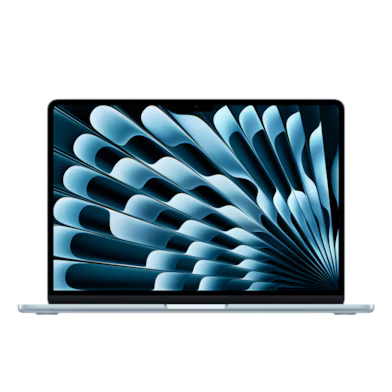
Our top pick overall comes with an M4 chip, which is significantly faster than the M3, plus the base 16GB RAM alos means better Photoshop performance.
Read more below
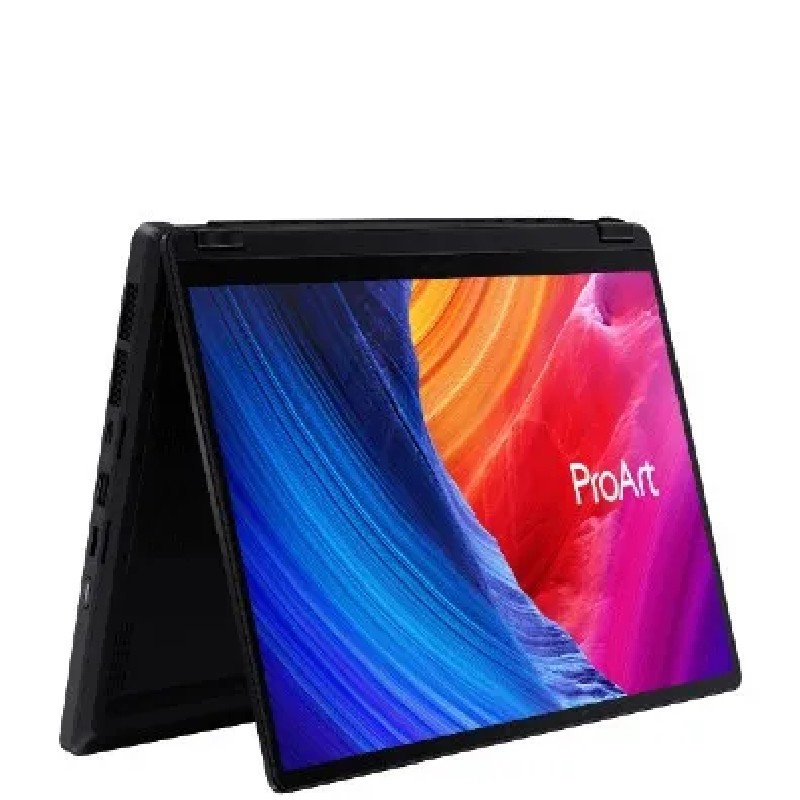
Our reviewer found this laptop could handle almost anything. This laptop has a fantastic OLED screen, clever 2-in-1 functionality, and manages to squeeze a respectable running time out of its battery.
Read more below
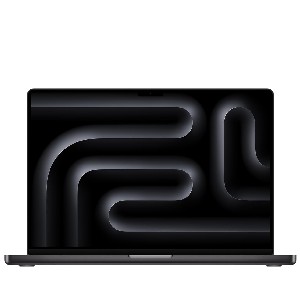
This latest MacBook builds on Apple’s tradition of excellence, offering refinements in performance, battery life, and macOS usability. Plus the Liquid Retina XDR is one of the best screens for Photoshop today.
Read more below
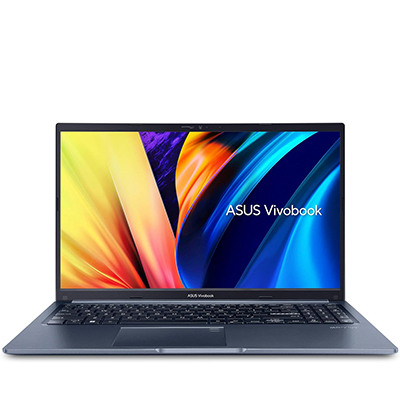
Here's the best laptop for Photoshop on a budget. The dedicated GPU provides solid performance and the screen size and colour accuracy make it a good choice for working in Photoshop.
Read more below

This thin laptop weighs just 1kg and has the most colour-accurate screen we've tested on such a small laptop, making it a great option if often you need to use Photoshop on the go.
Read more below
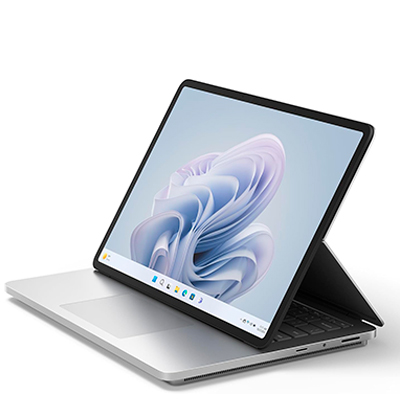
Thanks to a versatile screen that can be placed in three positions, I think this is a great option for those who want to use Photoshop with a touchscreen and direct stylus input.
Read more below
The best laptops for Photoshop in full
The best MacBook for Photoshop
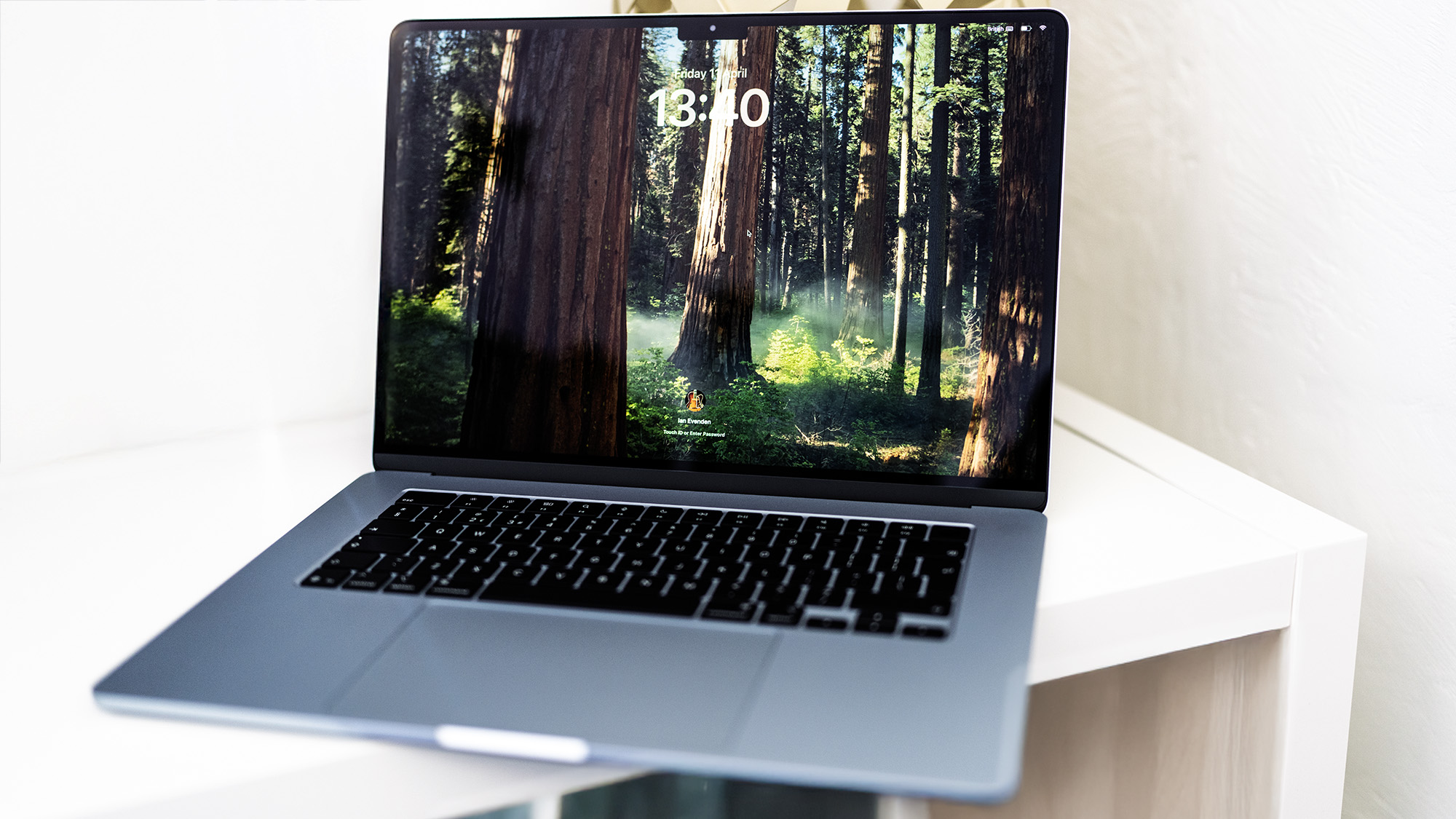
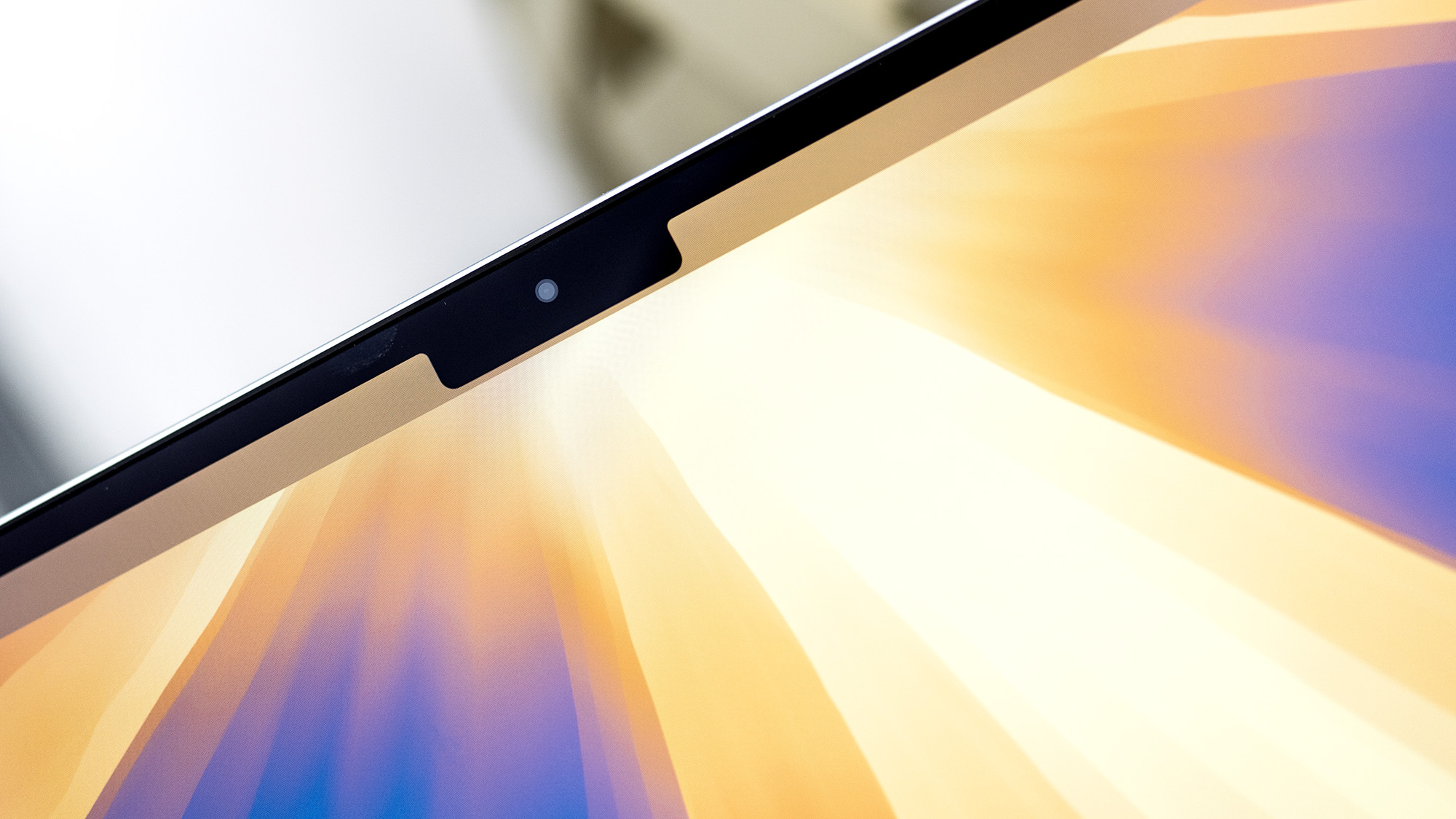
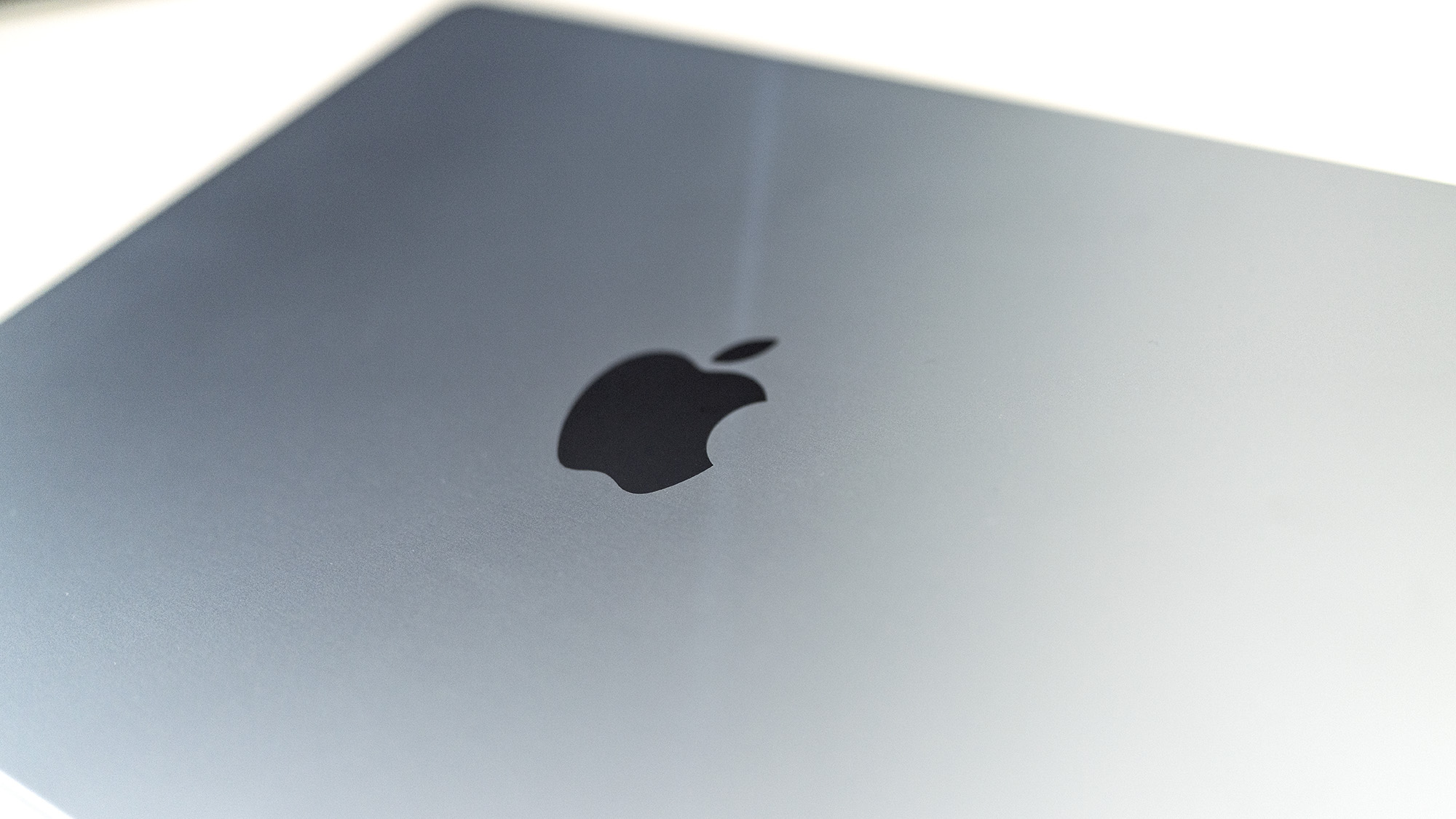
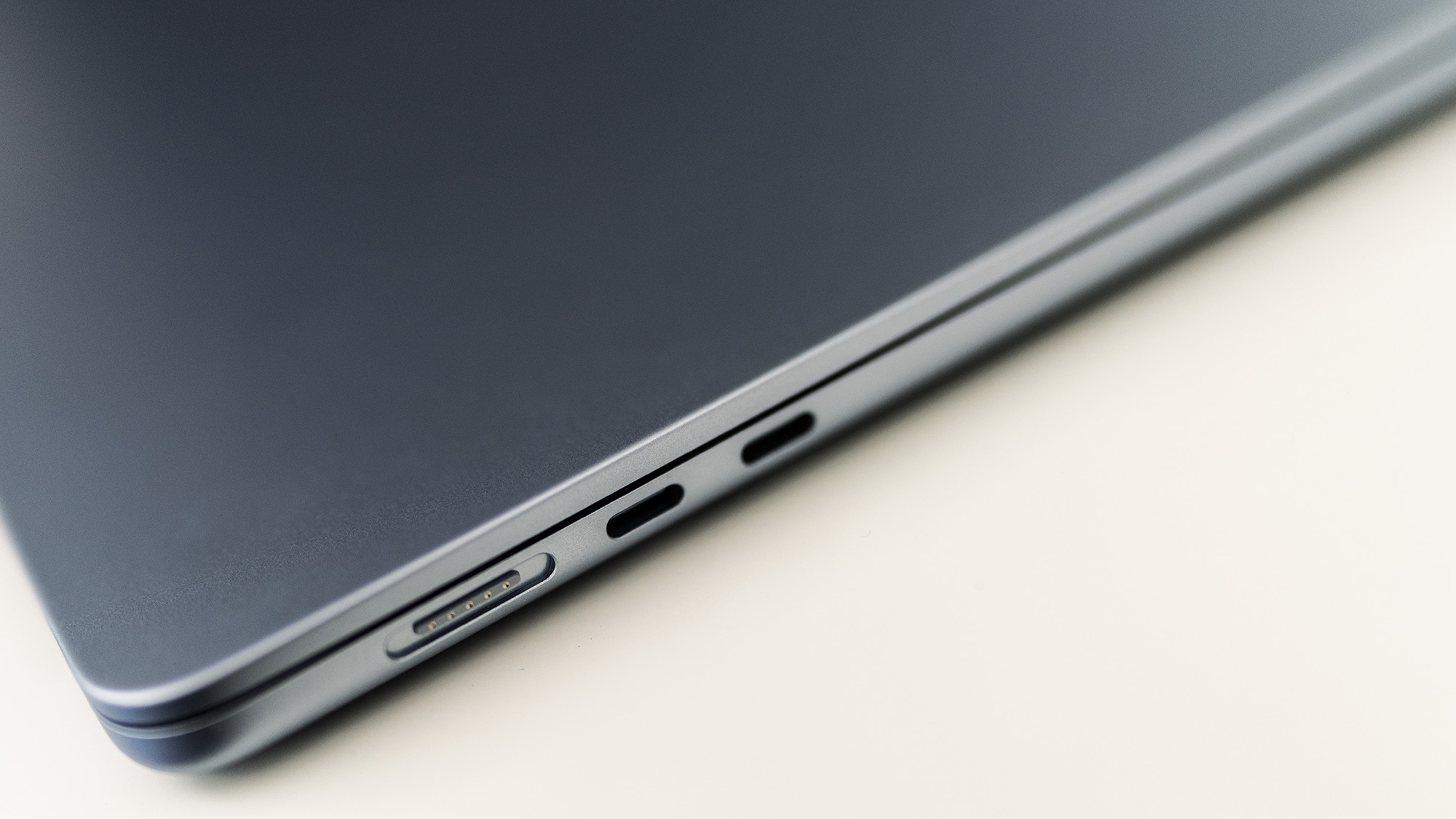
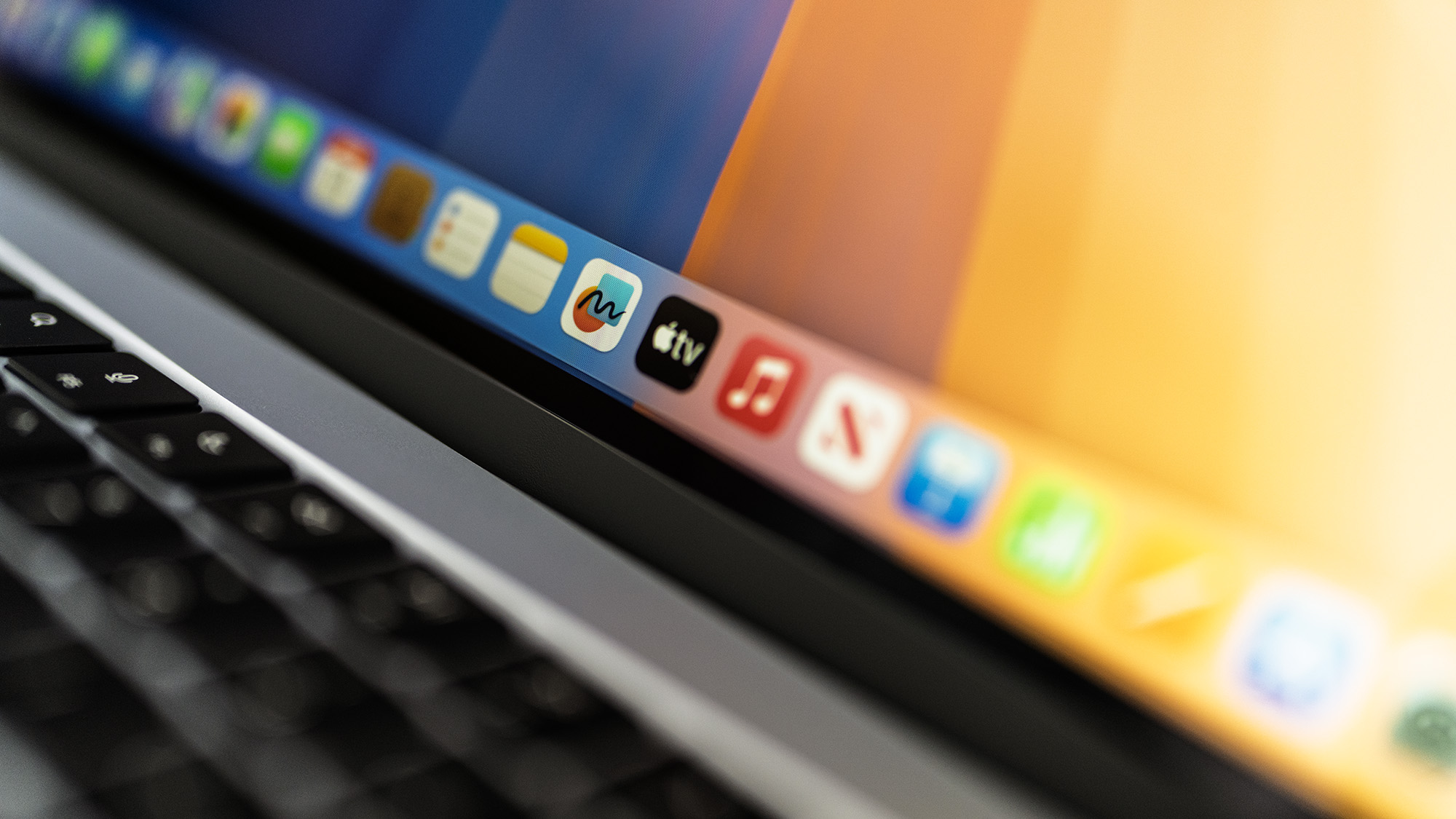
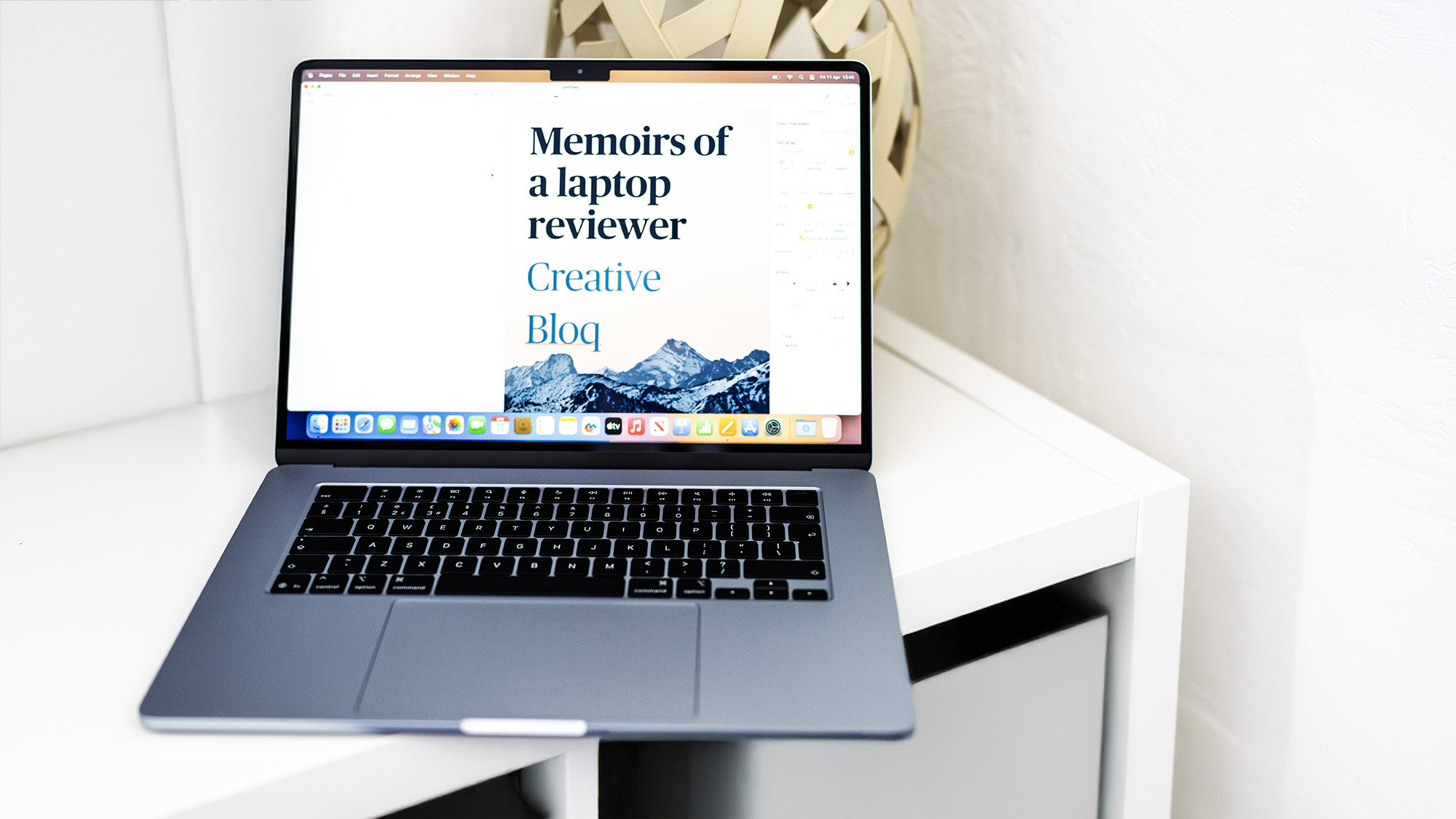
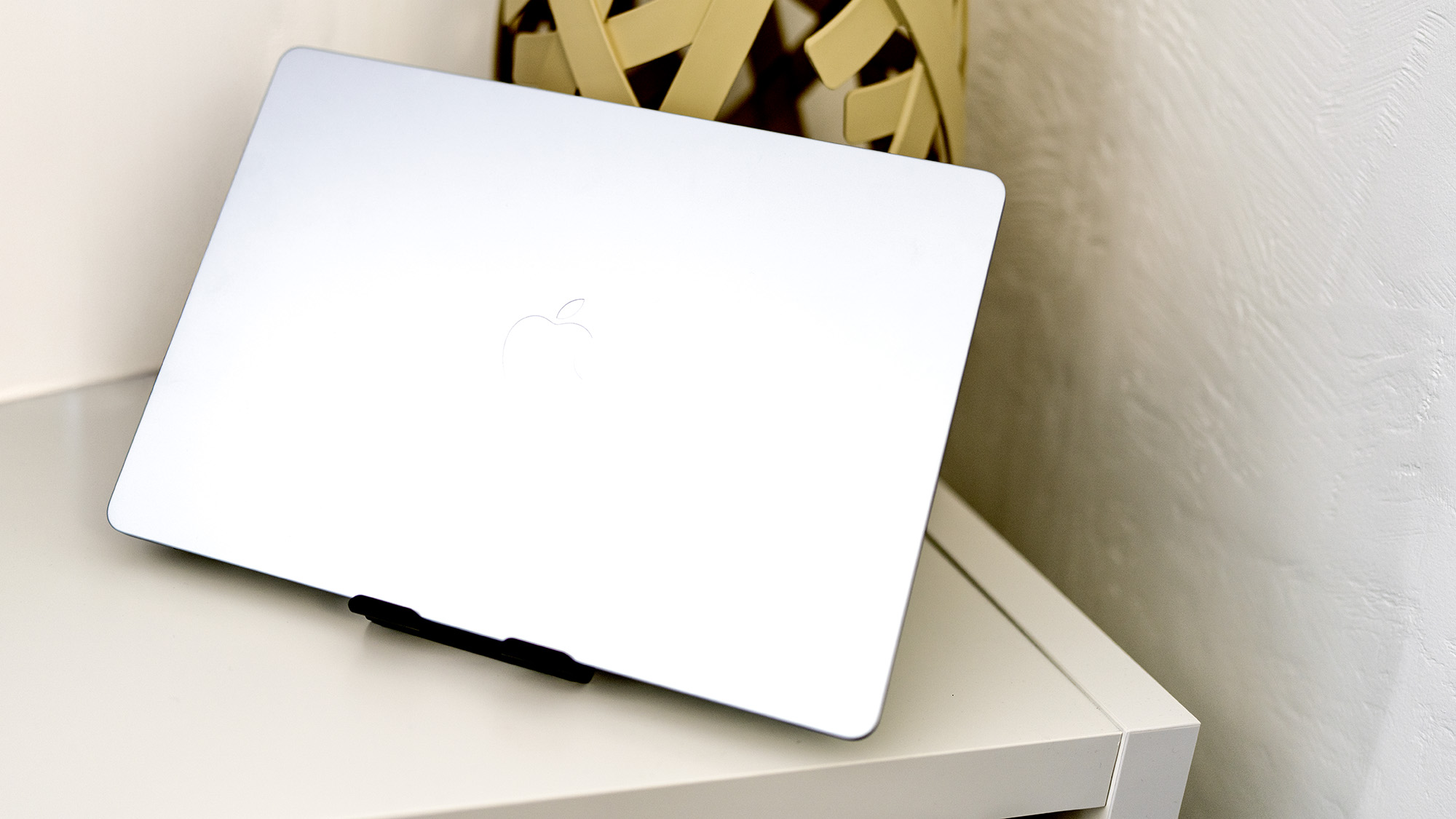
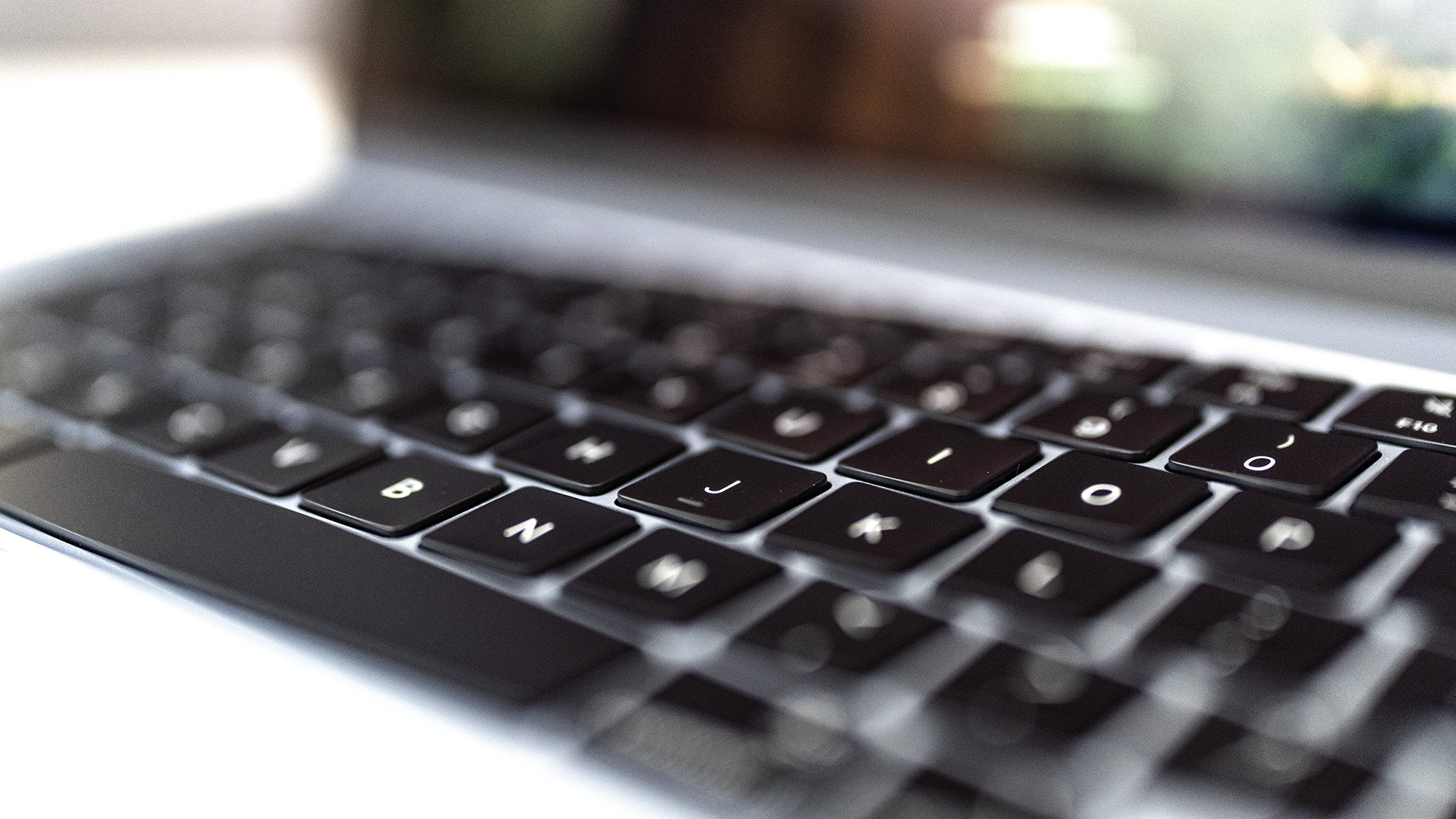
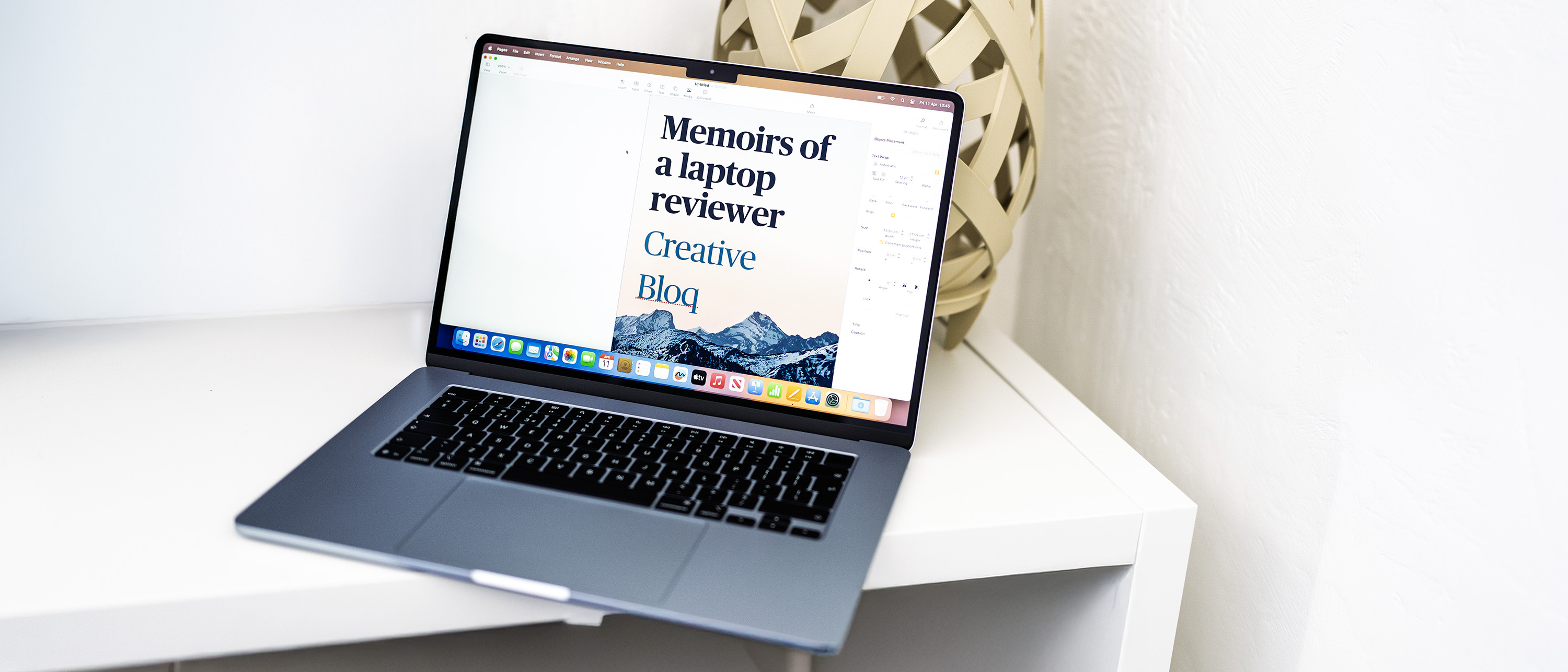
Specifications
Reasons to buy
Reasons to avoid
✅ You want future-proof power in a sleek package: The M4 chip is significantly faster than the M3, and the base 16GB RAM means better performance out of the box.
✅ You want a great screen for photo editing: The 15.3in display is large, bright, and colour-accurate—ideal for creative work in Photoshop.
✅ You want Apple’s best lightweight laptop: For many creatives, the new Air is the perfect sweet spot between portability, price, and performance.
❌ You need more than two USB-C ports: You’ll still need adapters or a hub for legacy peripherals and multiple screen setups.
❌ You want a Mac with fans for sustained heavy lifting: Passive cooling works well, but the Pro models are better suited to long rendering sessions.
❌ You were hoping Apple would finally add a touchscreen: Sorry, still no love for touch input here.
🔎 Apple MacBook Air 15 (M4) keeps everything we loved about the M3 model and cranks it up a notch—more power, better multitasking, same sleek design. Now with support for dual external displays and a slightly lower starting price, it’s hard to beat for Photoshop on macOS. ★★★★½
What you need to know:
The Apple MacBook Air M4 15in (2025) brings modest-but-meaningful upgrades to what was already our top pick for Photoshop. The design hasn’t changed much—still thin, still gorgeous—but under the hood it’s had a serious power-up, thanks to the M4 chip, a new Neural Engine, and 16GB of RAM as standard. And yes, the battery life is still brilliant.
Design and build: The Air’s sleek aluminium shell hasn’t changed, though there's a new silver shade that's more ‘moonlit steel’ than the old space grey. It’s just 11mm thick, fanless, and solid as a rock. There are a couple of small oddities (hello, off-centre fingerprint button), but overall it's still the best-built ultralight on the market.
Performance: This is where the M4 really shines. The 10-core CPU and GPU combo comfortably chews through Photoshop workflows, including neural filters, large RAW files, and AI-powered edits. The base 16GB RAM makes multitasking feel snappy, and with support for two external displays, it’s now more flexible than ever. Our benchmarks tests back this up: Photoshop scores (via PugetBench) show a decent uplift on the M3, and the Air is now only a whisker behind the entry-level MacBook Pro M4 in performance. If your work doesn’t involve heavy 3D rendering or 8K video editing, this MacBook Air has all the power you need.
Display: The 15.3in Liquid Retina display is a highlight—Apple claims 500 nits brightness and 100% P3 colour coverage, and in our testing it actually exceeded both. If you're editing photos in Photoshop, this screen won’t let you down. It’s not HDR or 120Hz, but for photo editing, that’s rarely a dealbreaker.
Pricing: Surprisingly, the M4 model comes with a slight price drop. Starting at £1,199 (compared to £1,249 for the M3), it’s excellent value—especially when you consider it now comes with 16GB of memory as standard. The tested 1TB version is pricier (£1,599), but it's still less than a similarly specced Pro.
Read more: Apple MacBook Air M4 (2025) review
Attributes | Notes | Rating |
|---|---|---|
Design and build | Still the gold standard for light laptops | ★★★★★ |
Performance | Handles Photoshop beautifully. | ★★★★½ |
Display | Bright, colour-accurate, and spacious | ★★★★½ |
Pricing | Pricey, but solid value | ★★★★ |
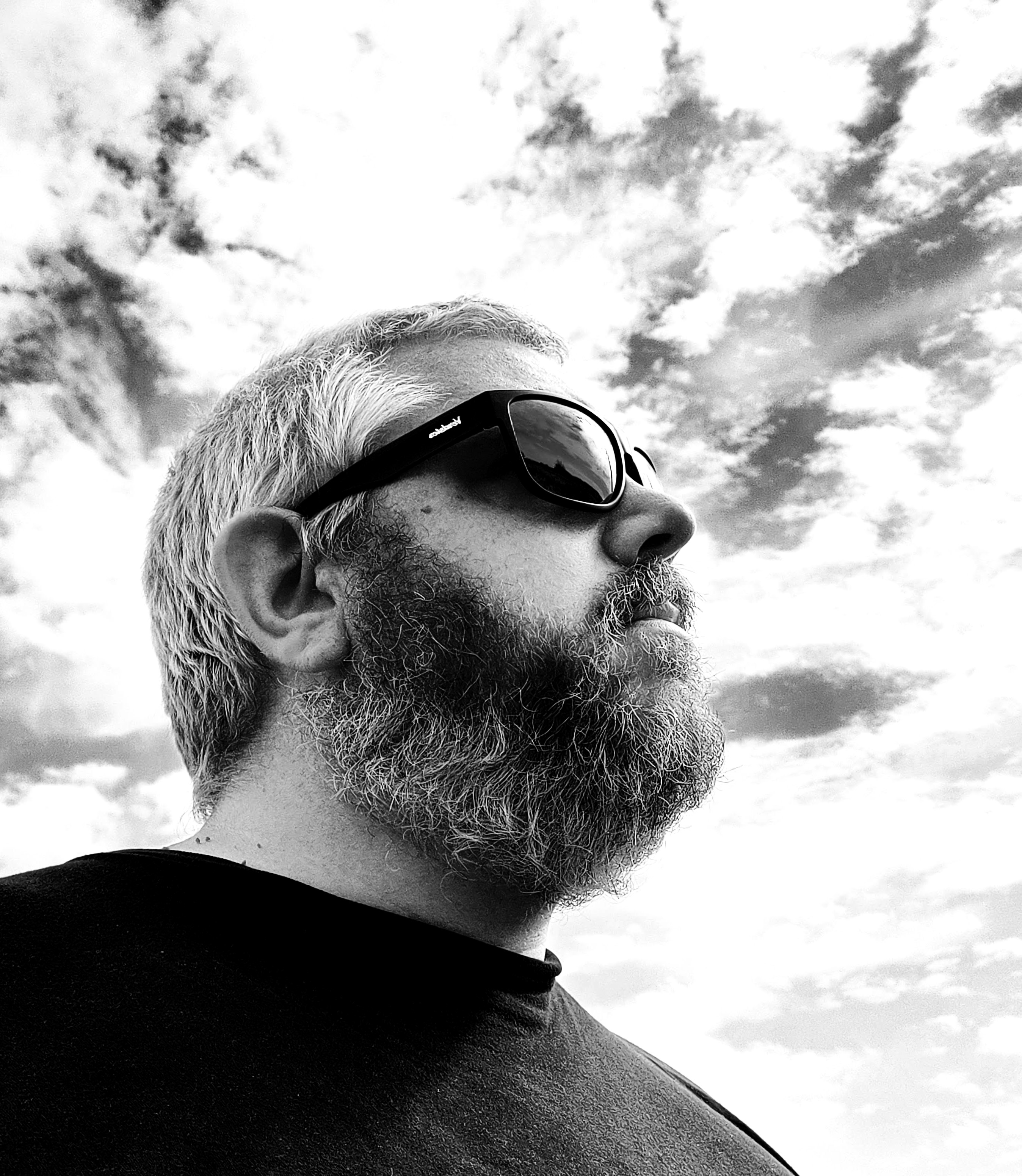
"The Air is ideal for the travelling photographer or 2D designer, the presenter of pitches or the coffee shop-based writer. It’s highly portable, yet also immensely capable, and should do sterling work for anyone."
Best Windows laptop for Photoshop
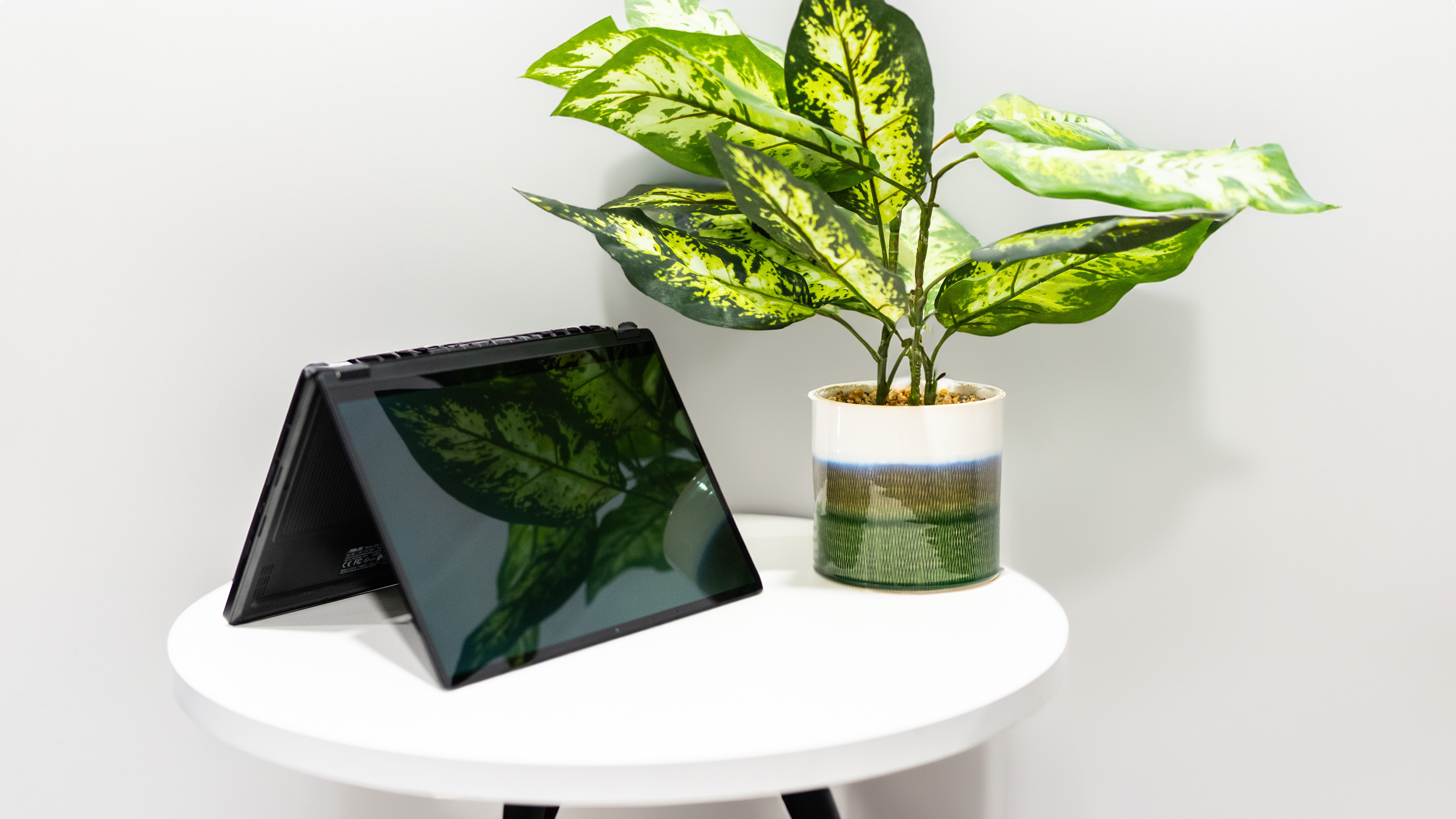
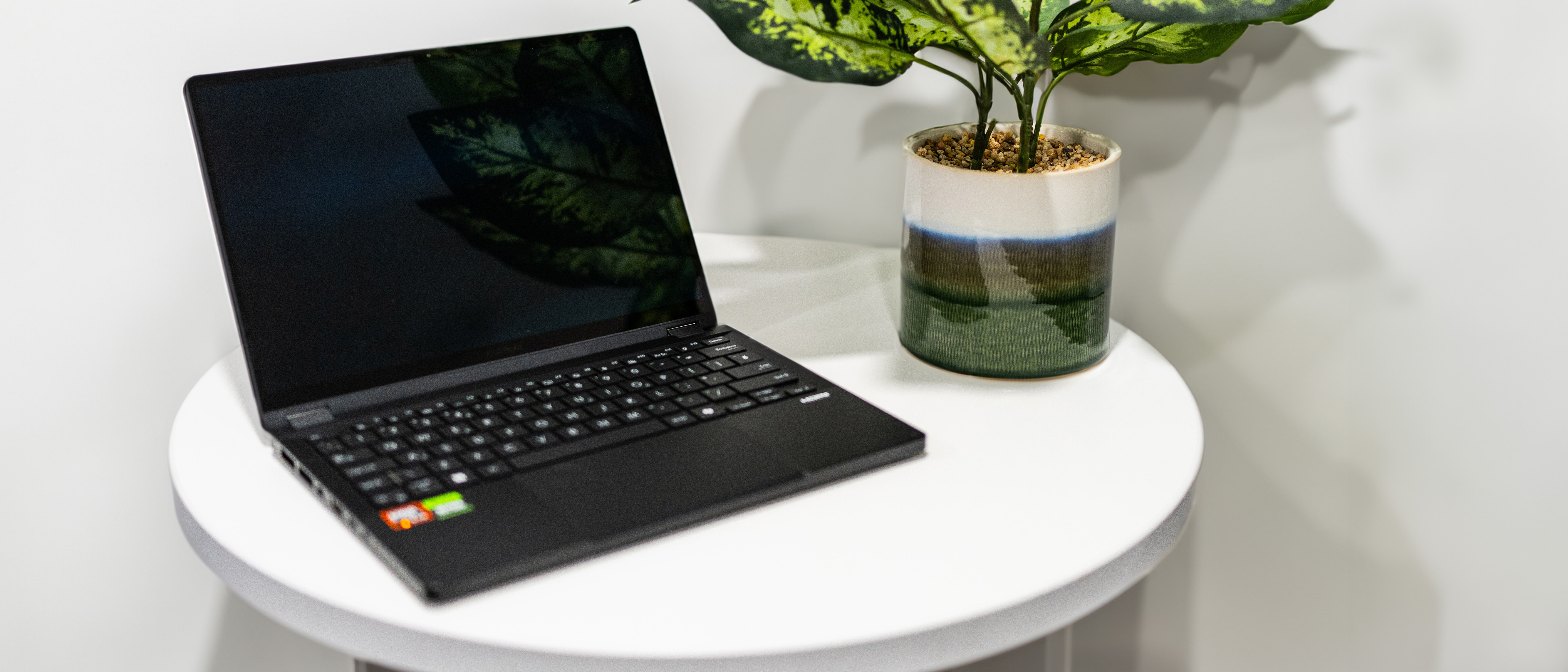
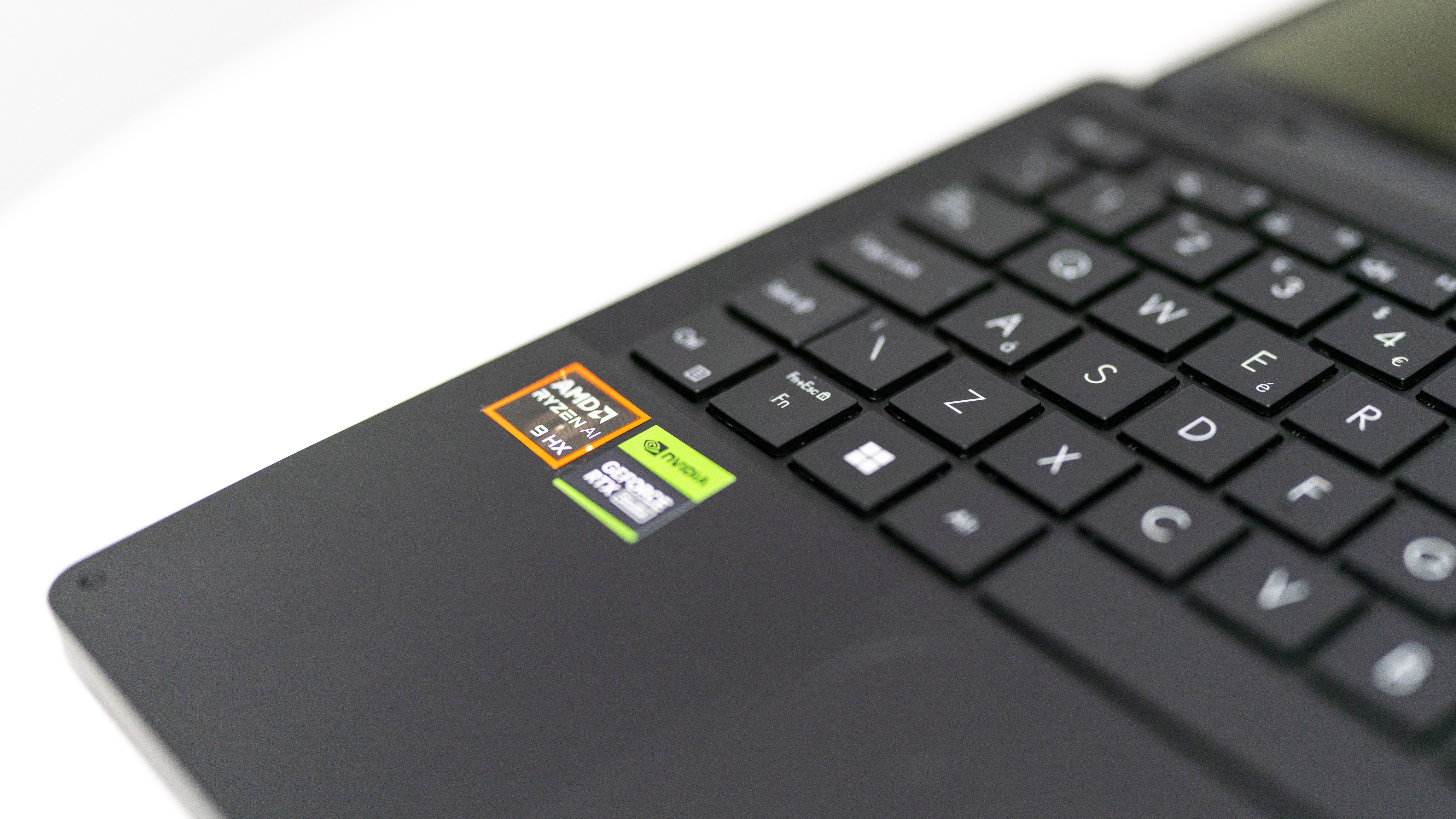
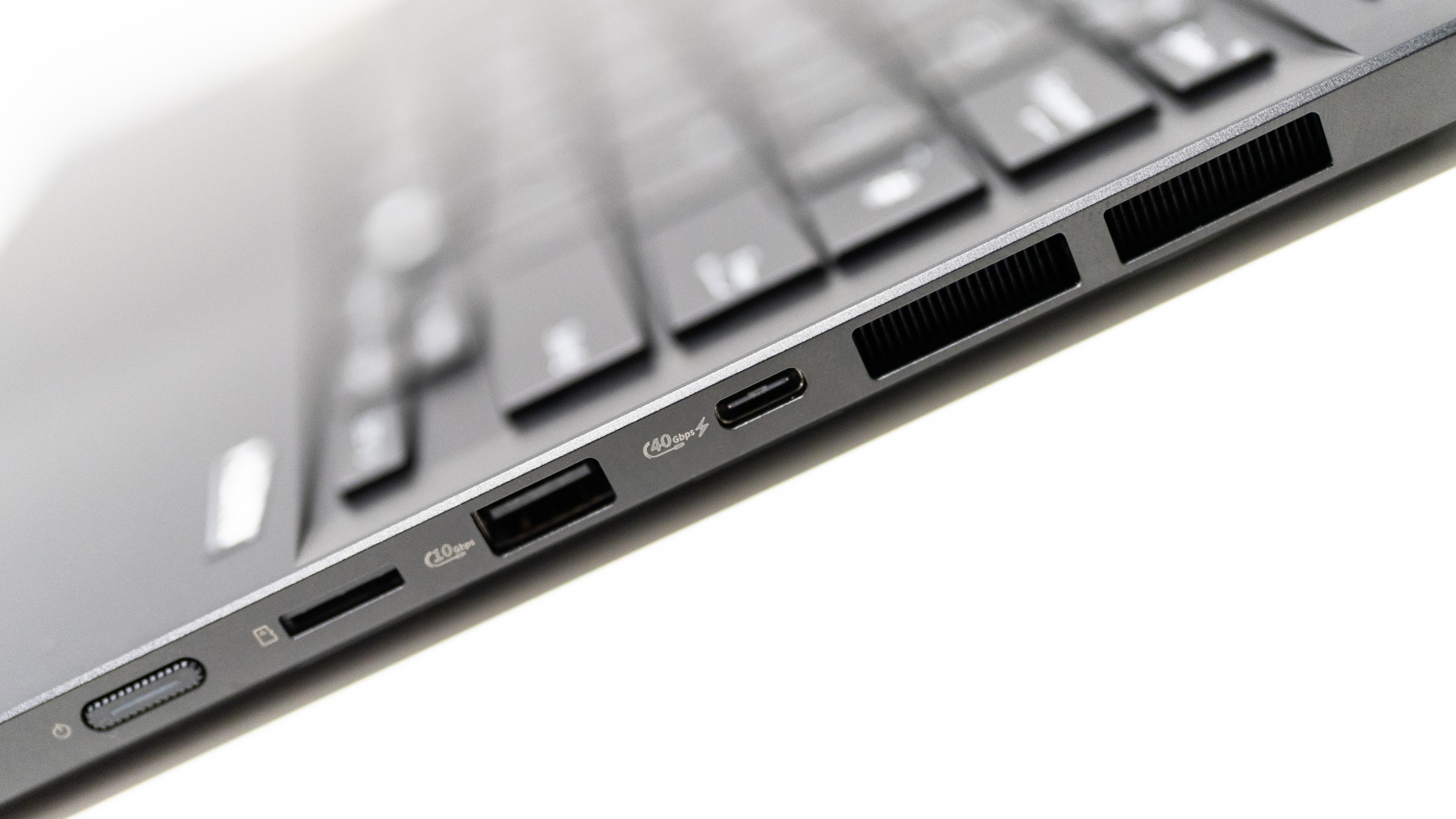
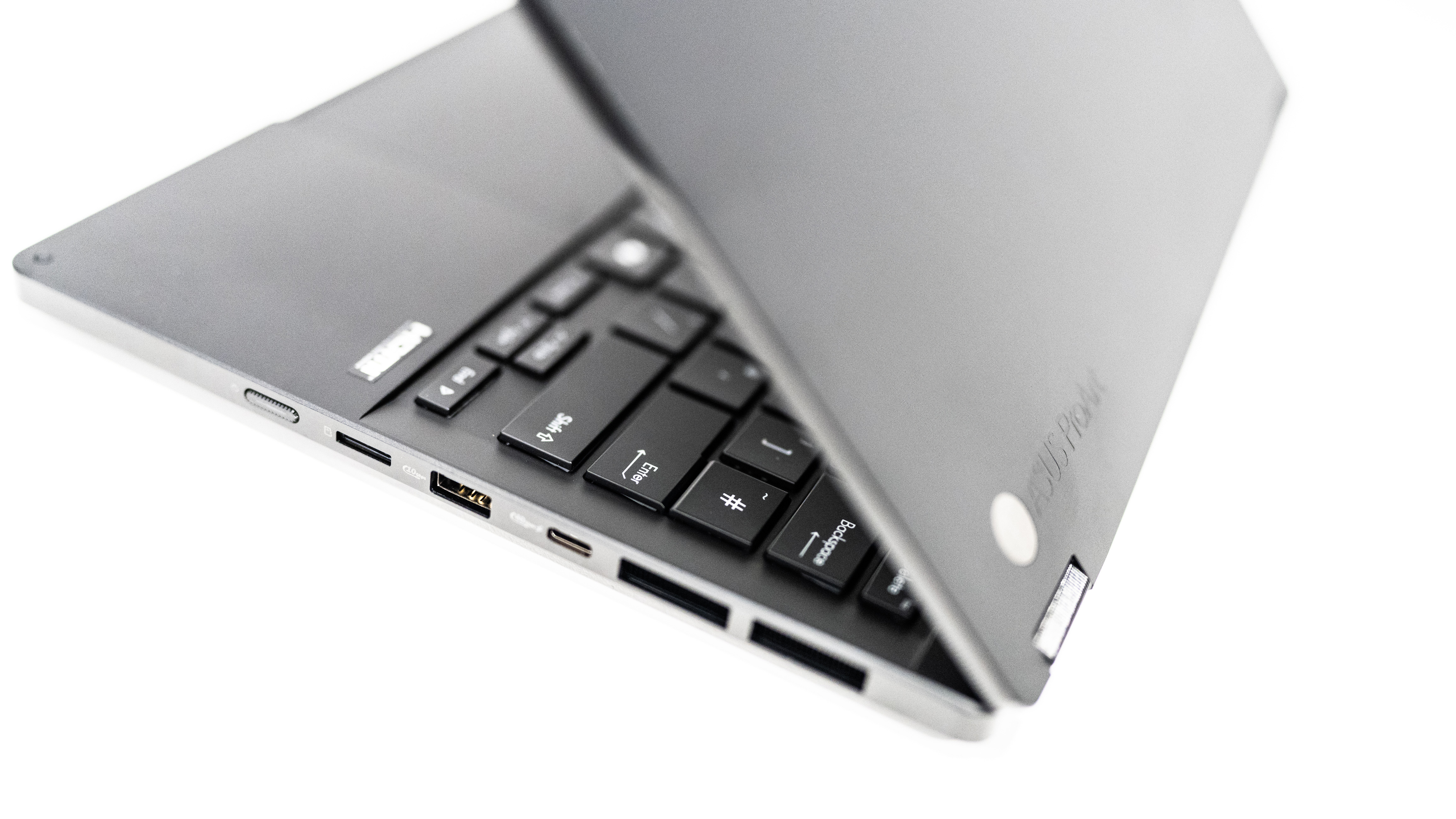
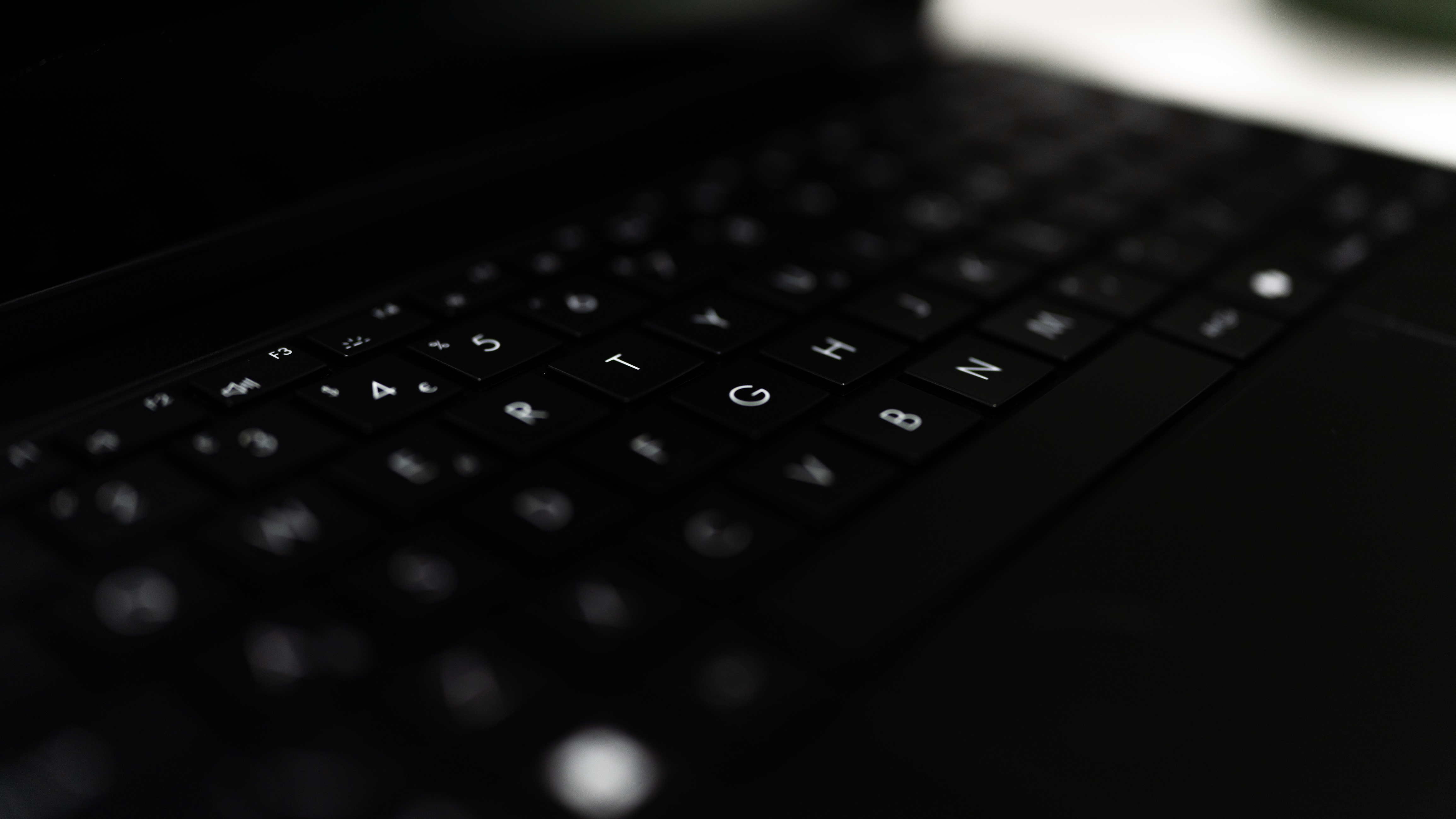
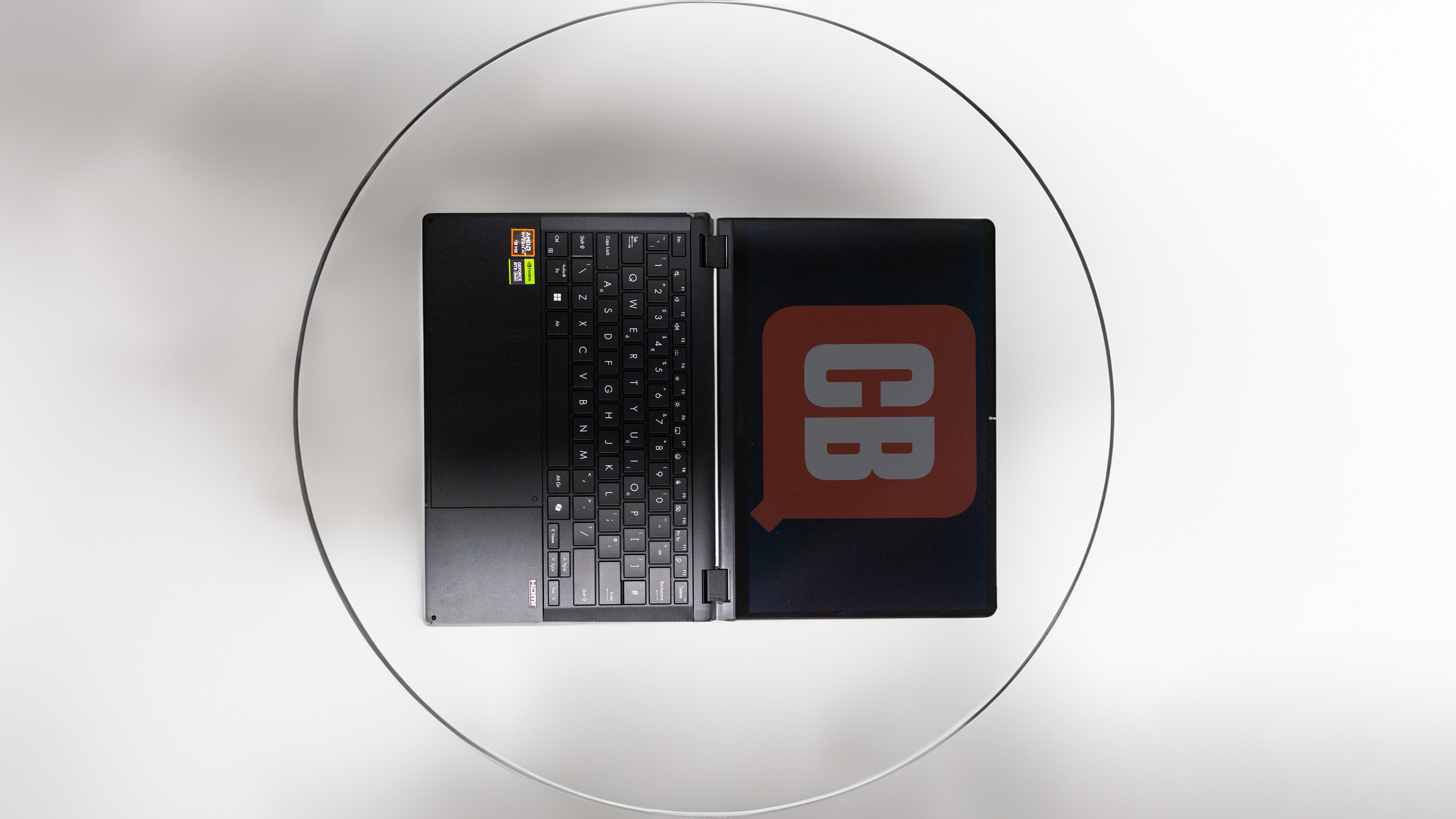
Specifications
Reasons to buy
Reasons to avoid
✅ You want a versatile laptop for Photoshop and more: The 2-in-1 design and powerful specs make it great for various creative tasks.
✅ You're interested in AI-enhanced workflows: The AMD Ryzen AI processor with NPU is ready for the latest AI features in creative apps.
✅ You value portability: At just 1.38kg with a 13.3-inch screen, it's more travel-friendly than many creative powerhouses.
❌ You're on a tight budget: This high-end machine comes with a premium price tag.
❌ You need all-day battery life: Our reviewer found the battery life to be shorter than expected.
❌ You prefer a larger screen for detailed work: The 13.3-inch display, while excellent, might feel cramped for some users.
🔎 The ASUS ProArt PX13 packs serious power into a compact, versatile package. It's an excellent choice for Photoshop users who need portability and the flexibility of a 2-in-1 design, but be prepared for the premium price. ★★★★½
What you need to know: The ASUS ProArt PX13 is a compact powerhouse that brings together high performance and versatility in a 13.3-inch package. Our reviewer found it to be an impressive machine for Photoshop, thanks to its powerful specs and thoughtful design features.
Design and build: Despite its small size, the ProArt PX13 feels solidly built. The 2-in-1 design allows it to transform from a laptop to a tablet, making it versatile for different types of creative work. The included stylus enhances its usefulness for digital artists. Our reviewer noted that the ASUS Dial on the trackpad, while not as refined as physical dials on other models, is a welcome addition for adjusting brush sizes and other parameters in creative apps.
Performance: Equipped with AMD's latest Ryzen AI 9 processor and an NVIDIA RTX 4070 GPU, the ProArt PX13 handles Photoshop tasks with ease. The dedicated NPU (Neural Processing Unit) makes it ready for AI-enhanced features in creative applications. Our reviewer found its performance comparable to, and sometimes exceeding, laptops with high-end Intel processors.
Display: The 13.3-inch OLED touchscreen offers excellent color accuracy and coverage, with our reviewer measuring 100% sRGB, 96% Adobe RGB, and 97% P3 color gamuts. The 2880 x 1800 resolution ensures sharp image quality. However, the 60Hz refresh rate might disappoint those used to smoother displays; in which case, you may prefer the MacBook Pro 16-inch (M4, 2024) which offers 120Hz.
Pricing: At around $1,999 / £1,999, this is a premium device. However, its combination of power, portability, and versatility may justify the cost for professionals.
Read more: Asus ProArt Studiobook OLED (H7604) review
Attributes | Notes | Rating |
|---|---|---|
Design and build | Compact, versatile 2-in-1 design | ★★★★½ |
Performance | Excellent performance for creative tasks | ★★★★★ |
Display | OLED touchscreen with great color accuracy | ★★★★½ |
Pricing | Premium price, but justified by the specs | ★★★★ |

"ASUS ProArt PX13 is well built, comes with some of the latest chips for some excellent performance, has a fantastic OLED screen, clever 2-in-1 functionality, and manages to squeeze a respectable running time out of its battery."
Best powerful laptop for Photoshop
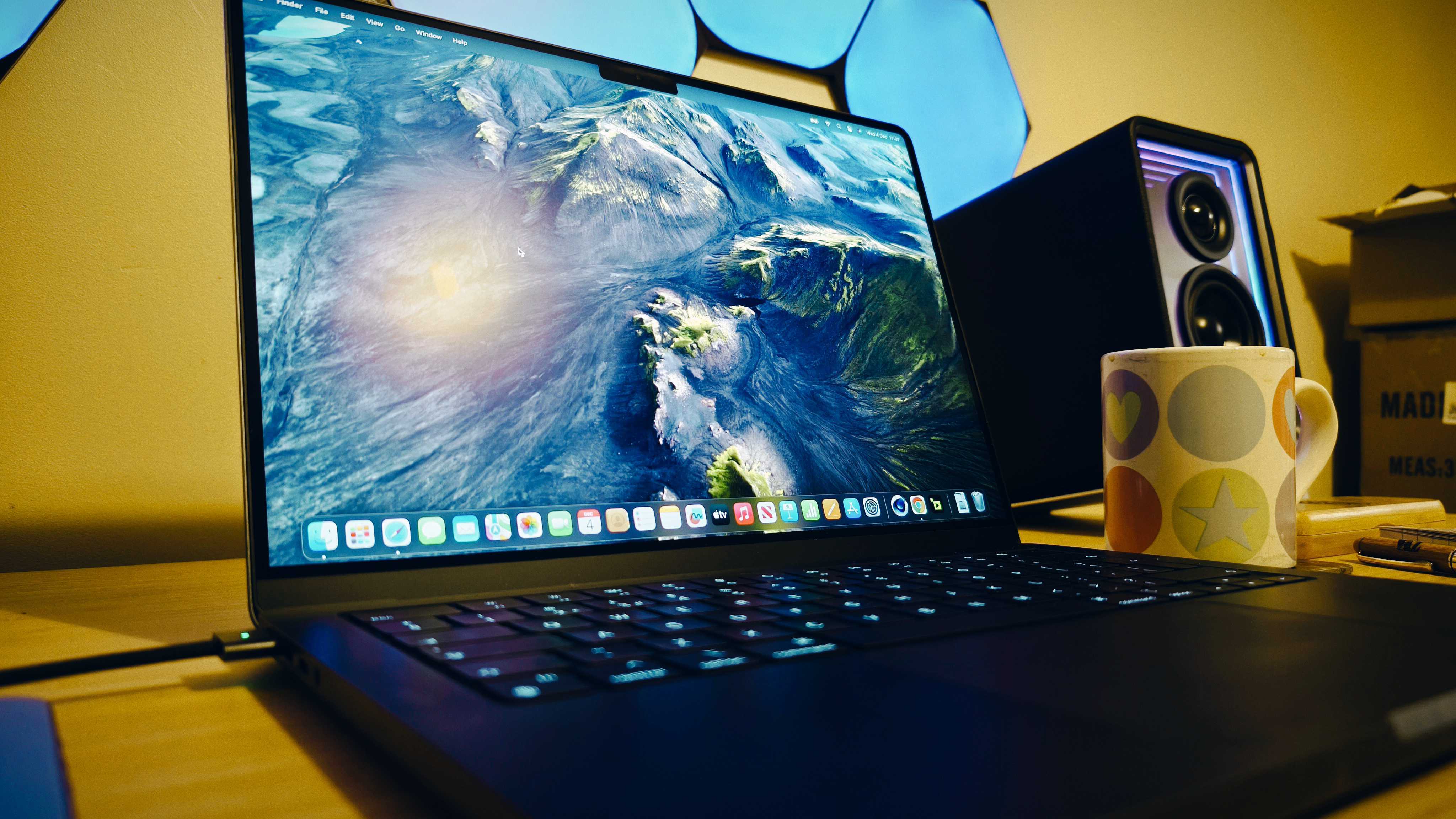
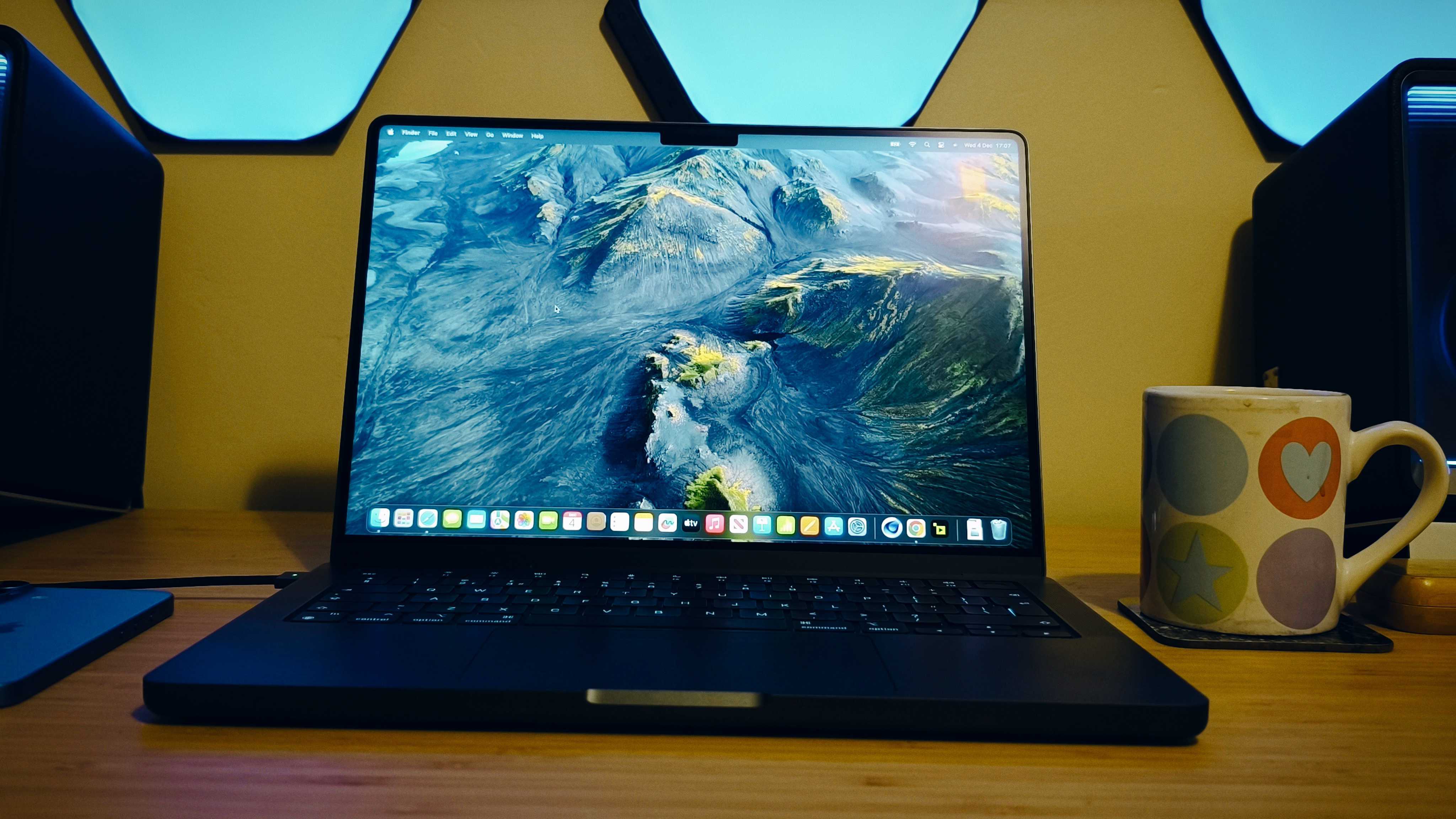
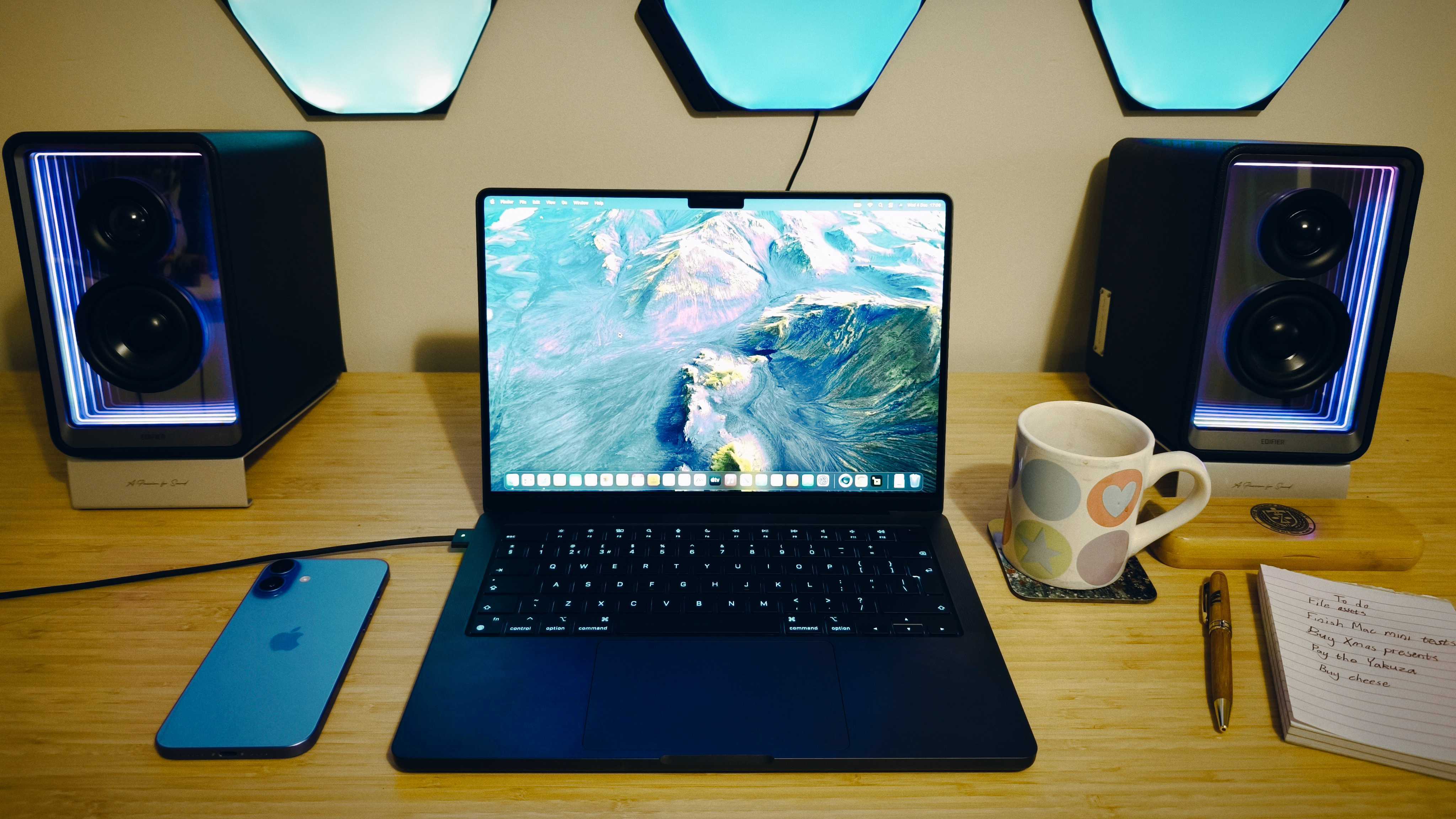
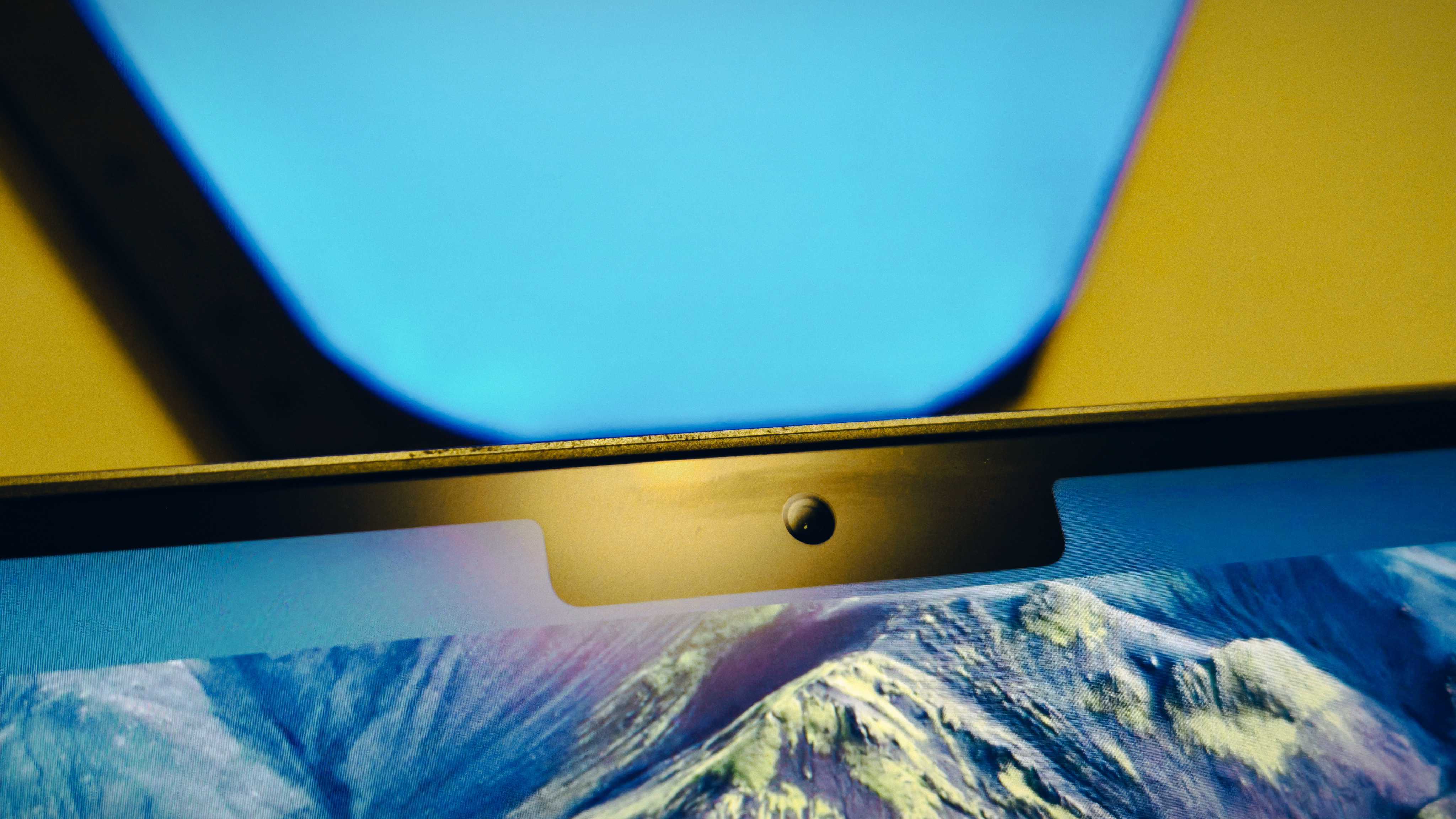
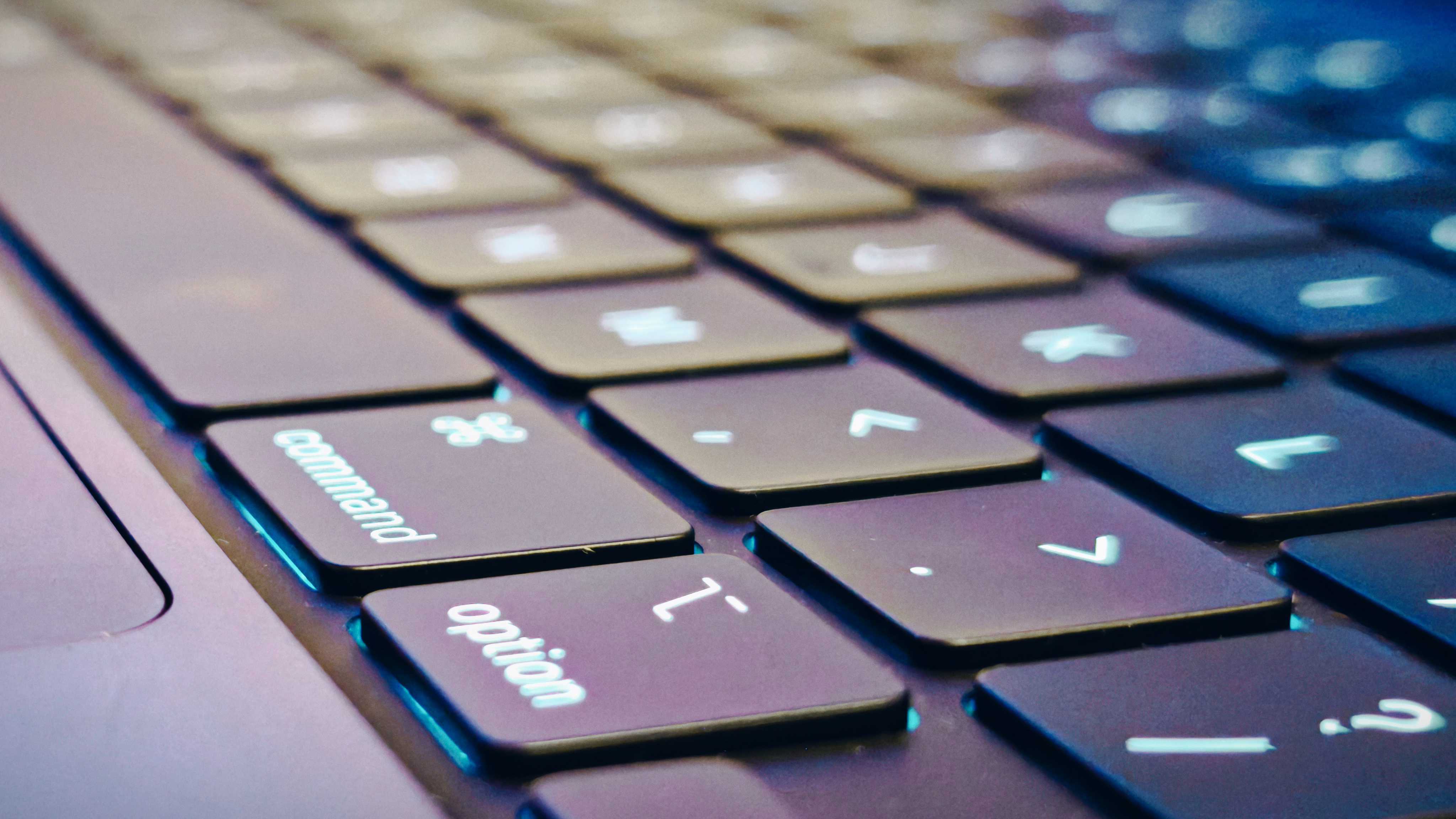
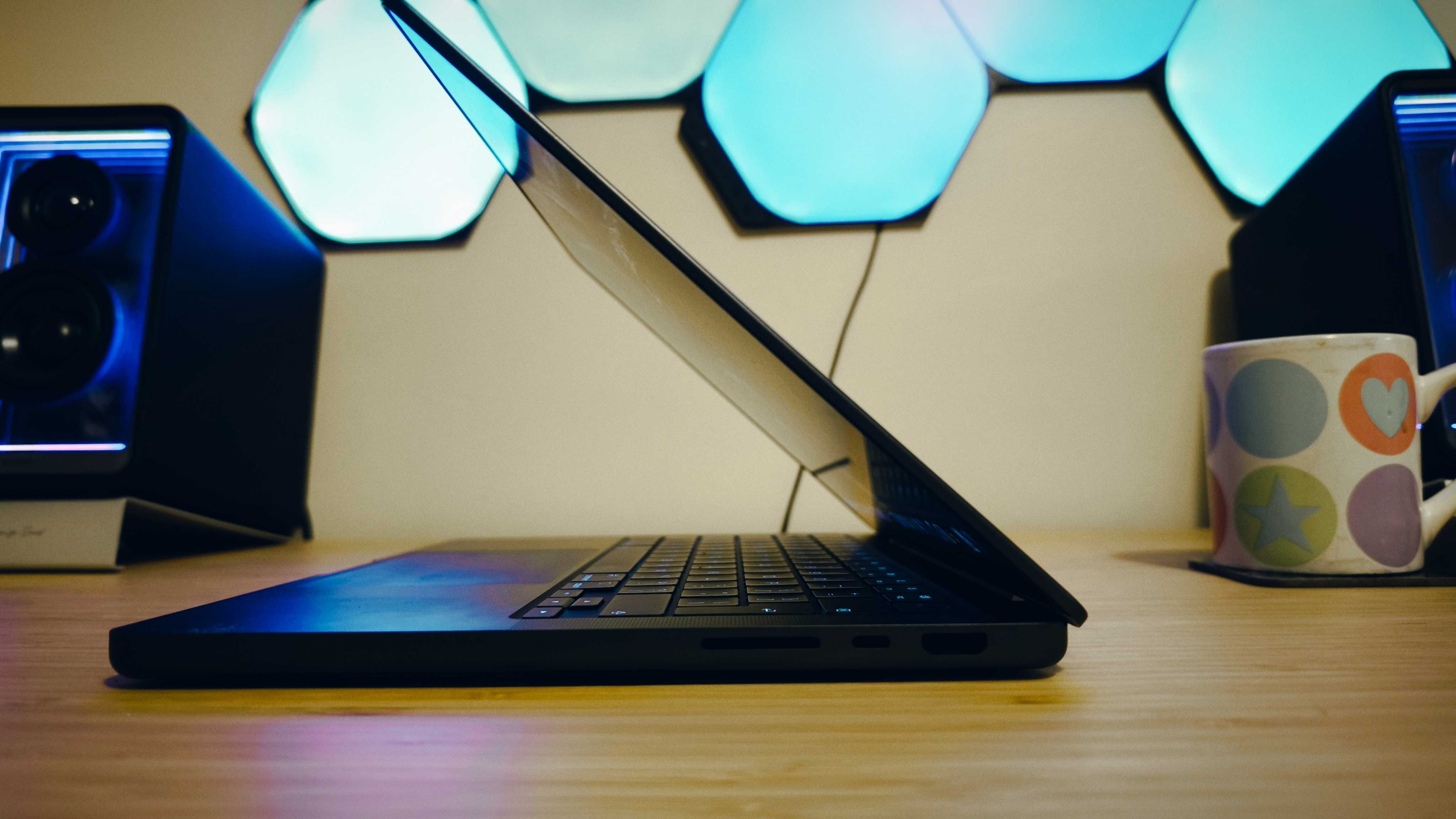
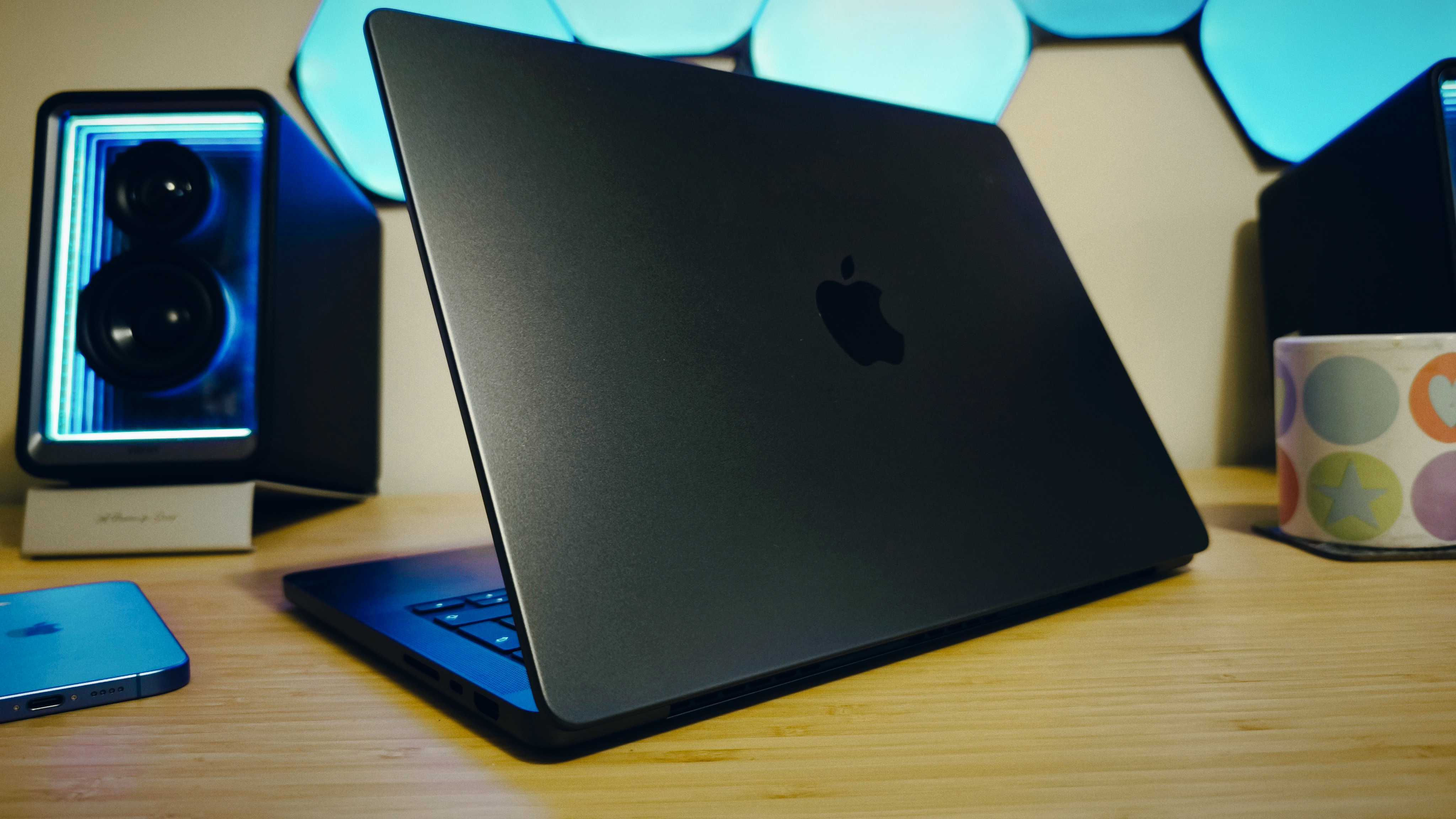
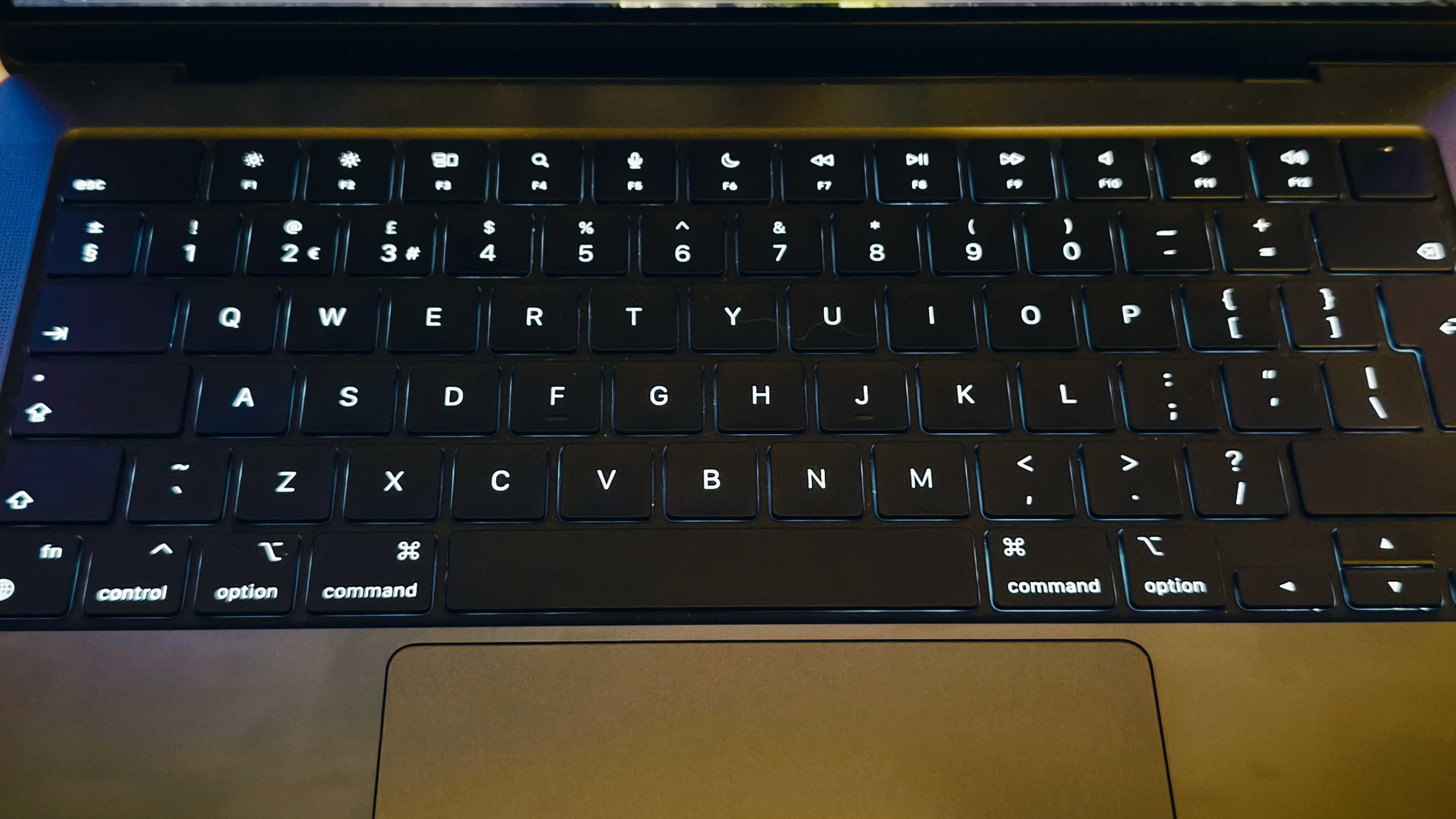
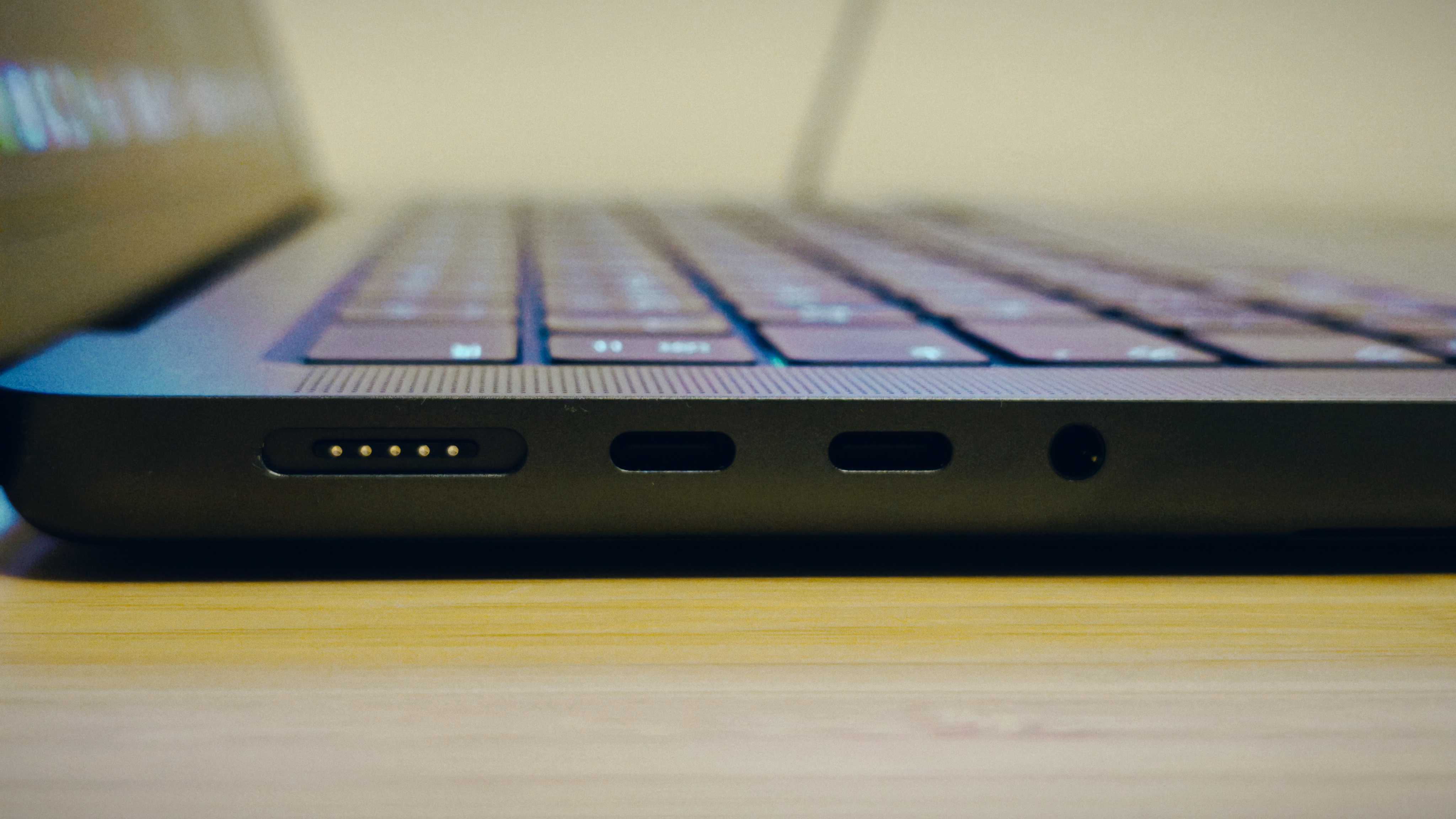
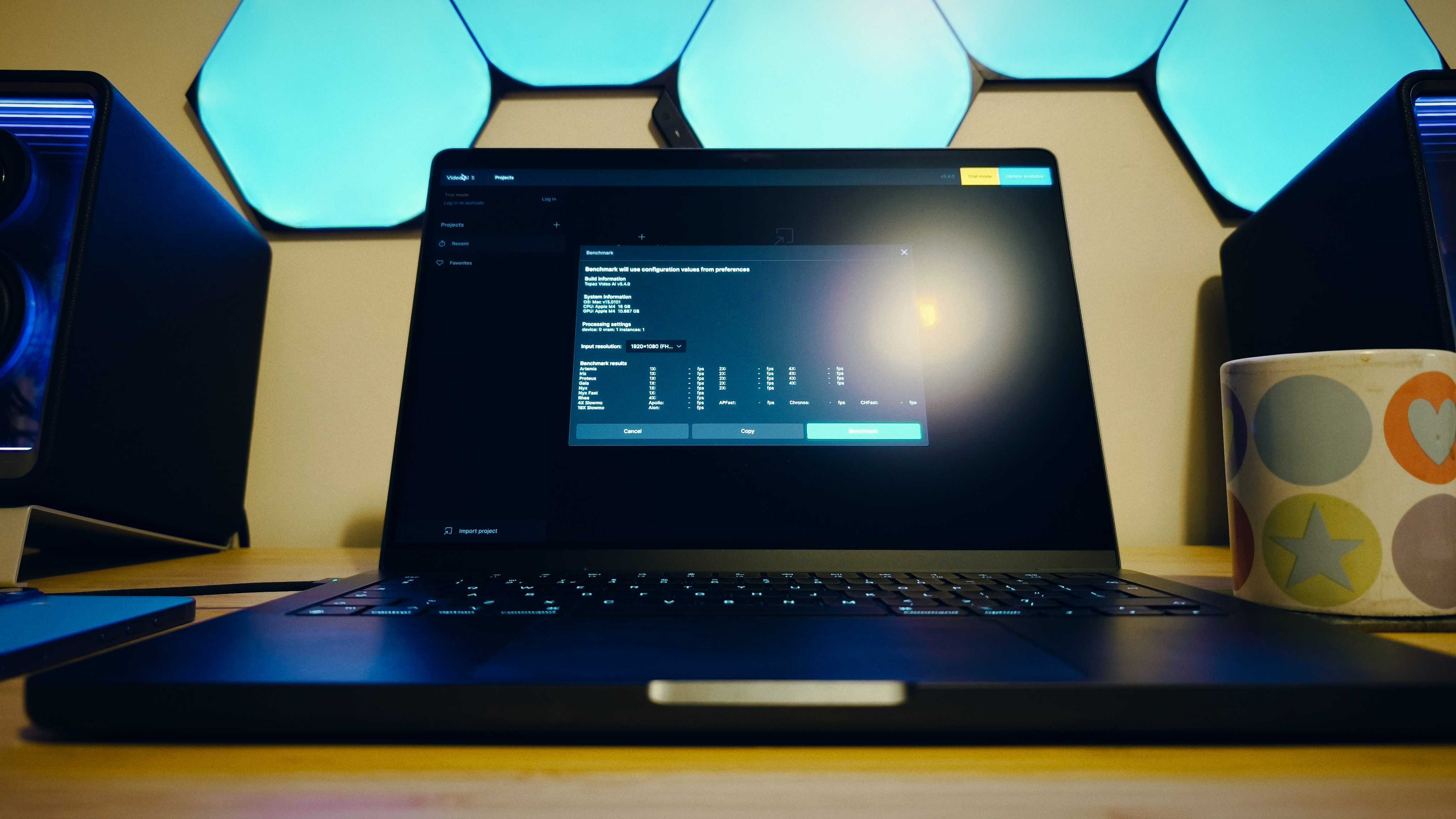
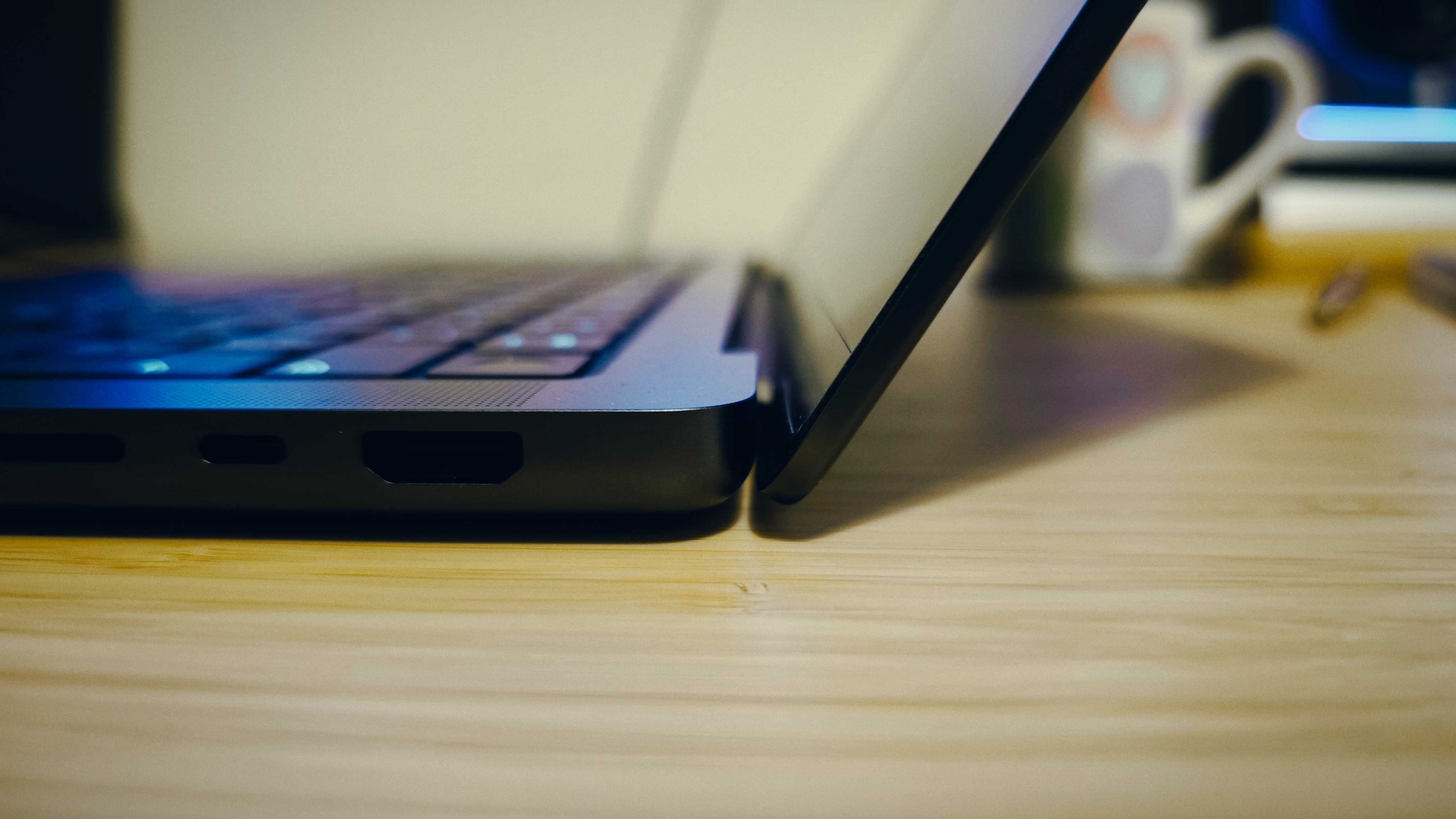
Specifications
Reasons to buy
Reasons to avoid
✅ You need an incredible display: The Liquid Retina XDR is one of the best screens for photo editing.
✅ You want all-day battery life: The M4 chip delivers phenomenal power efficiency.
✅ You prefer Apple’s ecosystem: You'll get seamless integration with macOS and other Apple devices, including new AI-driven features.
❌ You need strong GPU performance for 3D work: The base M4 chip lacks the graphical muscle needed for demanding animation or rendering workflows.
❌ You’re on a budget: It’s an expensive option compared to alternatives with similar specs.
🔎 MacBook Pro 16-inch (M4, 2024) is an exceptional laptop for Photoshop, offering excellent display quality, battery life, and a smooth experience within the Apple ecosystem. ★★★★
What you need to know: The MacBook Pro (M4, 2024) builds on Apple’s tradition of excellence in creative tools, offering refinements in display technology, battery life, and macOS usability. It’s ideal for static image work, though its graphical capabilities may disappoint creatives requiring heavy 3D rendering; if that applies to you, it may be worth spending extra on the MacBook Pro (M4 Pro, 2024) instead.
Design and build: Apple’s hallmark design and build quality are both evident in the latest MacBook Pro. The matte Space Black finish is stunning and resistant to smudges, while the robust aluminum chassis exudes durability. It weighs 2.2kg—slightly heavier than its predecessor—but remains portable for its size.
Performance: Our reviewer found that the M4 chip delivers exceptional CPU performance, with single-core scores leading its class. That means multitasking in Photoshop, running multiple plugins and handling large files is smooth, fast and effortless. As for battery, MacBook Pro impressed with nearly 22 hours of use on a single charge, making it one of the longest-lasting laptops in its class. That said, GPU tasks like 3D modelling revealed the limitations of the base M4 chip.
Display: We love this MacBook's Liquid Retina XDR display, which shines with HDR capabilities, 1,000,000:1 contrast ratio, and peak brightness of 1,600 nits. Its 120Hz ProMotion technology ensures a smooth editing experience, while colour accuracy (110% sRGB) makes it a top choice for Photoshop.
Pricing: Starting at $2,499, the MacBook Pro 16 (M4) is a significant investment. While Photoshop users will appreciate its screen and build, those focusing on GPU-intensive workflows might find better value in upgraded configurations or alternative laptops.
Read more: MacBook Pro 16-inch (M4, 2024) review
Attributes | Notes | Rating |
|---|---|---|
Design and build | Solid, premium, and aesthetically pleasing | ★★★★★ |
Performance | Great for CPU-heavy tasks, GPU underwhelms | ★★★★ |
Display | Stunning display, perfect for photo editing | ★★★★★ |
Pricing | High cost for limited GPU performance | ★★★★ |

"The Apple MacBook Pro (M4, 2024) is incredibly well built, packing a beautiful display and a bunch of ease-of-use features for anyone, but 3D and moving-image processing is disappointing, so if you work with 3D, heavy graphic design or video rendering, you need to step up to the M4 Pro or Max chips."
The best value laptop for Photoshop
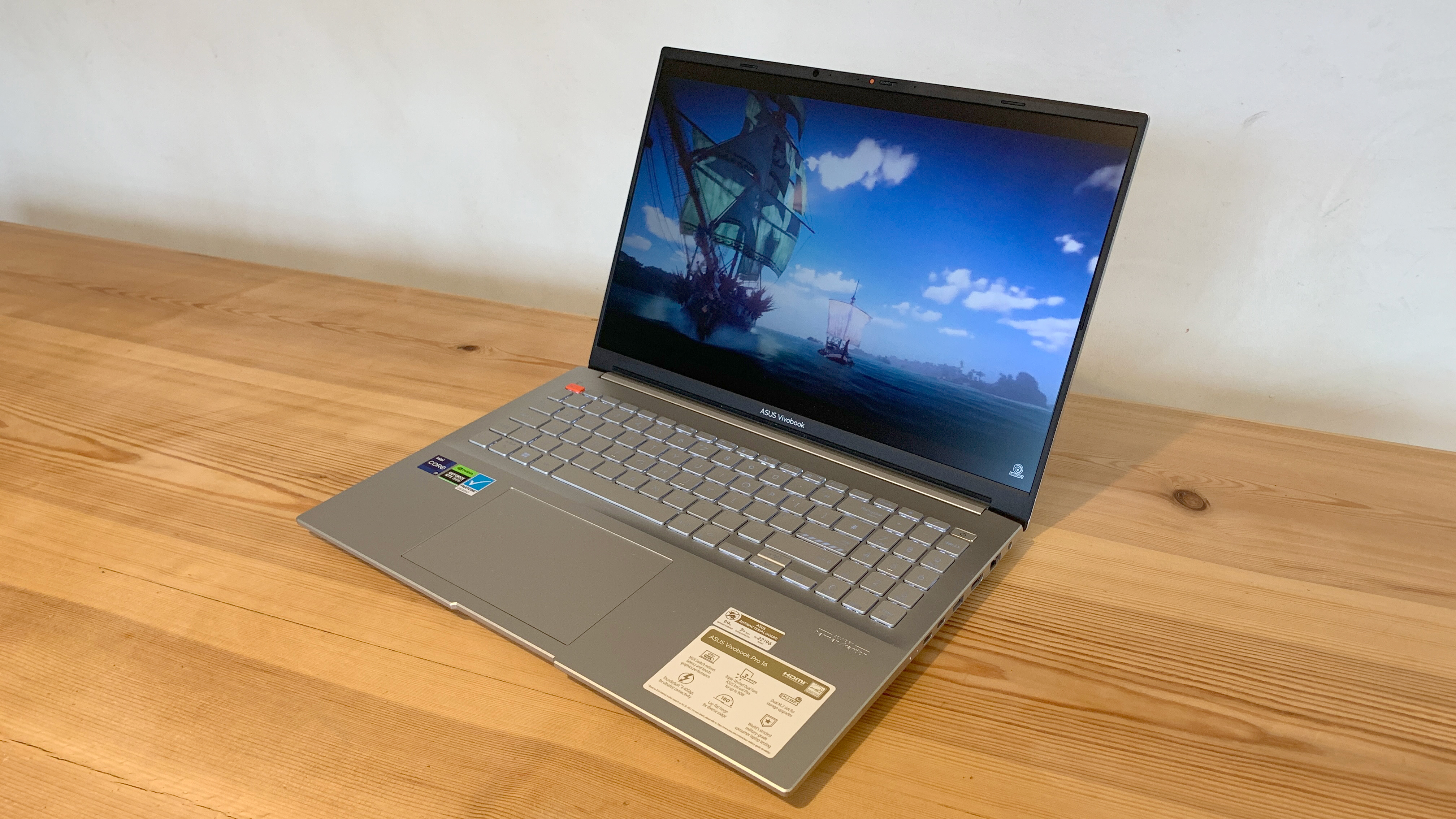
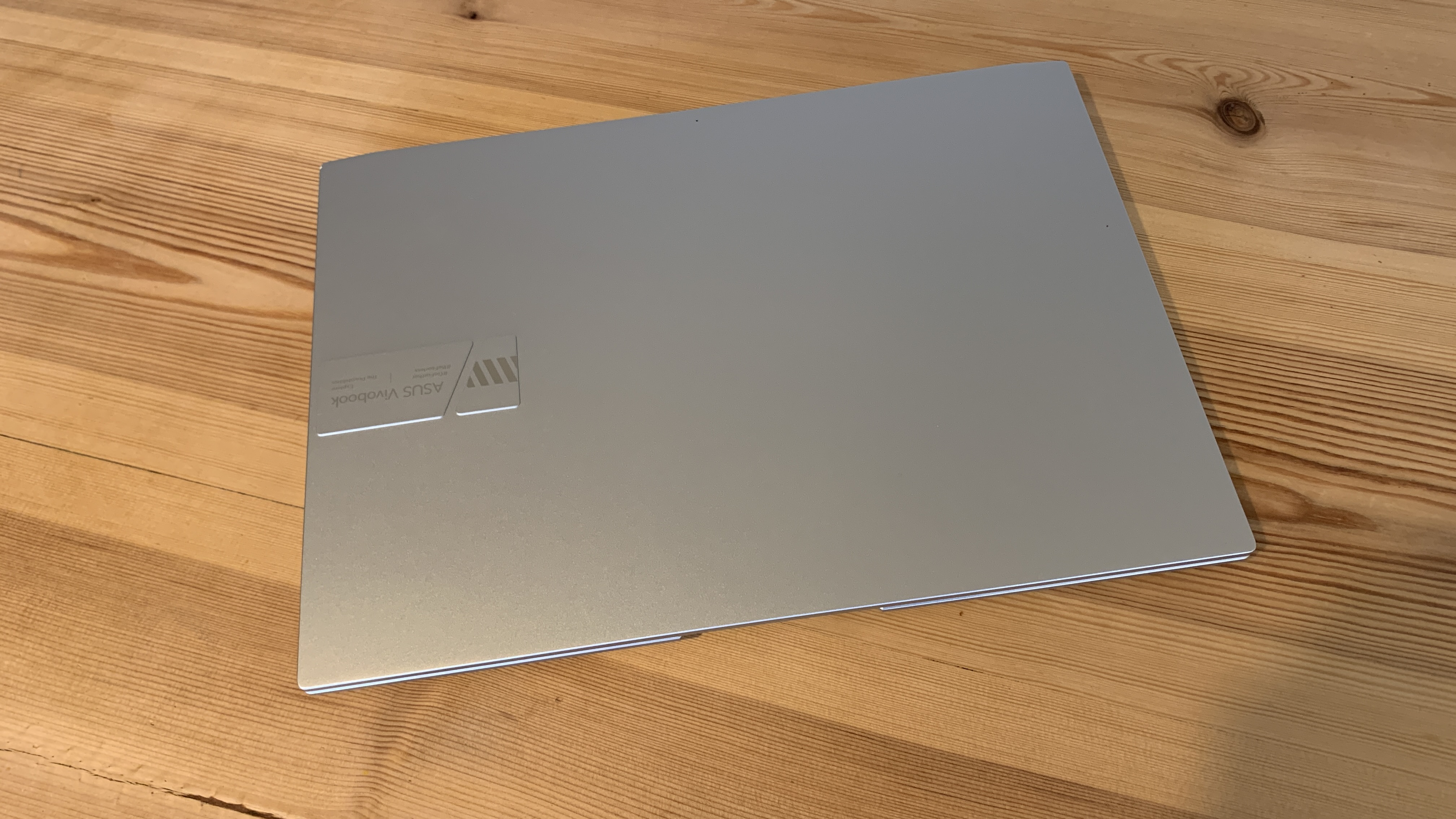
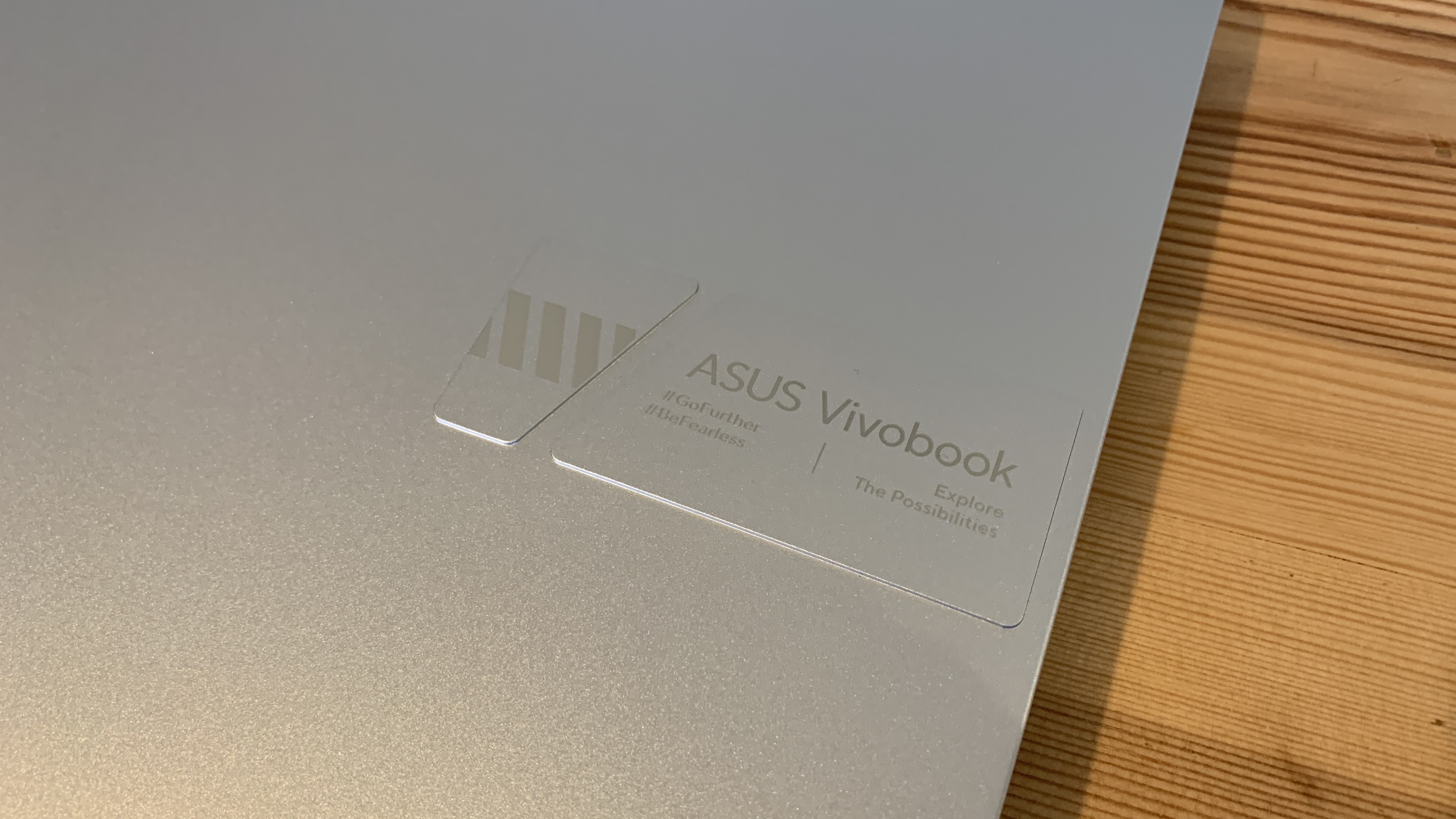
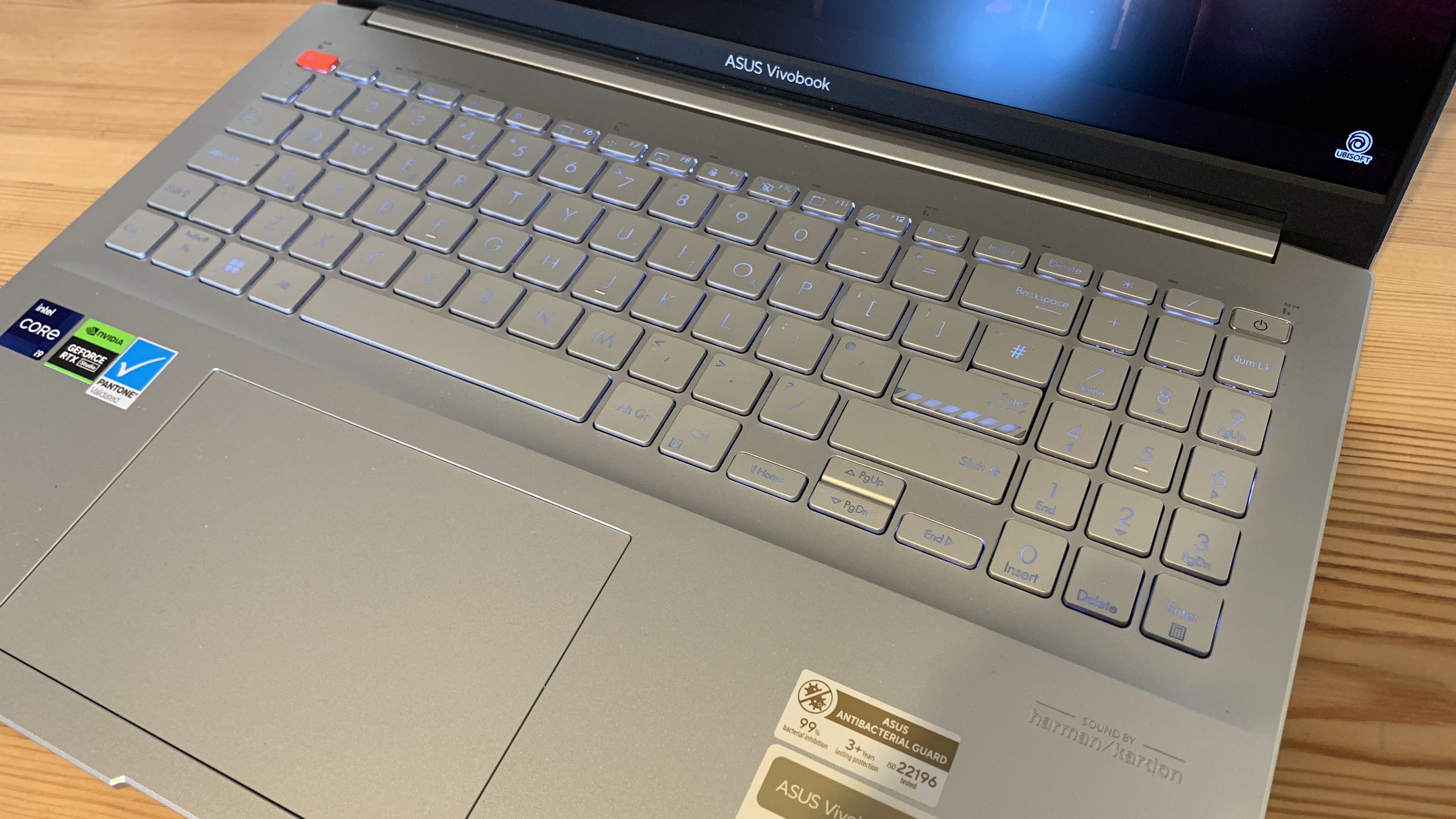
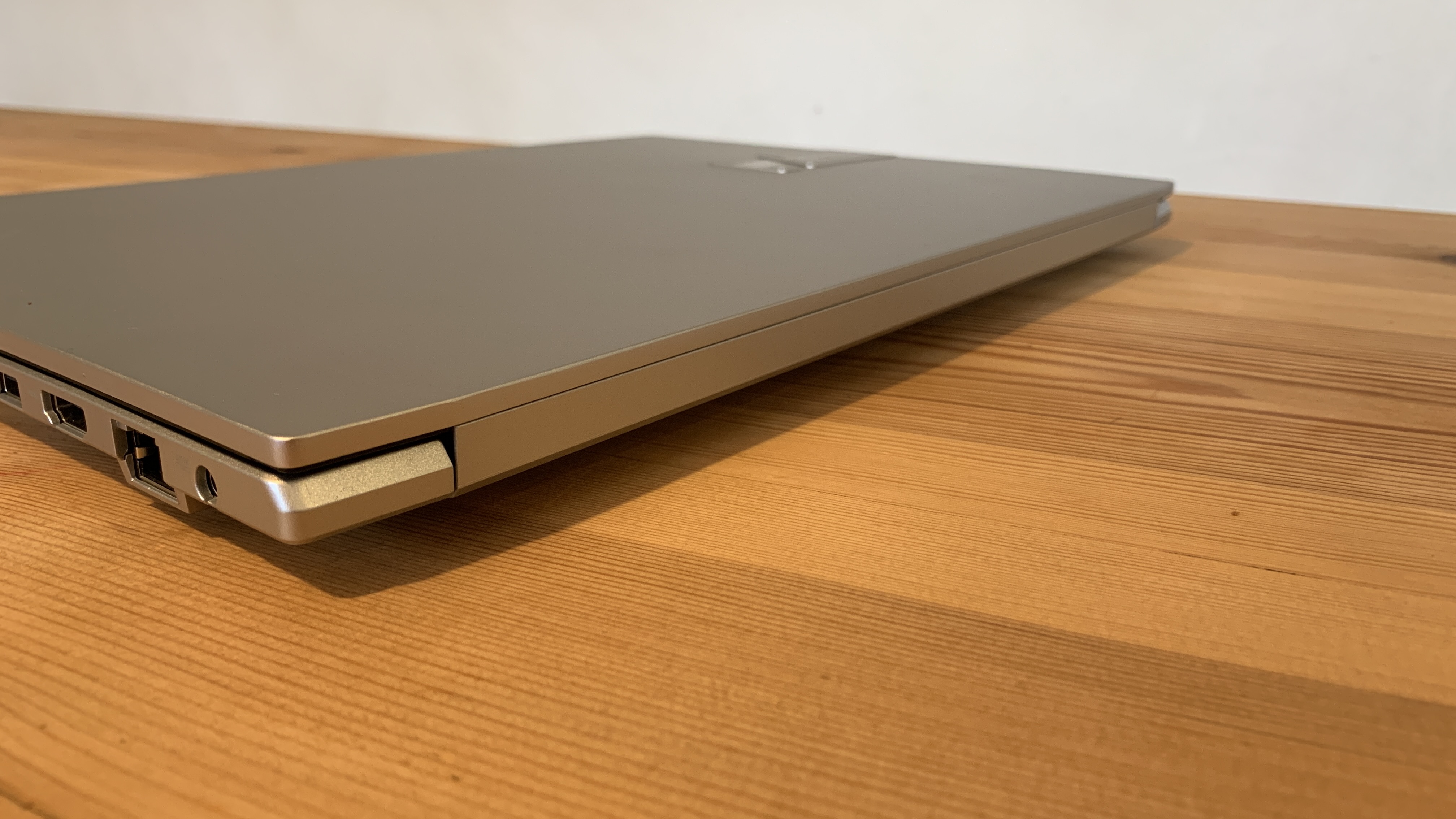
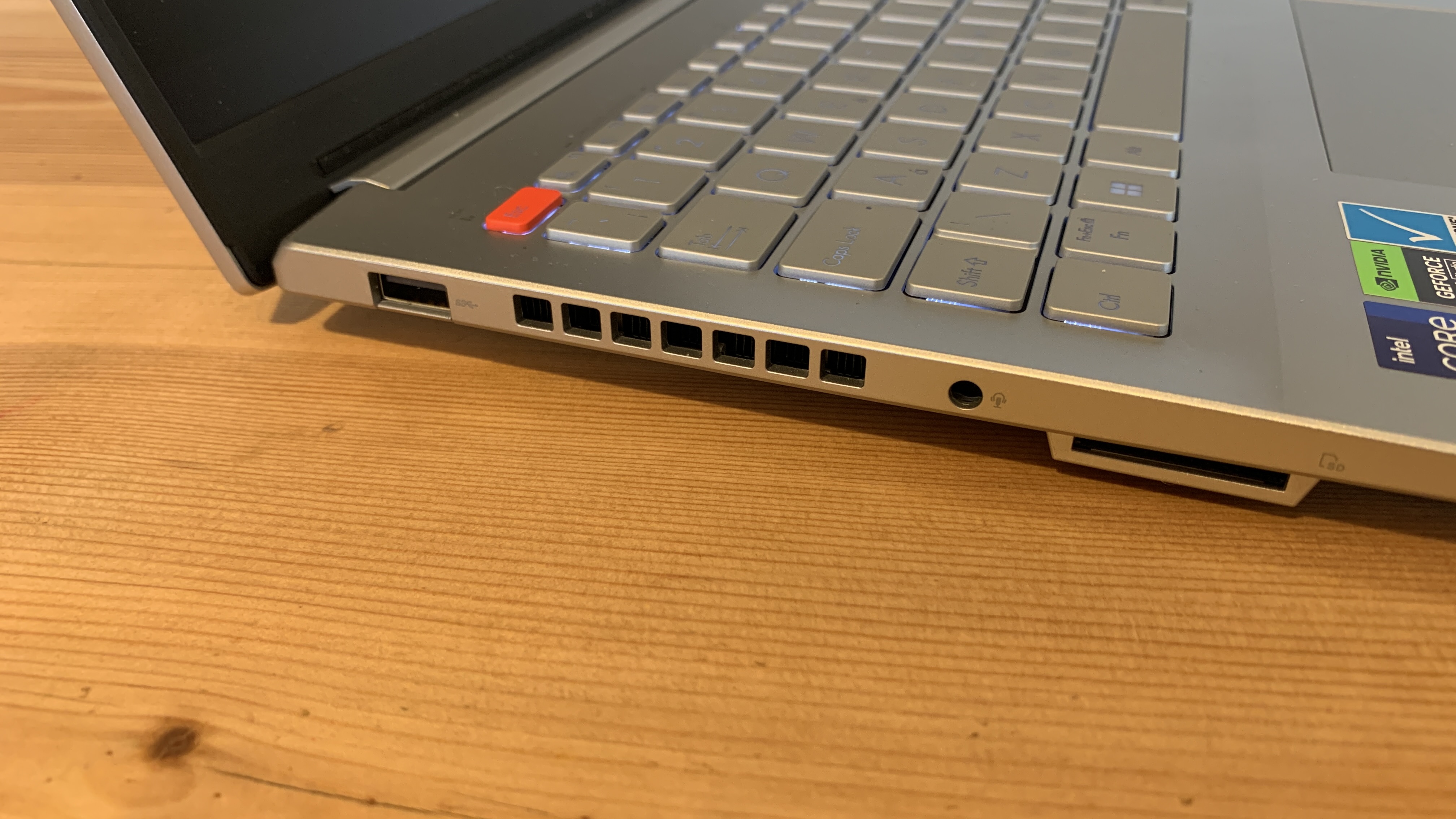
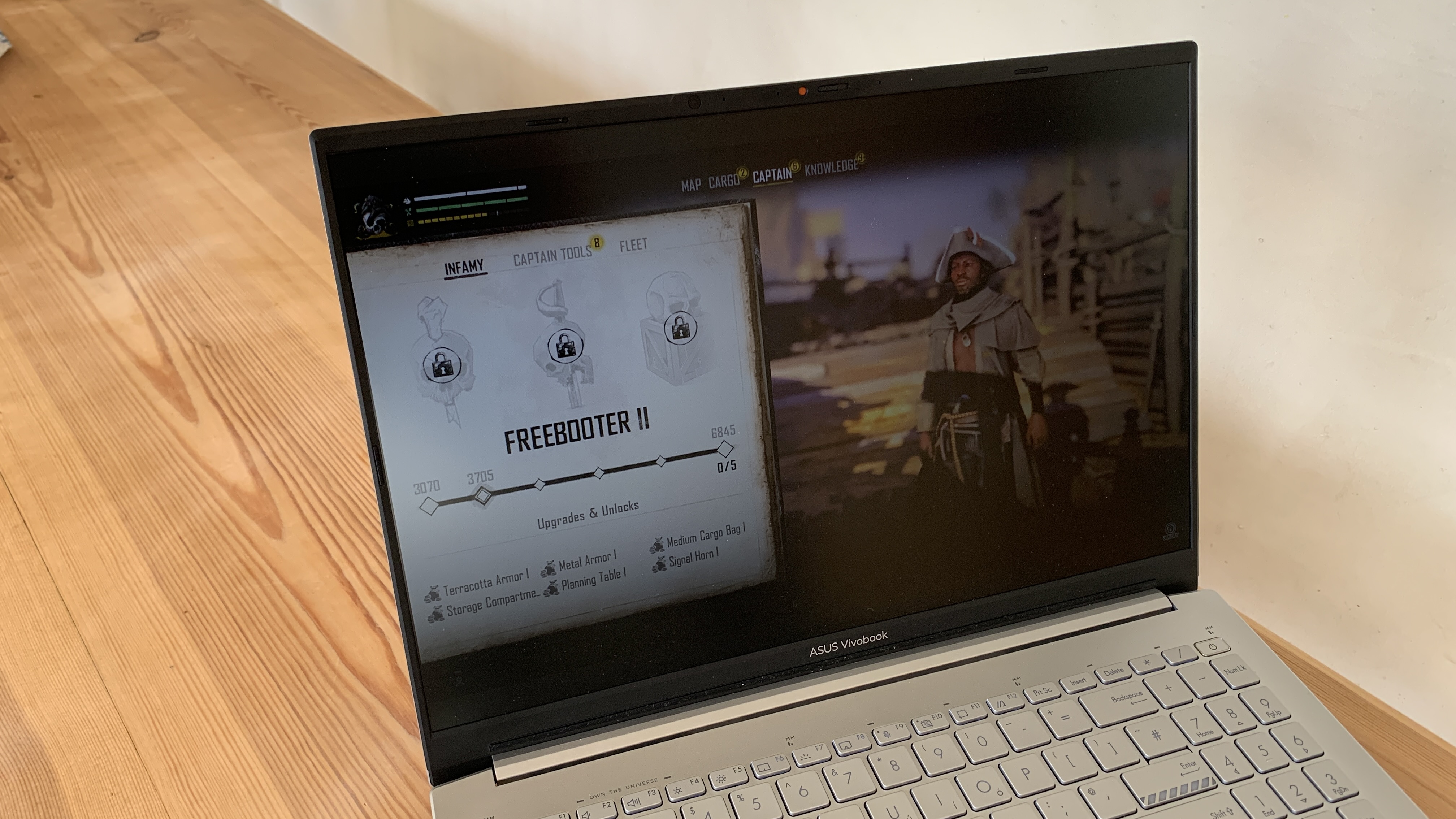
Specifications
Reasons to buy
Reasons to avoid
✅ You want the best laptop for Photoshop on a budget: This is our top pick if you want the specs that can handle Photoshop for less.
✅ You want a large screen: The 16-inch screen provides plenty of space to work with, and the laptop doesn't feel too big and heavy.
✅ You don't need super amounts of power: This has more than enough power for Photoshop, but for more demanding tasks, you might want to consider the Studiobook instead.
❌ You want a compact laptop: We found this laptop to be slim and light for a 16-incher, but it might not be ideal if you travel a lot and space is limited.
❌ You want the best battery life: We only got up to three hours of life when photo editing. That's not bad, but MacBooks do better.
❌ You need power for more demanding tasks: This can handle light videoediting with no problem, but those with demanding effects workflows might find it stutters.
🔎 Asus Vivobook 16 Pro offers a lot of laptop for not too much money. We were impressed to find a 16-inch laptop with integrated graphics, good colour coverage and a premium feel for this price. ★★★★½
What you need to know:
The ASUS ProArt PX13 at number 2 in our list is our favourite Windows laptop for Photoshop, and it's an all-round workstation that can handle a lot more. But if you're not looking to edit video or 3D work as well as images, you might not need all that power. We highly rate the Asus Vivobook Pro 16 as a more affordable but still highly capable laptop aimed at creatives.
Design and build: Our reviewer found the metallic casing felt robust and premium. The laptop weighs 1.9 kg, which is fairly light for a 16in device. And at just 19mm thick, we found it easy to carry in a bag.
Performance: The VivoBook wasn't as capable as the Studiobook in our testing but it was still perfectly capable of handling even the most demanding tools in Photoshop easily thanks to the dedicated Nvidia GPU. Battery life can't compare to that of a MacBook, however. We only got up to three hours of life when photo editing, although it lasts longer for general browsing and entertainment.
Display: The screen has a more narrow colour coverage than the Asus ProArt Studiobook but it's still good enough for most people's Photoshop needs. It has an OLED display, which we found provided excellent contrast. We found the 600 nits of peak brightness were enough to make the screen comfortable to use in bright light, and the 3.2K version provided great definition. Unlike the Studiobook, this isn't a touchscreen, which might put off some digital artists who want to be able to draw directly on the display. However, the display provides solid colour accuracy, validated by Pantone. This makes it a candidate for both digital work and proofing photos and artwork for printing.
Pricing: We think the Vivobook Pro 16 is extremely well priced for a laptop with these specs, particularly considering it has a dedicated graphics card and an OLED display.
Read more: Asus Vivobook Pro 16 review
Attributes | Notes | Rating |
|---|---|---|
Design and build | slim build with a premium feel. | ★★★★★ |
Performance | Excellent performance for this price. | ★★★★ |
Display | Good enough colour coverage for most users that have very specific needs. | ★★★★ |
Pricing | Very well priced for these specs. | ★★★★★ |

"The Vivobook Pro 16 is extremely well priced for a laptop with these specs, particularly considering it has a dedicated graphics card and an OLED display."
Best Photoshop laptop for portability
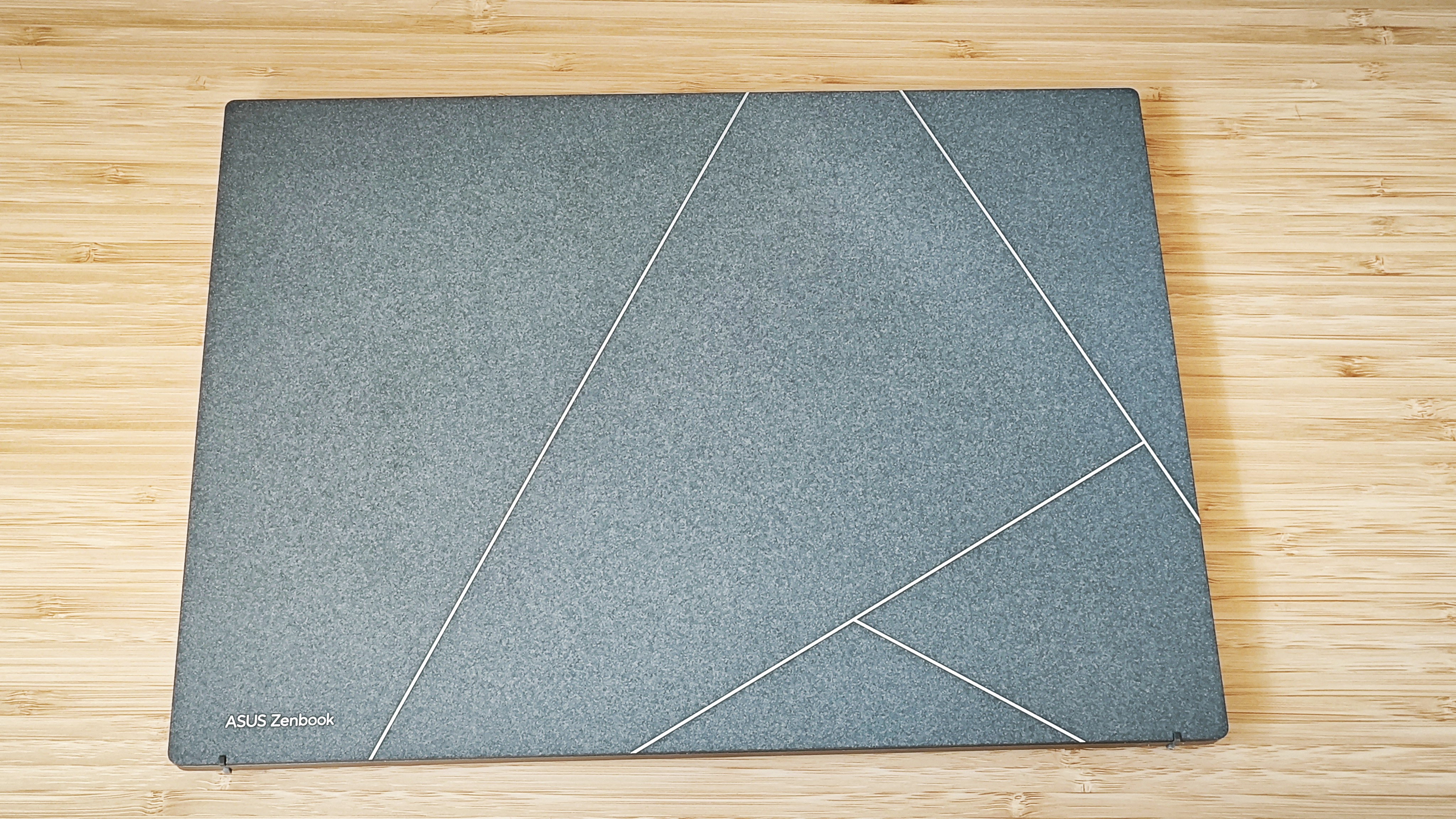
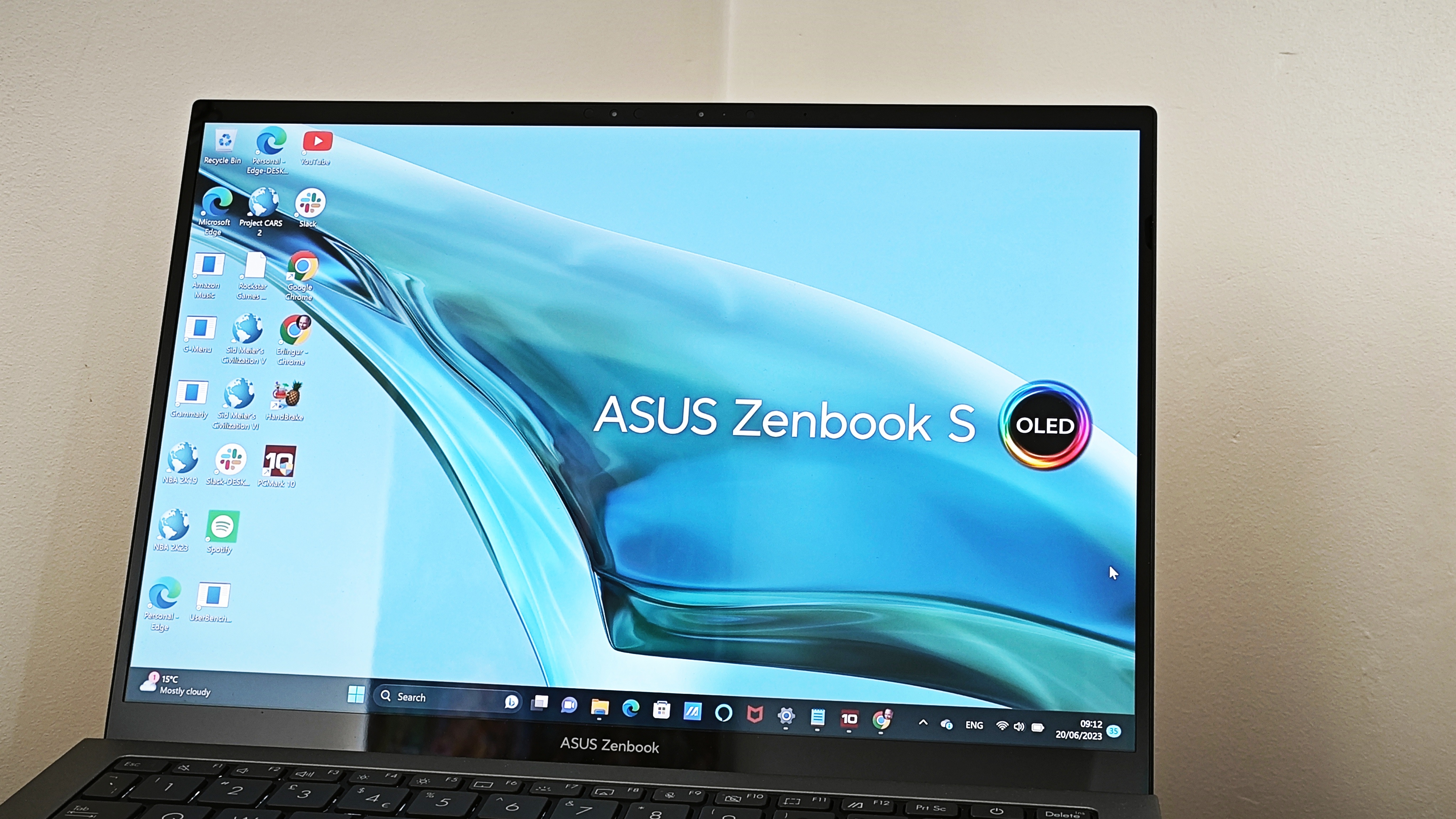
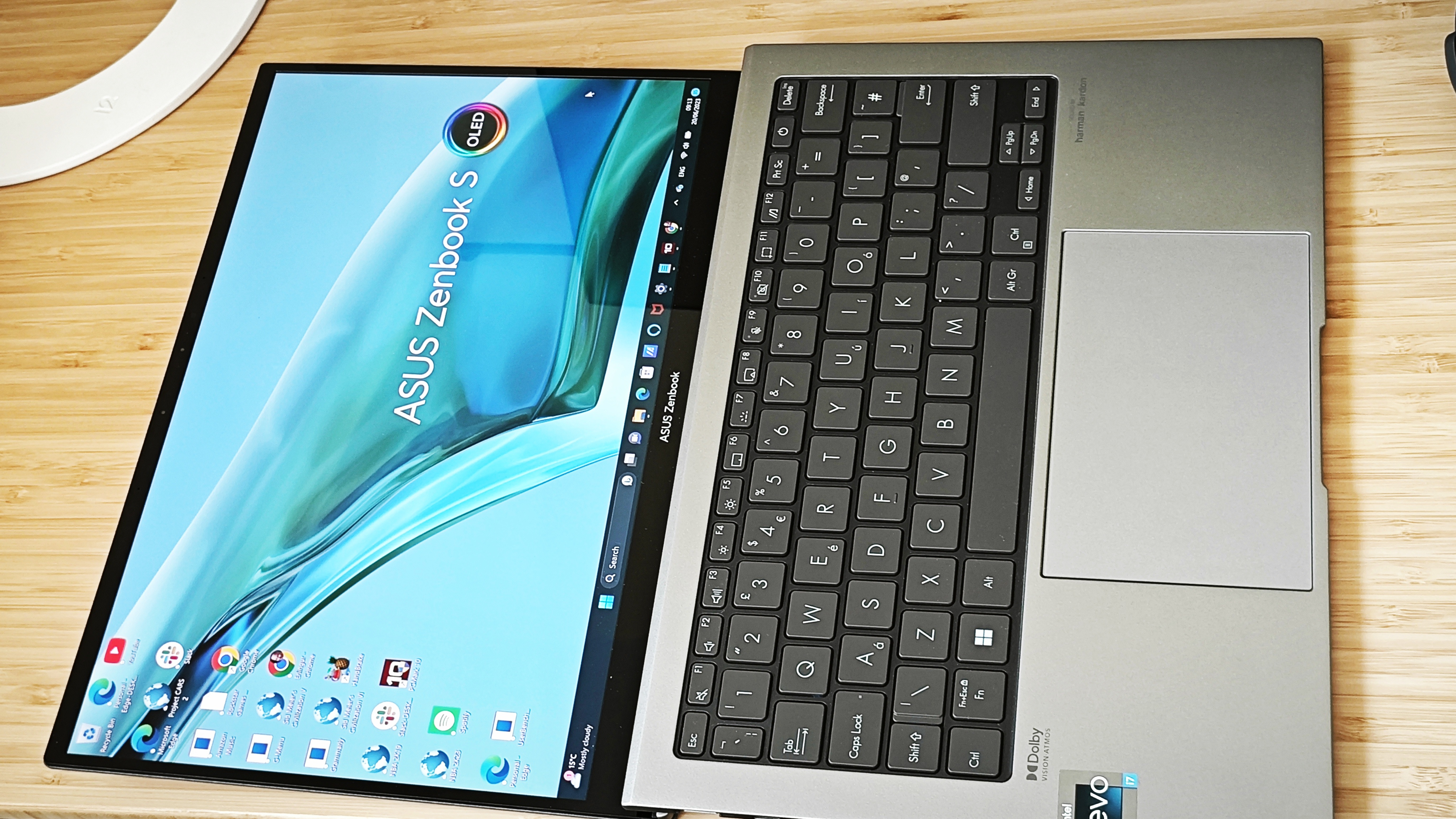
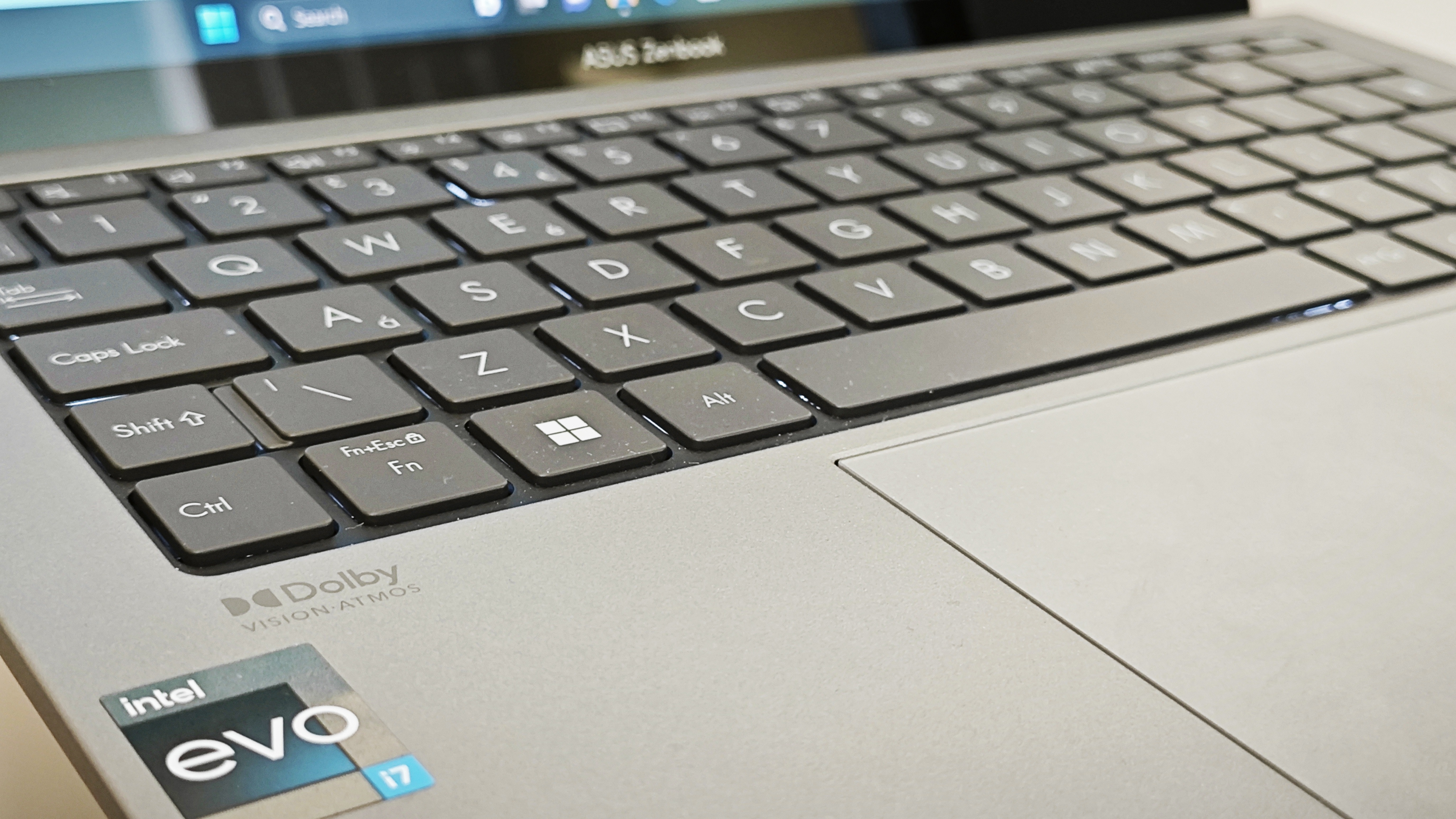
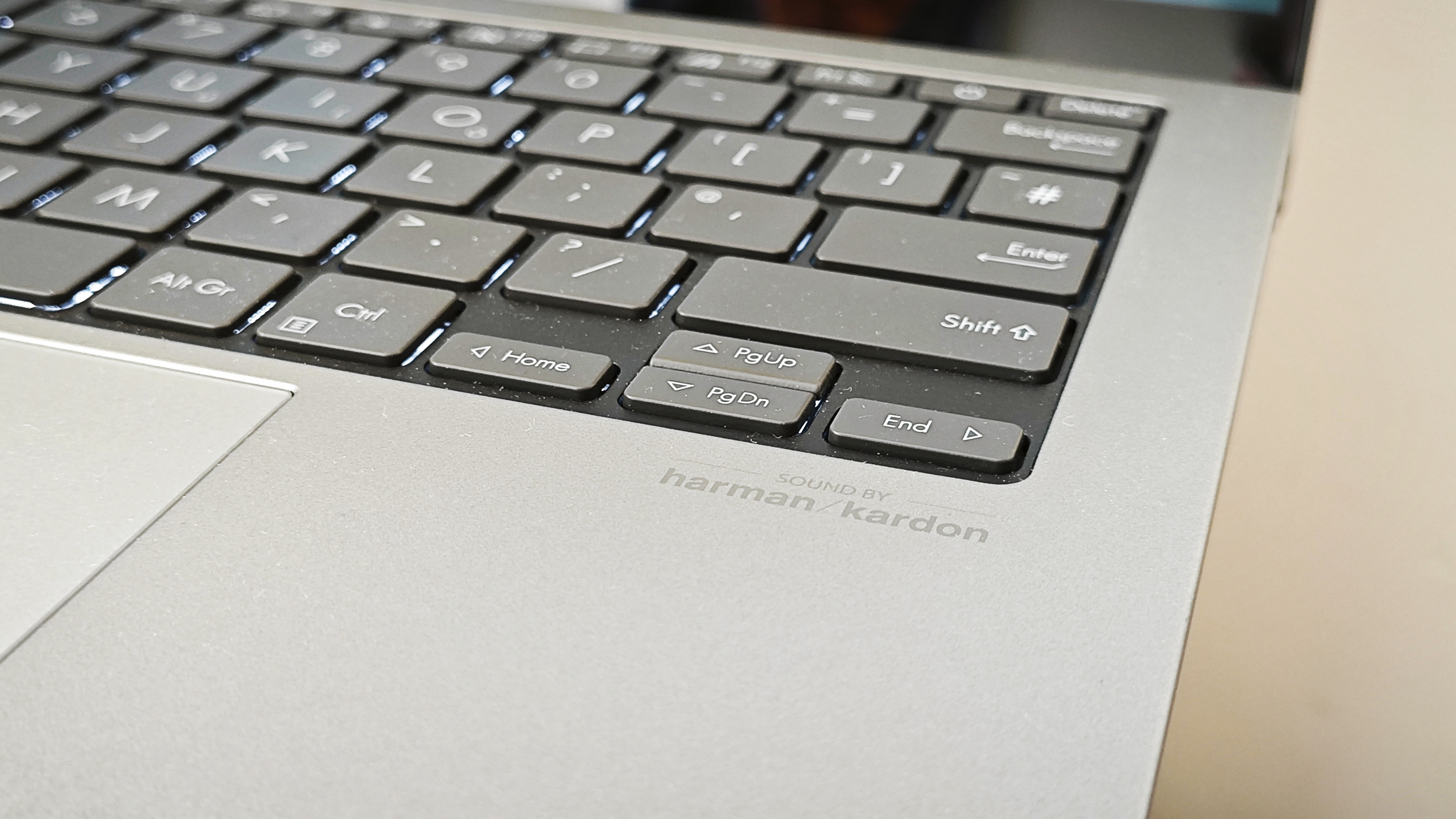
Specifications
Reasons to buy
Reasons to avoid
✅ You want a super portable laptop: The Asus Zenbook S 13 OLED is light and compact, and battery life is excellent, making it great for editing on the go.
✅ You want a great screen: The bright OLED screen is the best we've experienced on a laptop of this size, providing excellent colour coverage in our testing.
✅ You don't need a dedicated GPU: A dedicated graphics card isn't necessary for Photoshop, but it can help for some GPU-accelerated tasks.
❌ You find Photoshop cramped: If you find the interface on Photoshop can feel too squished on a laptop, you might want a larger screen.
❌ You're on a tight budget: This is by no means the most expensive laptop on our list, but it is pricey.
❌ You need a dedicated GPU: While it's not necessary for Photoshop, you might want a dedicated graphics card if you also edit video.
🔎 Asus ZenBook S 13 OLED is a smart and wonderfully compact laptop with enough power for Photoshop. However, it's not touchscreen and integrated graphics mean it may struggle with more demanding GPU-heavy workloads. ★★★★½
What you need to know:
Most of our picks are 15-inchers and above as we generally find a larger screen more comfortable to use for Photoshop. The downside is that they aren't the lightest or more compact laptops for taking on the road. For that, my top pick is the Zenbook S 13 OLED, which is perfect for carrying in hand luggage or working at a cafe table, while still providing excellent performance and colour.
Design and build: This laptop feels impossibly light, weighing just 1kg; more than half that of the MacBook Pro 16-inch (M4, 2024). The design is beautiful to look at, and despite the small size, the neat chiclet keyboard and trackpad are comfortable and responsive. Such a thin body doesn't leave much space for ports, but there is still a USB-A 3.2, two Thunderbolt 4 (which can support a display and power delivery), HDMI 2.1 port and an audio jack.
Performance: We tested the 32GB RAM configuration of this laptop, and unsurprisingly photo-editing in Photoshop presented no problems. The fan started working with the more intensive tasks and documents, but performance was smooth. Our PCMark 10 testing backed this up suggesting excellent performance for photo editing and office work tasks while our video tests were less impressive due to the lack of a dedicated graphics card. For Photoshop alone, most users would probably be fine with the 16GB RAM configuration.
We found battery to be excellent, further backing up the Zenbook S 13 OLED's credentials as an ideal laptop for travel and for working on the go. Our streaming video test have us 13 hours and 10 minutes on a single charge, beating many Windows laptops.
Display: Our reviewer found described the screen as the best he had ever tested on a small-form laptop. With 550 nits of brightness, it's comfortable to work on even in bright sunlight, while and Pantone-certified colour coverage of up to 100% DCI-P3 (we also tested sRGB coverage of 113%) ensures we can rely on what we're seeing. With a 1,000,000:1 contrast ratio, the OLED display also boasts excellent resolution of dark and light areas. It was also a pleasure to watch films and TV on the device.
Pricing: We think the ZenBooks S 13 is a little on the expensive side for a laptop that doesn't have a dedicated graphics card, starting at a little over the price of the MacBook Air at the top of our list. It's get pricey if you take the specs higher, but it's one of the best compact Windows laptops we've used and is well worth snapping up when offers appear.
Read more: Asus ZenBook S 13 OLED review
Attributes | Notes | Rating |
|---|---|---|
Design and build | Incredibly light and compact. | ★★★★★ |
Performance | Solid all-round performance but no dedicated GPU. | ★★★★ |
Display | Great colour coverage and accuracy. | ★★★★★ |
Pricing | More expensive than the base MacBook Air 15. | ★★★ |

"The ASUS Zenbook S 13 OLED is one of the smallest and lightest laptops I've ever used, but it's no lightweight when it comes to performance."
The best 2-in-1 laptop for Photoshop
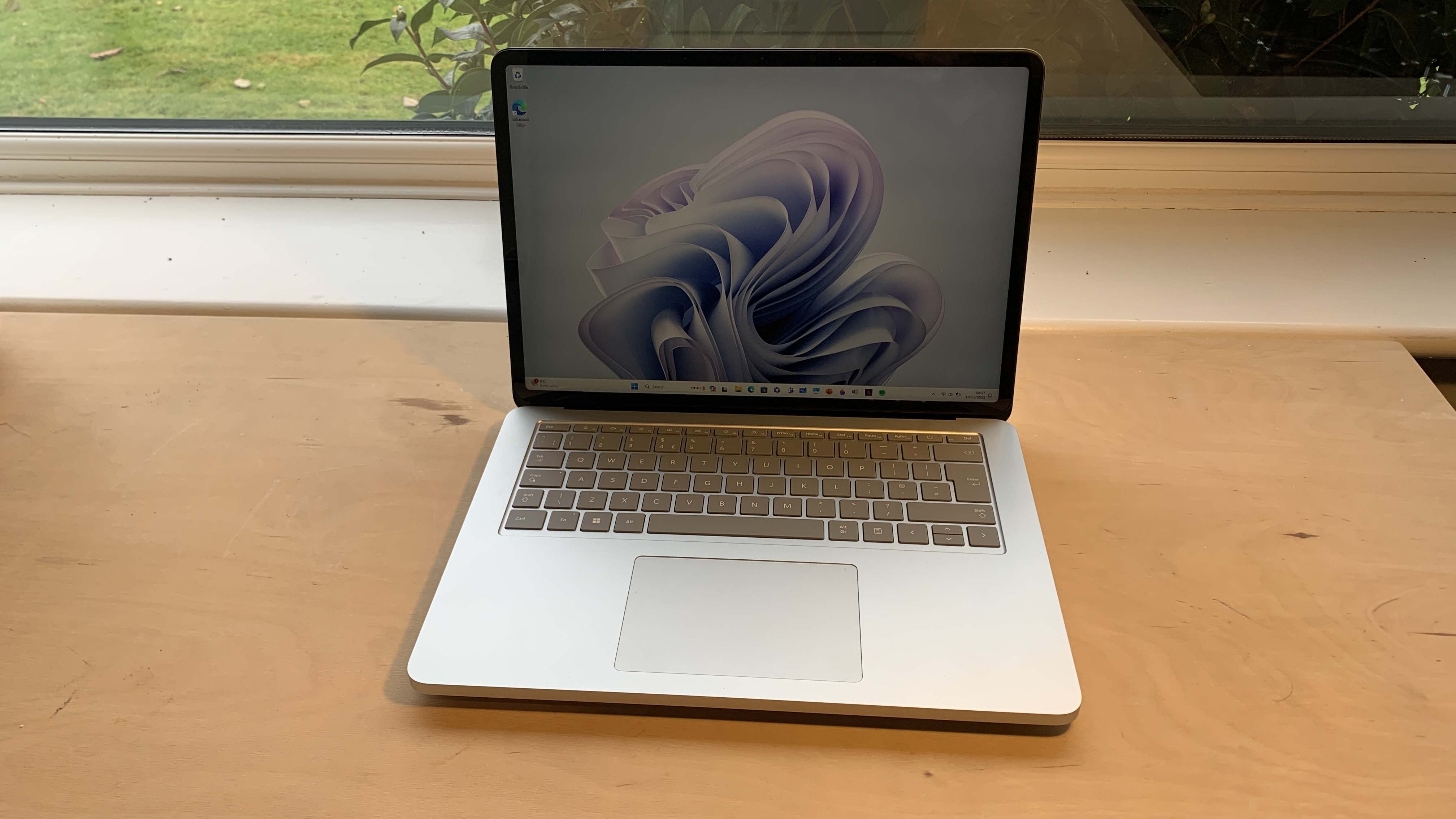
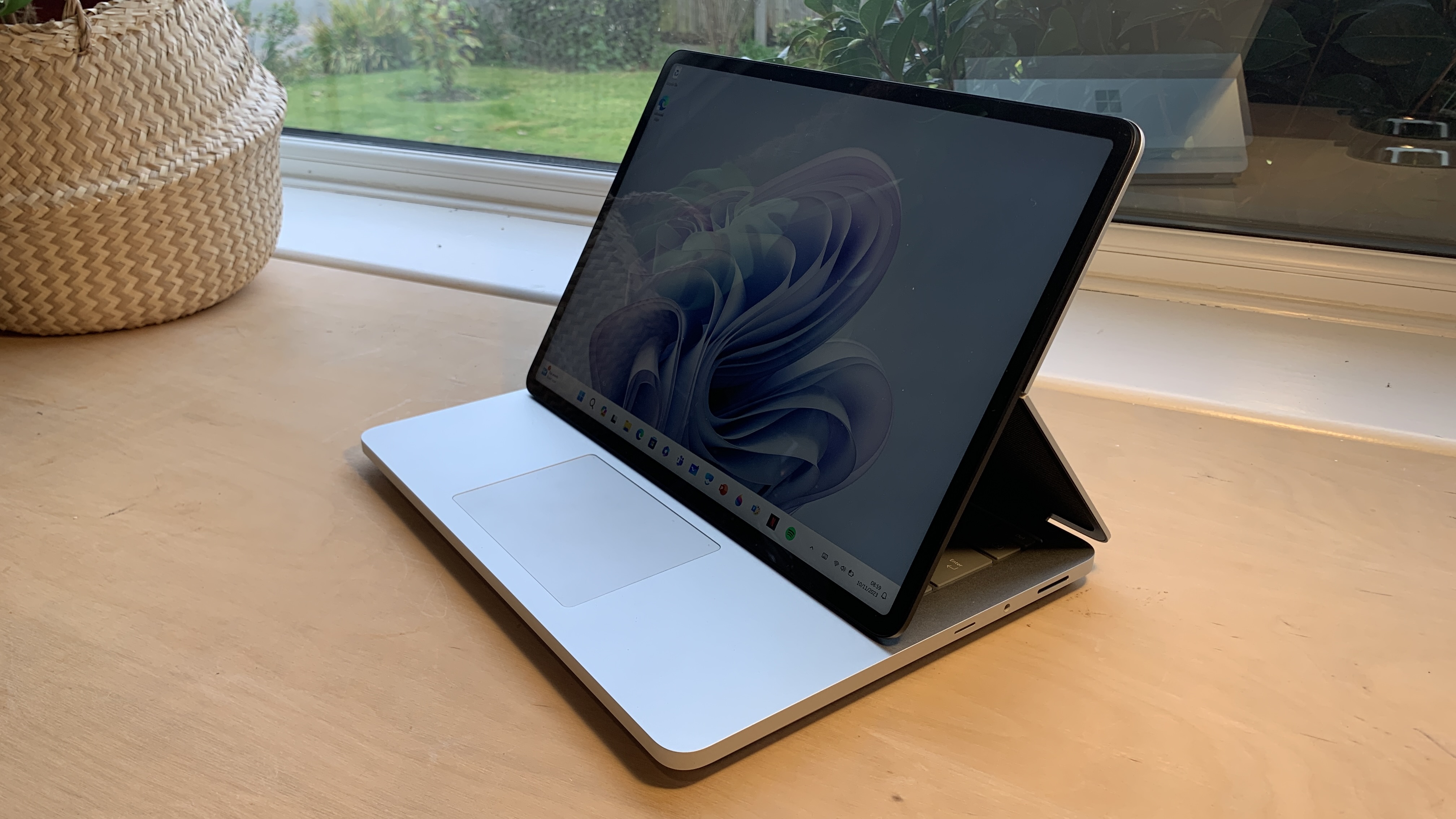
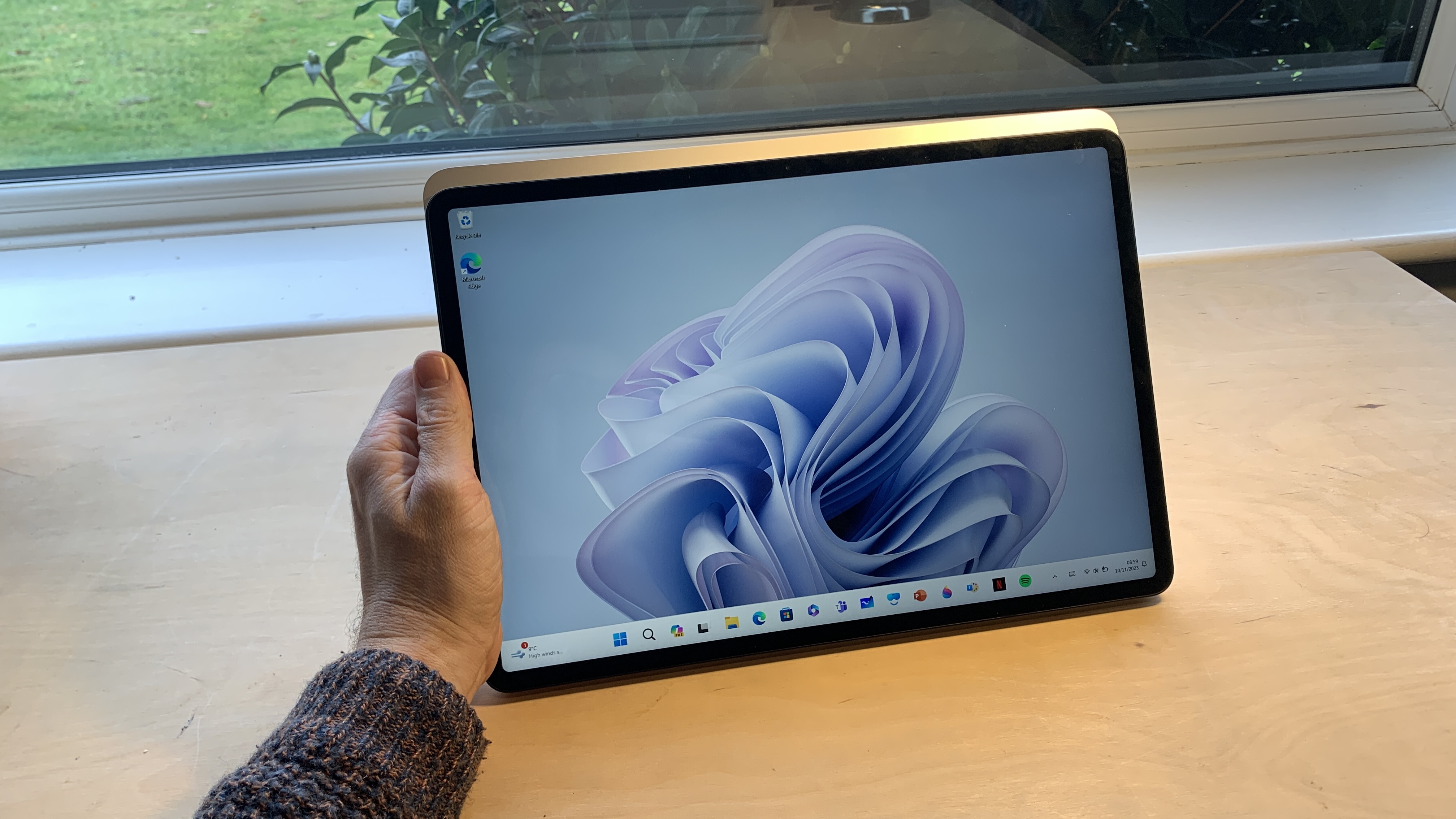
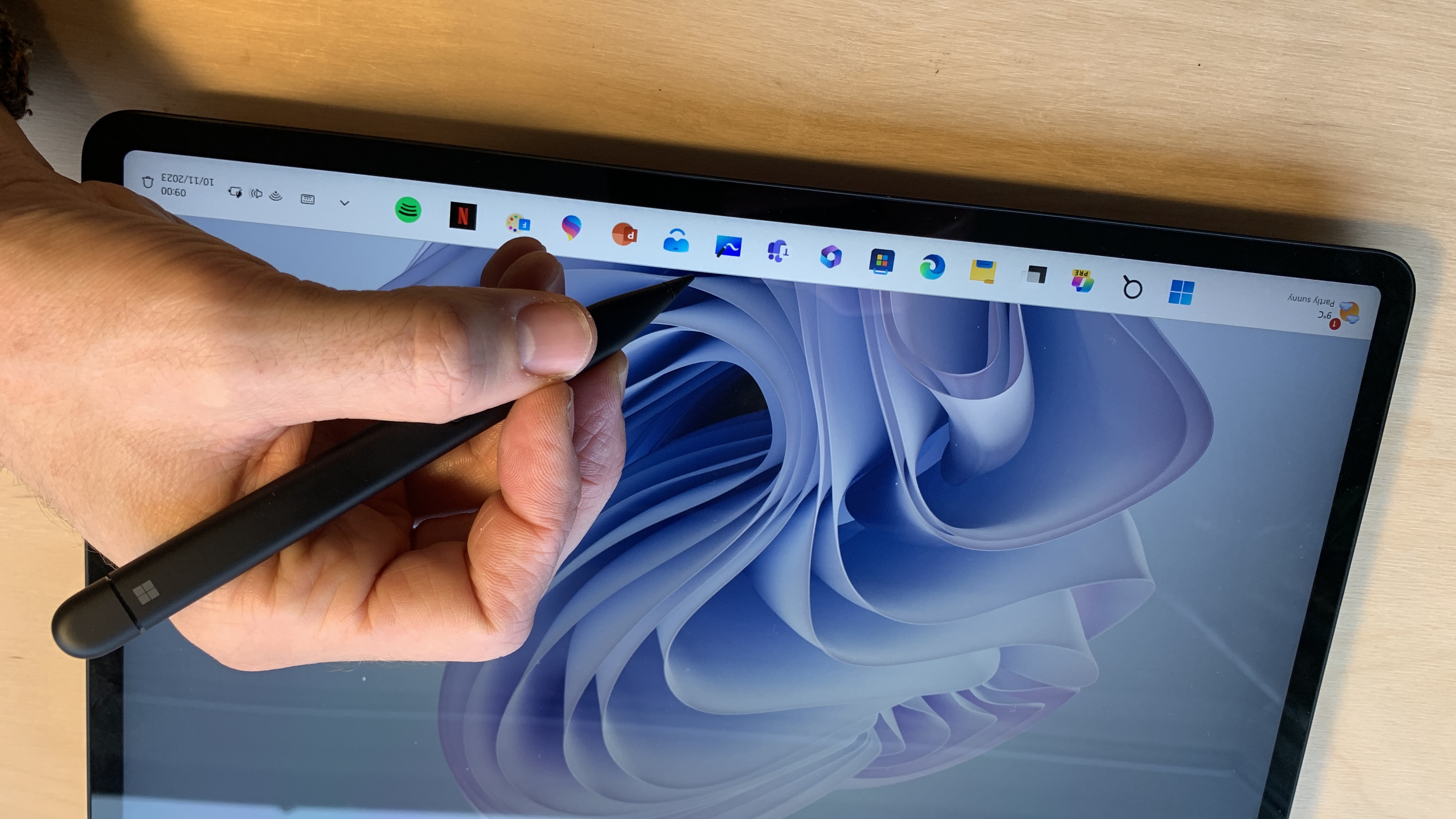
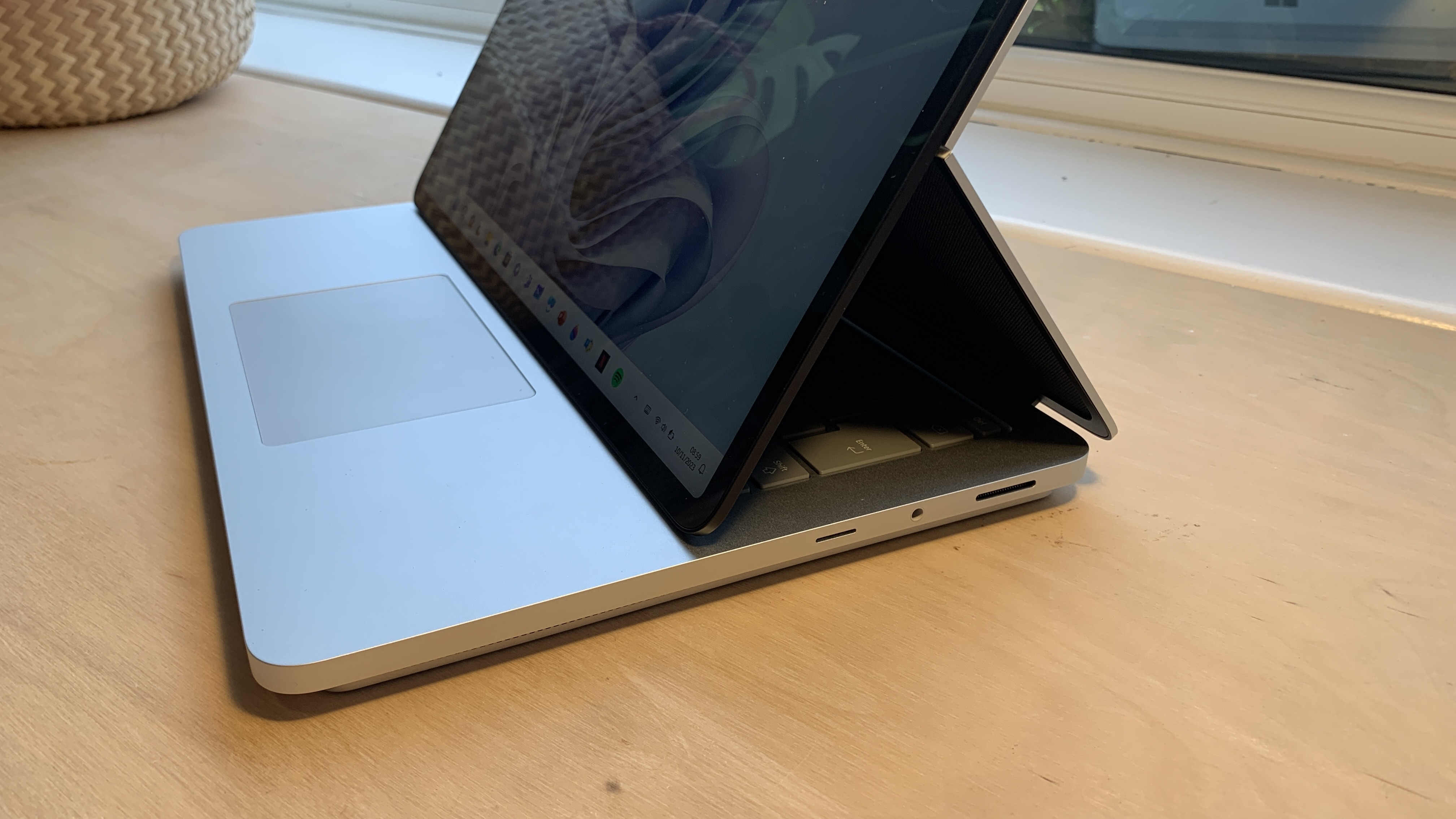
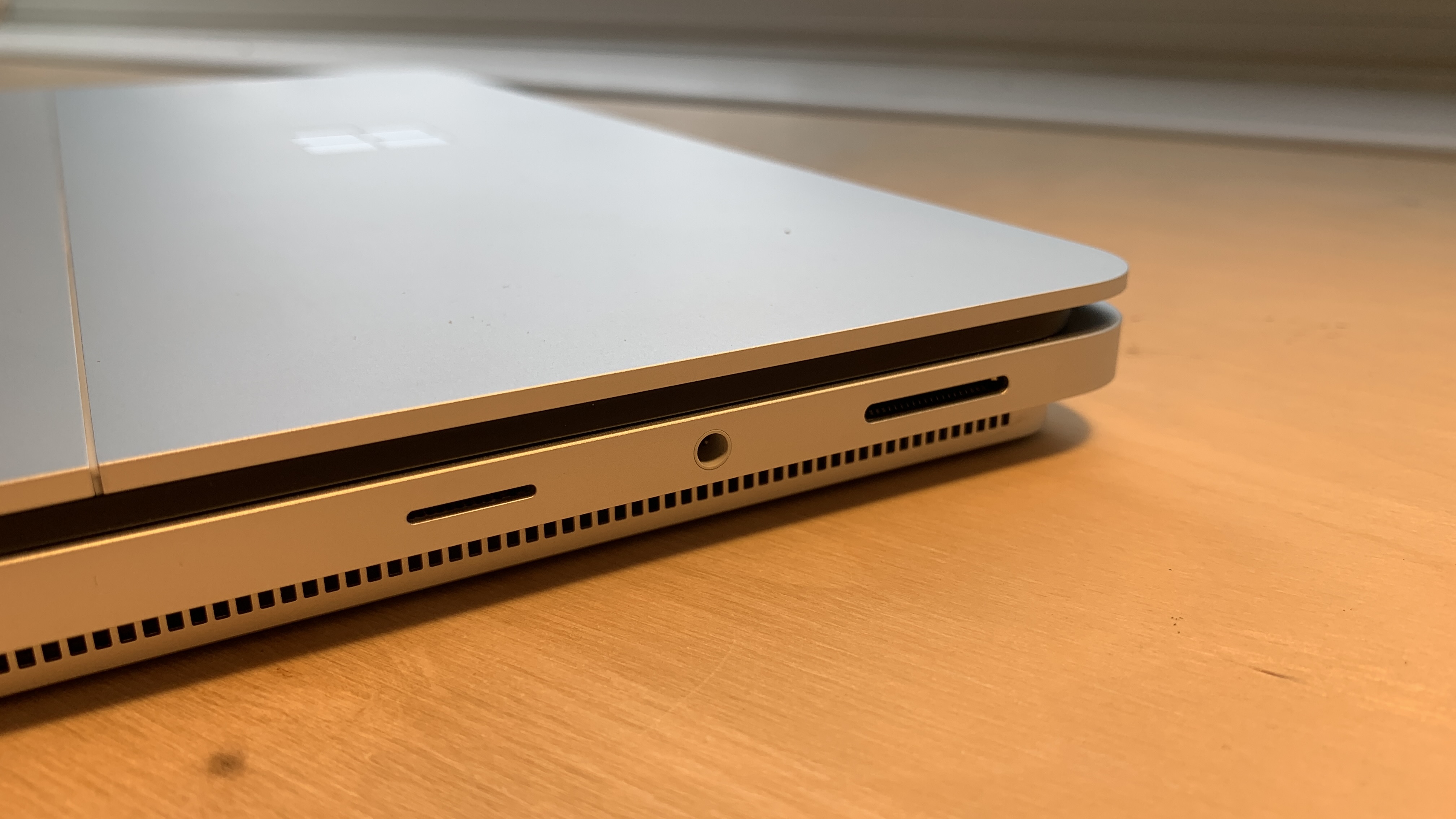

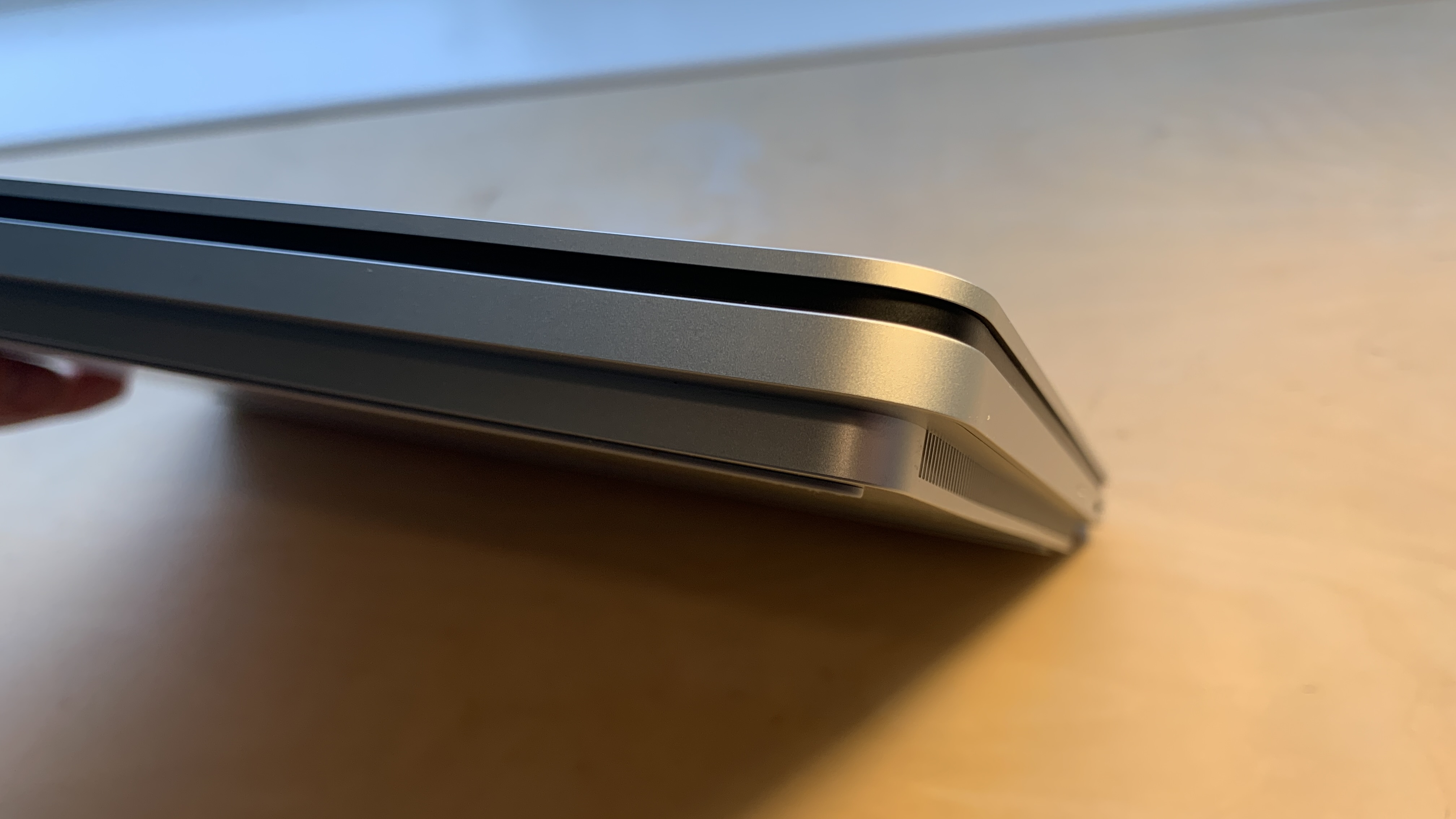
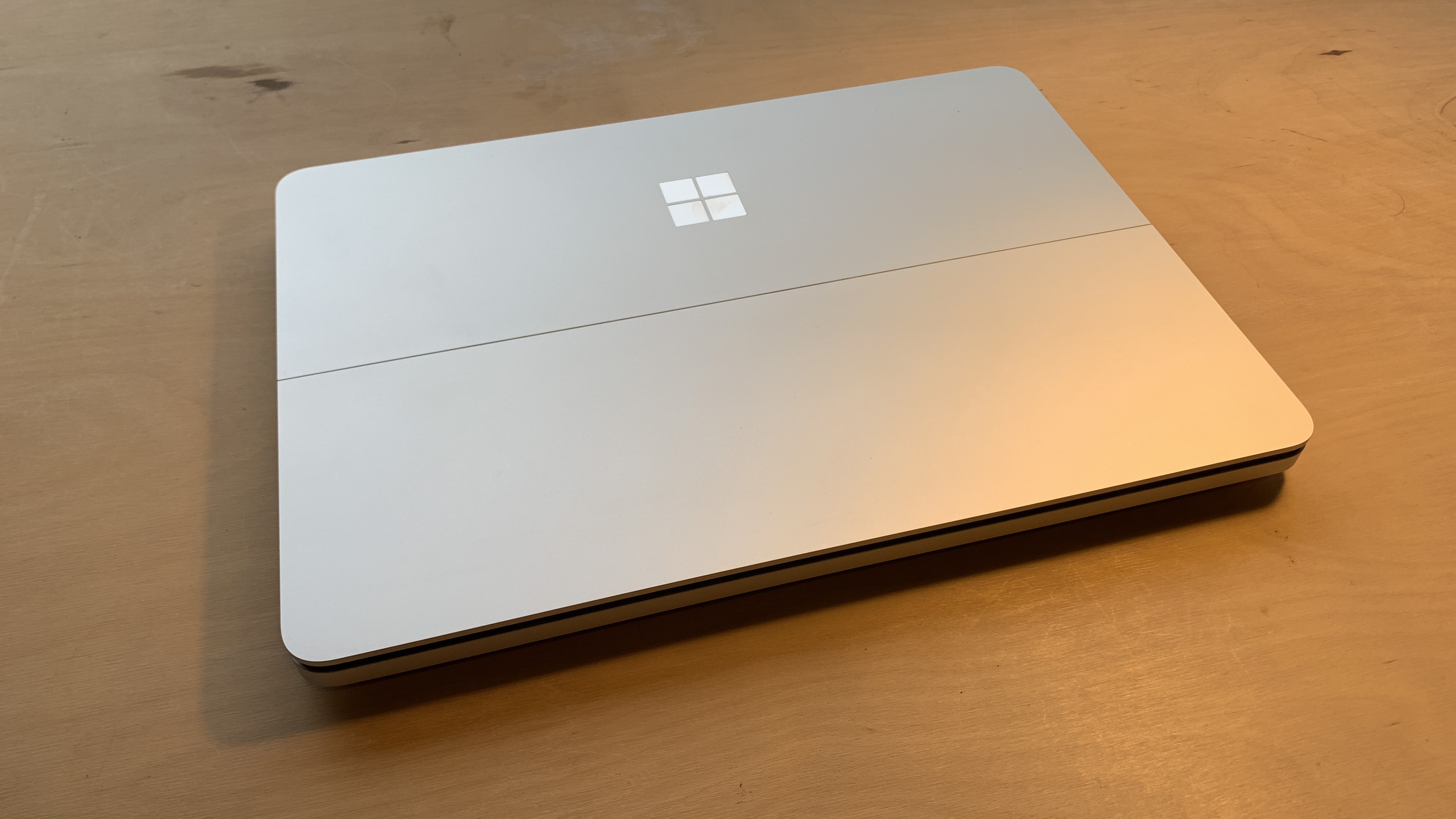
Specifications
Reasons to buy
Reasons to avoid
✅ You want the flexibility of tablet mode: The 2-in-1 format means it can be used flat like a tablet or propped up like an easel.
✅ You want a great laptop for using a stylus: There are several touchscreen laptops on our list, but the Surface Laptop Studio's innovative 2-in-1 design is particularly good for stylus use.
✅ You want a powerful Windows laptop: The Surface Pro can be configured with Nvidia graphics and up to 64GB RAM.
❌ You're not bothered about a touchscreen: You're paying a premium for this, so if you don't want to use it, you should look at another laptop.
❌ Price is a priority: The innovative design adds to the price, and you could get comparable specs cheaper elsewhere.
🔎 Microsoft Surface Laptop Studio 2 looks great, feels great to use, and we think the innovative flexible form factor is a potential game changer for those who want to use a touchscreen with a stylus. ★★★★
What you need to know:
The Microsoft Surface Laptop Studio 2 is a sleek touchscreen laptop with an innovative versatile form factor that allows it to be used as a tablet or in easel model. We think it's a great option for using a stylus for editing images or creating digital art in Photoshop.
Design and build: The laptop feels very premium, with a well-engineered flexible design that allows it to smoothly be switched between three different positions: standard laptop, easel mode and tablet (see our reviewer's photos above). The size is a nice compromise as well. At 14.4in, the laptop is fairly compact without making the Photoshop interface feel too cramped on screen.
Performance: There are RAM options from 16GB to 64GB, and along with 13th Gen CPUs from Intel, you get a choice of Intel Xe graphics or an Nvidia RTX 4060 and RTX 2000 Ada professional GPUs, so there's plenty of power here. Of course, if it's just the performance you want, you can get it for less from other laptops, but you'd have to give up the drawing and input abilities that make this such a great pick for image editors and other creative pros in the first place.
Display: We loved the super-crisp 3:2 screen. With a 120Hz refresh rate, we found it to be highly responsive when drawing in Photoshop with a stylus (note that no stylus is included as standard. Microsoft sells its own Surface Slim Pen 2 separately). The ability to switch to tablet or easel mode is also great for drawing in different situations.
Pricing: Starting at well over $2,000 / £2,000, the Surface Pro Laptop 2 is more expensive than the MacBook Pro 16-inch (M4, 2024), despite being less powerful. We feel the price is justified if you'll take advantage of the innovative form factor, but if you don't think you'll use a stylus, you can find comparable power in cheaper packages.
Read more: Surface Laptop Studio 2 review.
Attributes | Notes | Rating |
|---|---|---|
Design and build | Innovative form factor with handy easel mode. | ★★★★★ |
Performance | Plenty of configuration options. | ★★★★★ |
Display | Great touchscreen with solid specs for Photoshop. | ★★★★★ |
Pricing | More expensive than some comparable laptops. | ★★★ |

"The laptop’s 2-in-1 feature sets it apart from most of its competition and the implementation is impressive. I was pleasantly surprised to find a robust screen that stood the wear and tear despite its minimal thickness."
The best Photoshop laptop with a large screen
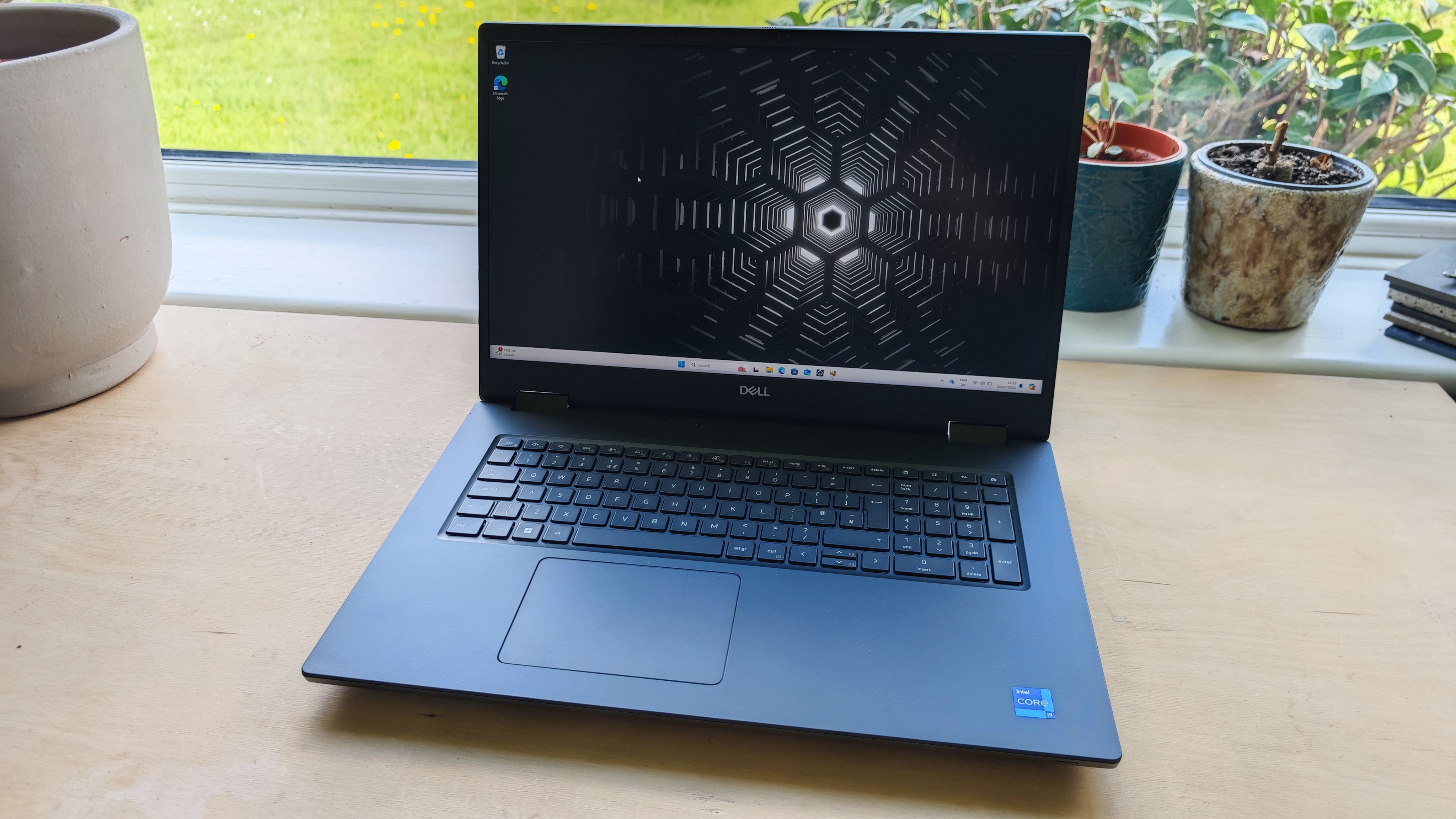
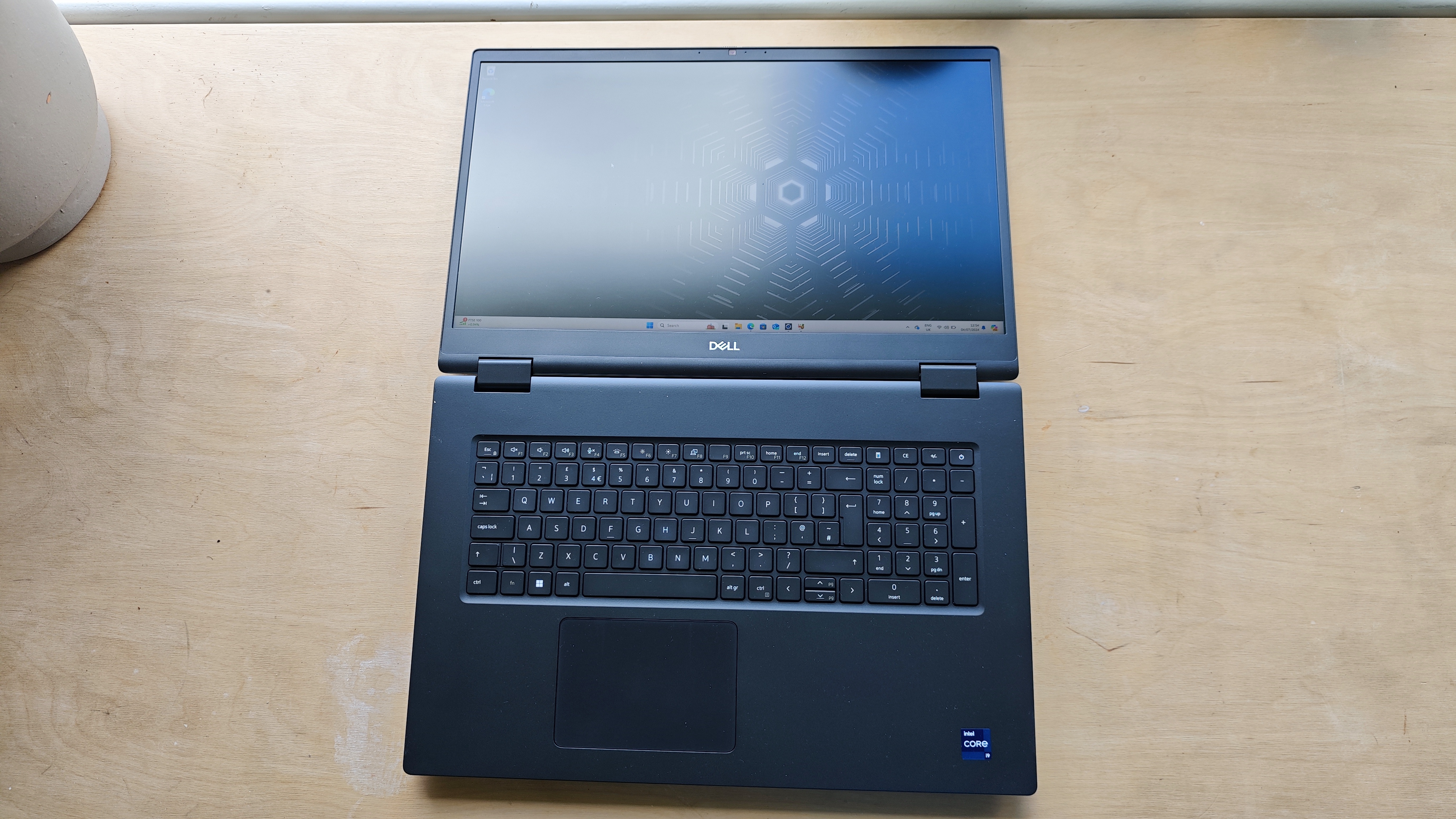
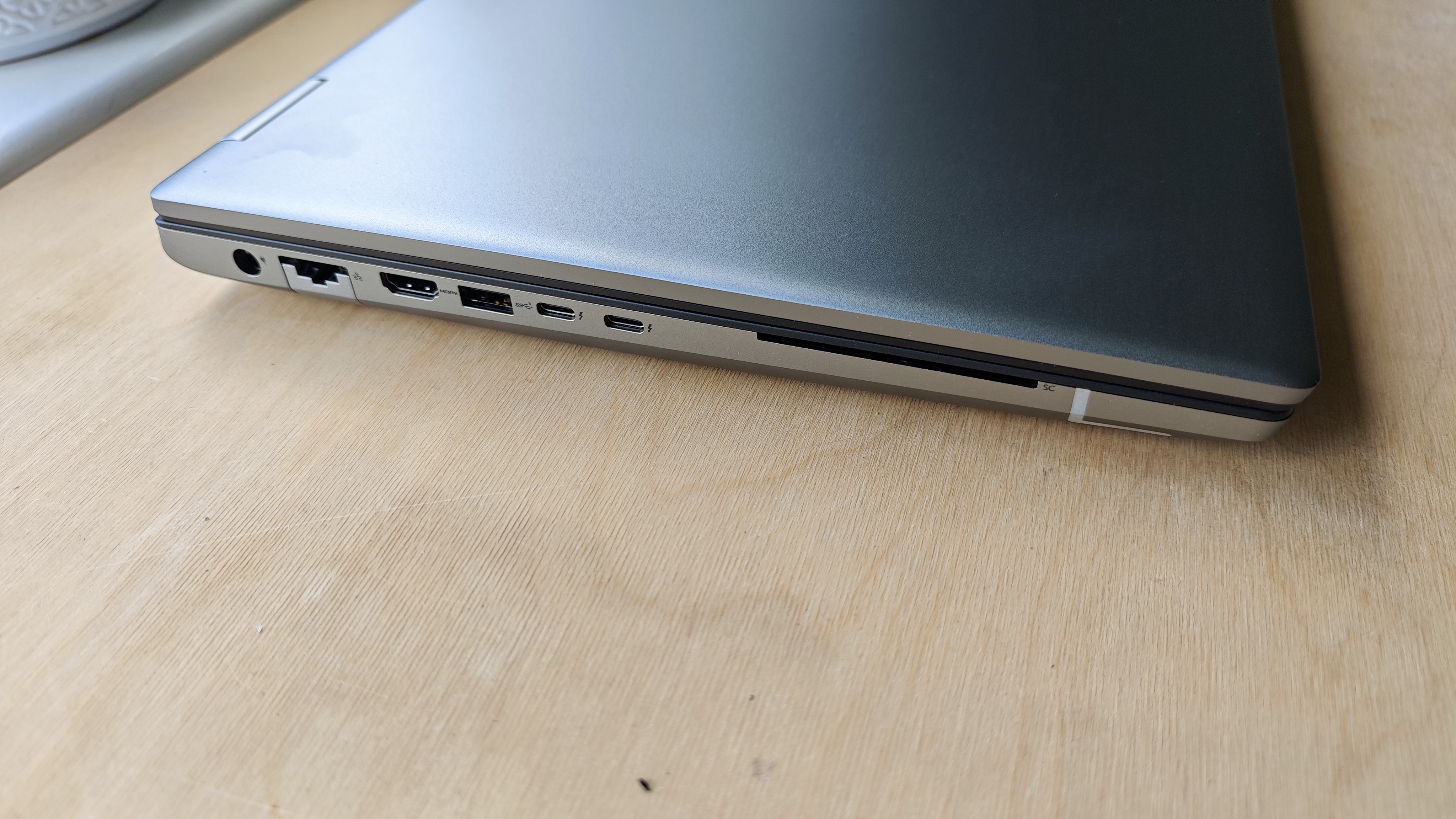
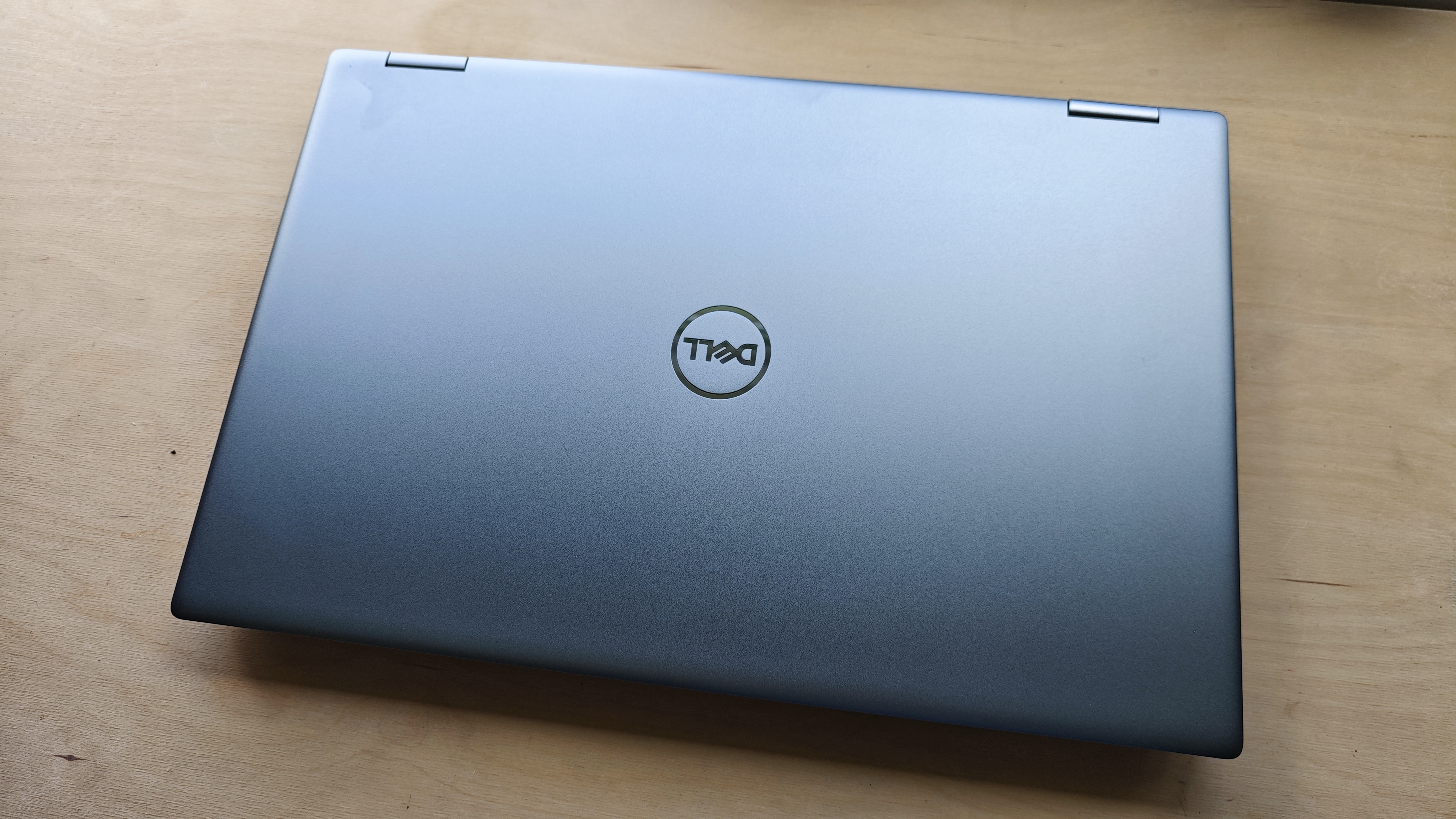
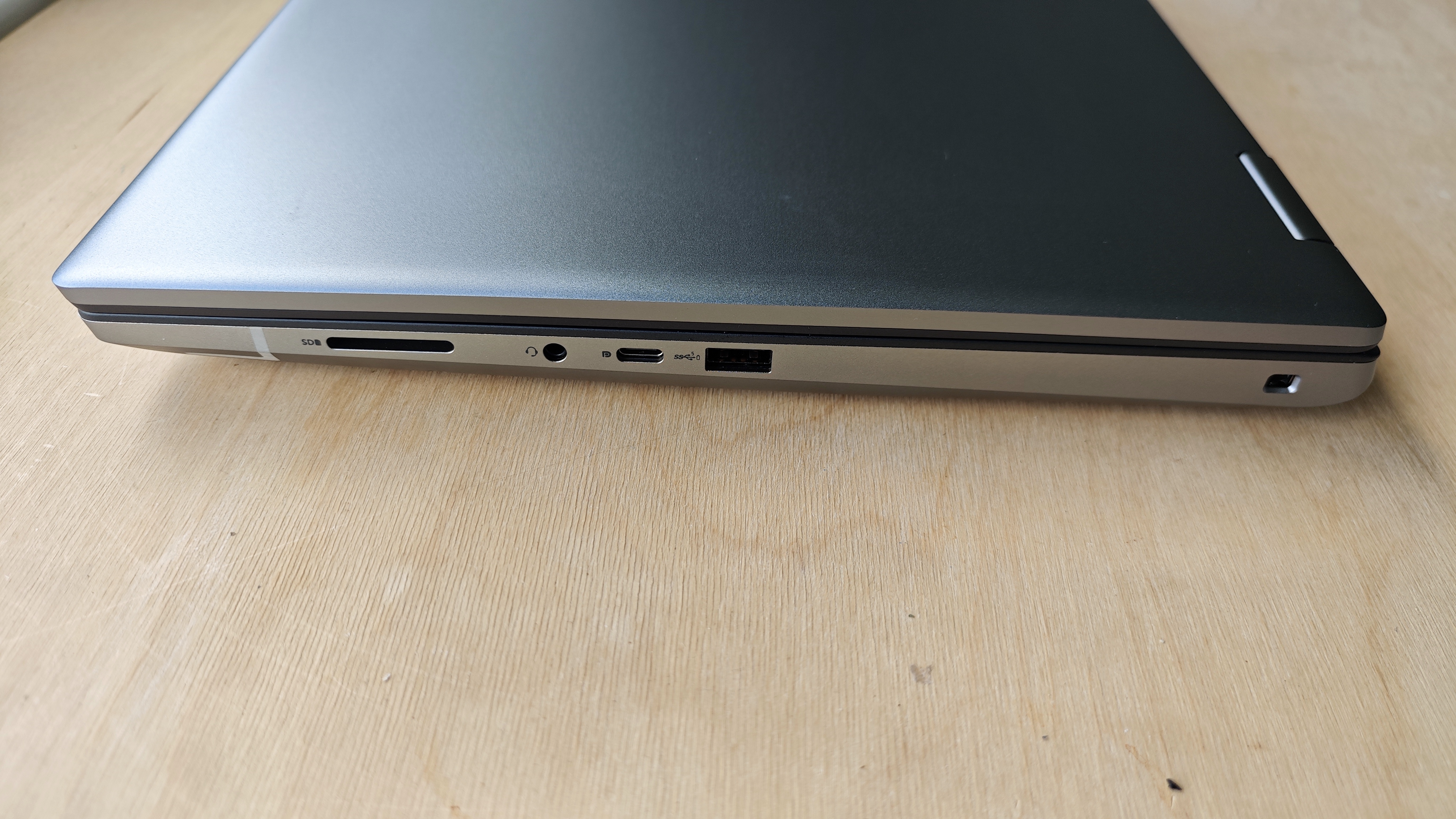
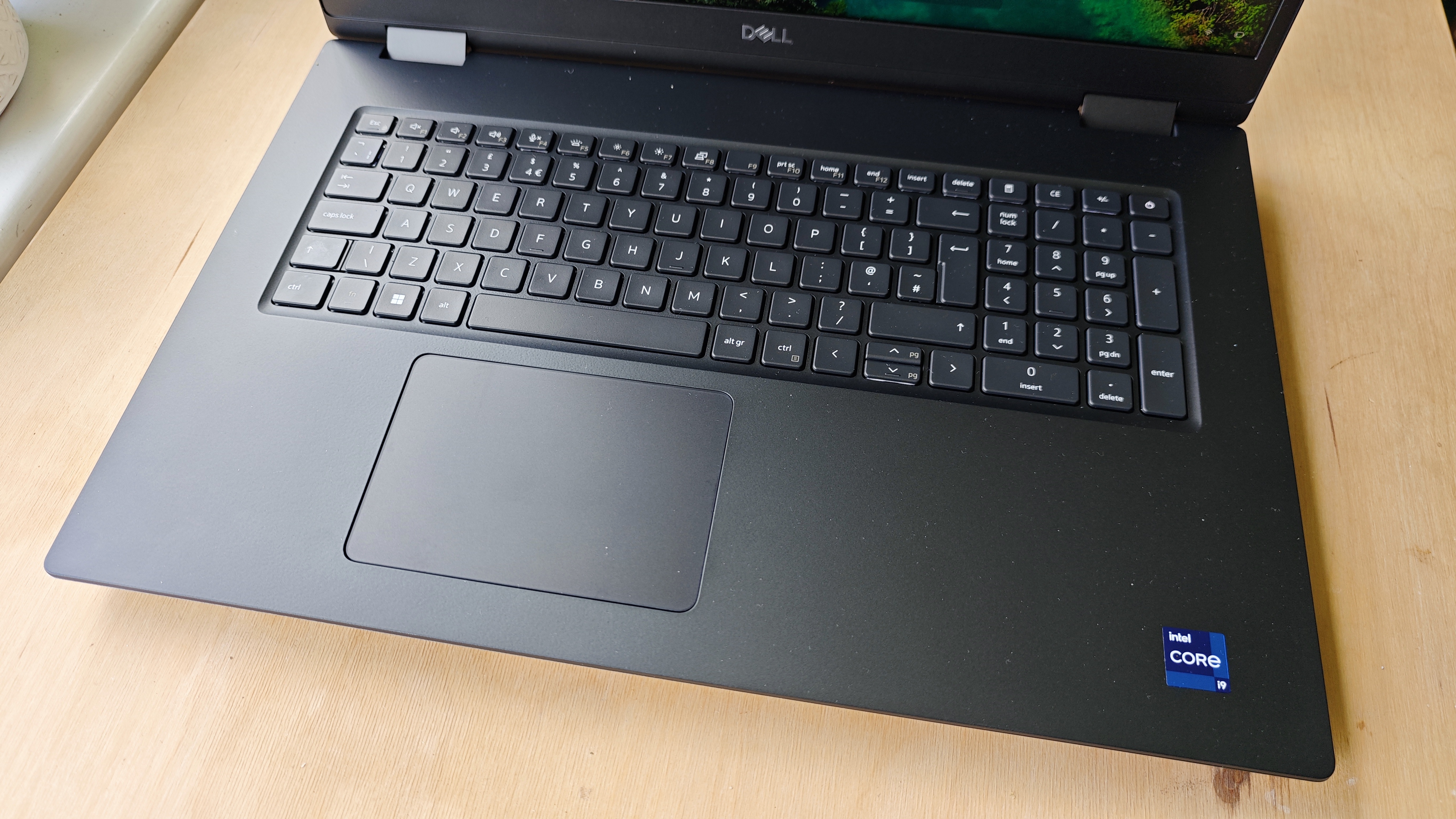
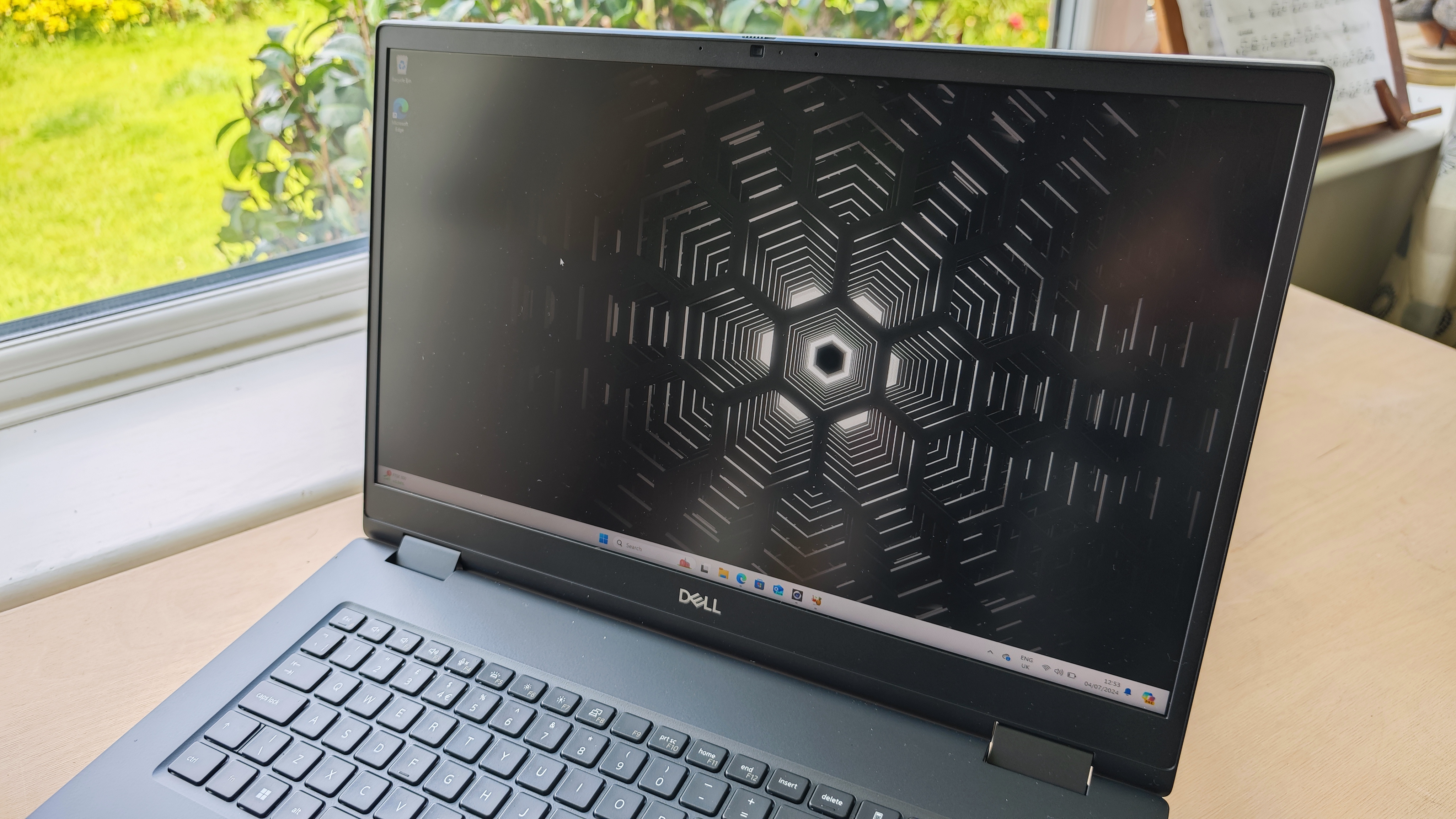
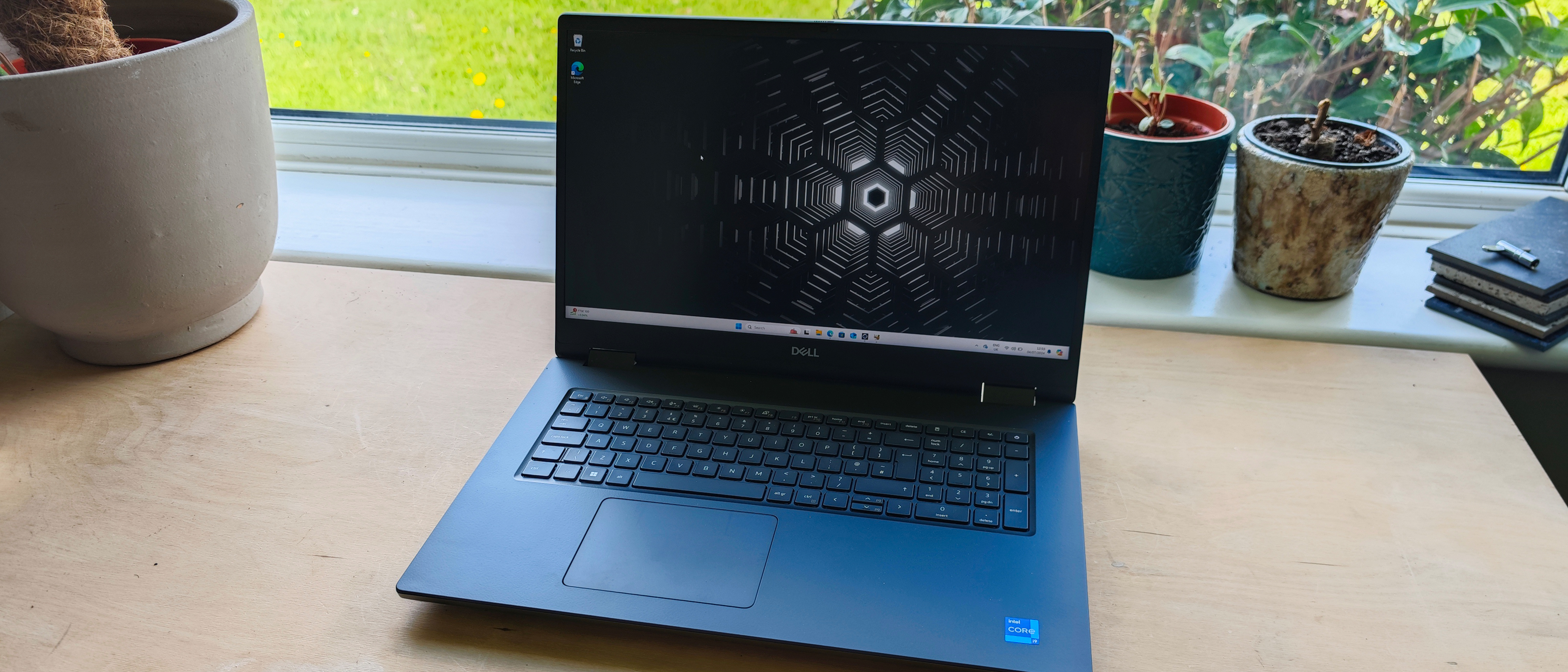
Specifications
Reasons to buy
Reasons to avoid
✅ You need fast performance: The powerful internals will make Photoshop run nice and fast.
✅ You want a big display: The 17.3-inch screen lets you see all your Photoshop work in detail.
✅ You mainly work at your desk: This powerful but heavy laptop is designed to stay put.
❌ You want something portable: At 3.05 kg, this isn't great for popping in a bag.
❌ You work away from power sockets: The battery life isn't the most impressive.
❌ You want a standard trackpad: This one is off-centre and can be offputting for some.
🔎 Dell Precision 7780 is a high-powered workstation laptop that will cope with even the most demanding of Photoshop projects with ease, although note that it's a little on the heavy side. ★★★★½
What you need to know: Many people like a larger laptop screen for using Photoshop since it makes it easier to work across multiple panels and to see layers tabs. We've included 16-inch laptops above, such as the Asus Vivobook Pro 16, but there are larger devices still. A 17-inch laptop is generally the largest size available among devices aimed at Photoshop users. There aren't many to choose from, and this one easily tops the list.
Design: This laptop's chassis is classic Dell; with a metallic finish to the outer and a dark grey plastic finish to the interior. In other words, it's well-designed but isn't going to be turning any heads. At 3.05 kg, it is also rather heavy and therefore not suitable for mobile working and better suited for desktop use. Also note that the trackpad is positioned off-centre, which may be annoying to some.
Performance: In our tests, the Dell Precision 7780 performed incredibly well on almost all fronts, thanks to its Intel Core i7-13850HX CPU, which has a 30 MB cache, 28 threads, and 20 cores (8P+12E) up to 5.3 GHz. All this means that it's certain to cope with the most demanding of Photoshop tasks, and should run everything quickly and smoothly too.
Battery: The battery life isn't very good at all. The 93 Wh battery only managed around three hours of creative work. For this reason, we wouldn't recommend this laptop if you need to be on the move a lot; it's best to think of it mainly as a desktop powerhouse.
Pricing: The Dell Precision 7780 isn't cheap. The base model costs £3,118.82 while storage upgrades are possible all the way from an extra 512GB for £155.22 up to 4TB for £989.82.
Read more: Dell Precision 7780 review
Attributes | Notes | Rating |
|---|---|---|
Price | Premium pricing that befits a powerful laptop | ★★★★ |
Design | Functional but unexciting | ★★★½ |
Performance | Fast and powerful | ★★★★½ |
Battery life | Limited for creative work | ★★★ |

"The 17.3-inch display is really the star of the show. It is huge and pretty much the largest screen you can get on any laptop. Creatives who don't have a dedicated monitor or want a laptop that can act as a secondary monitor will be more than pleased by the size."
The most versatile laptop for Photoshop
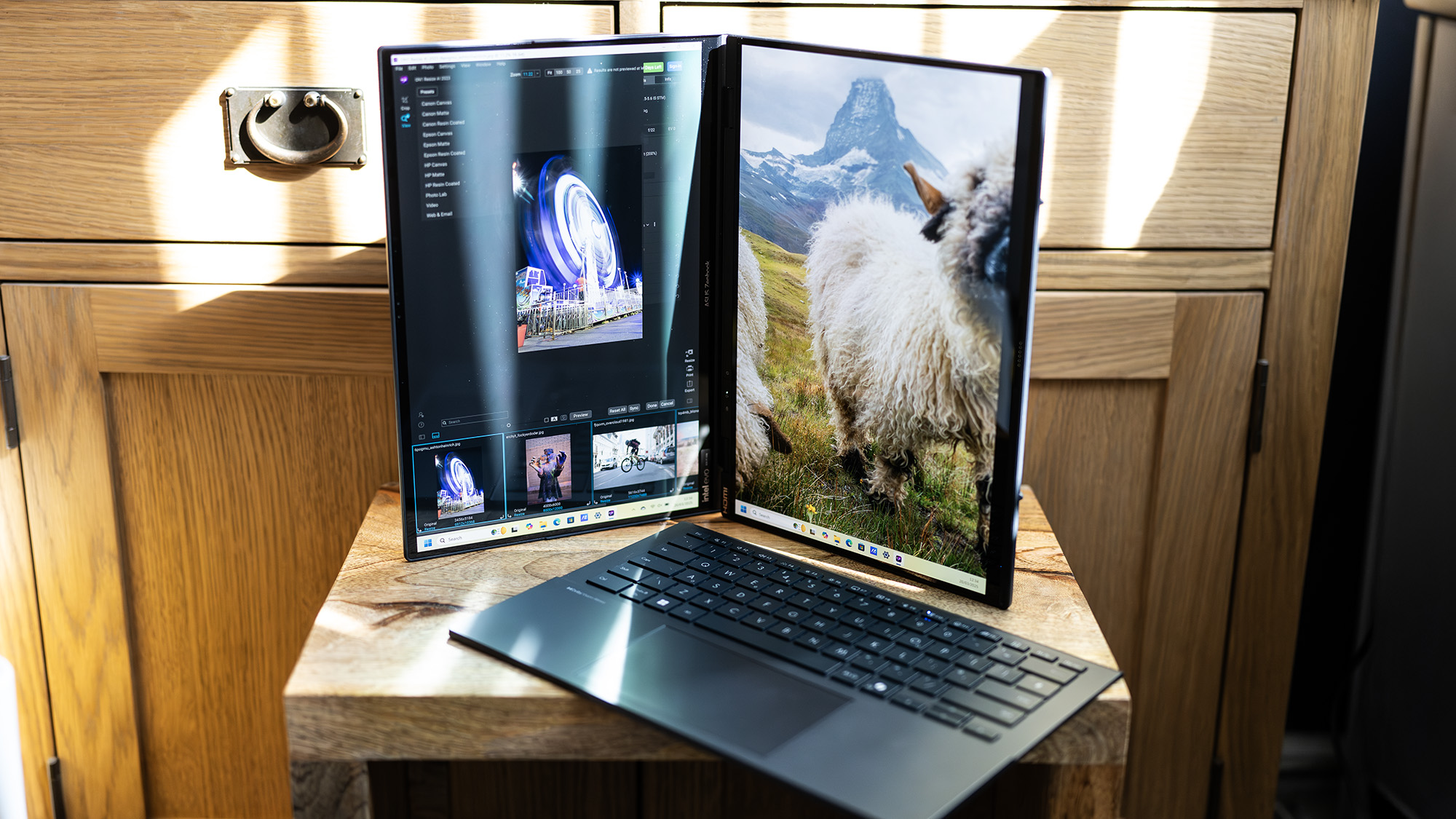
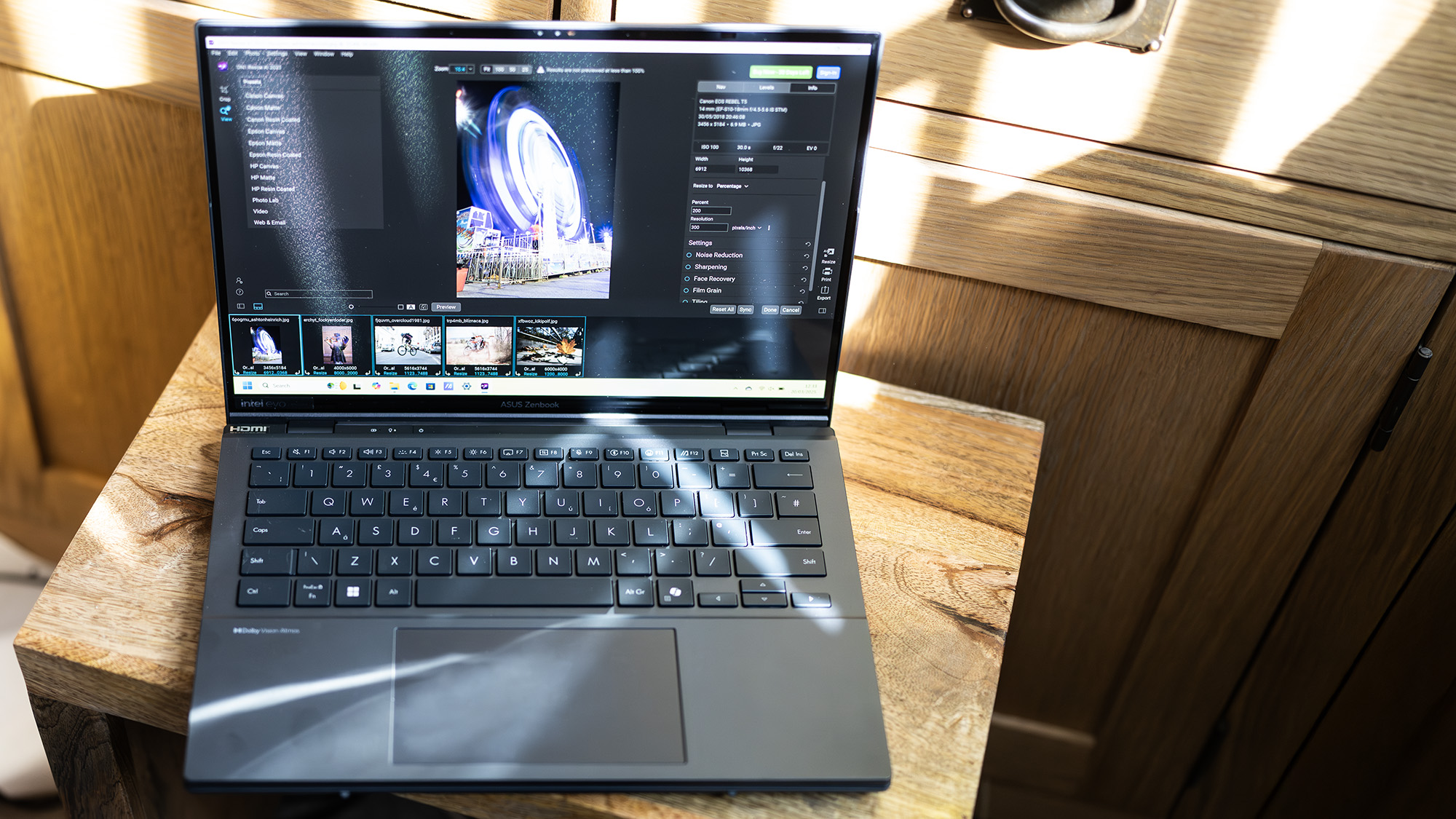
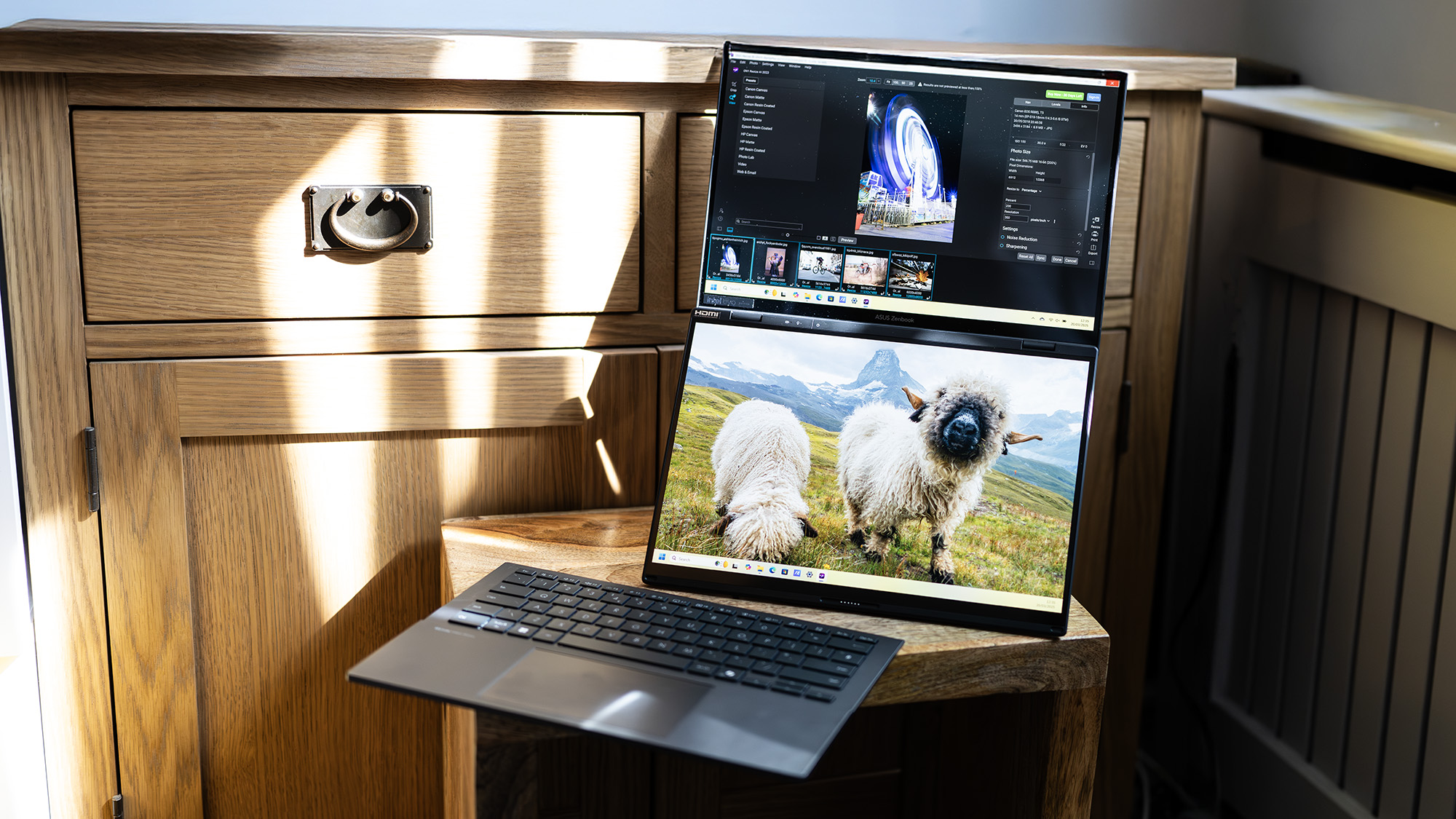
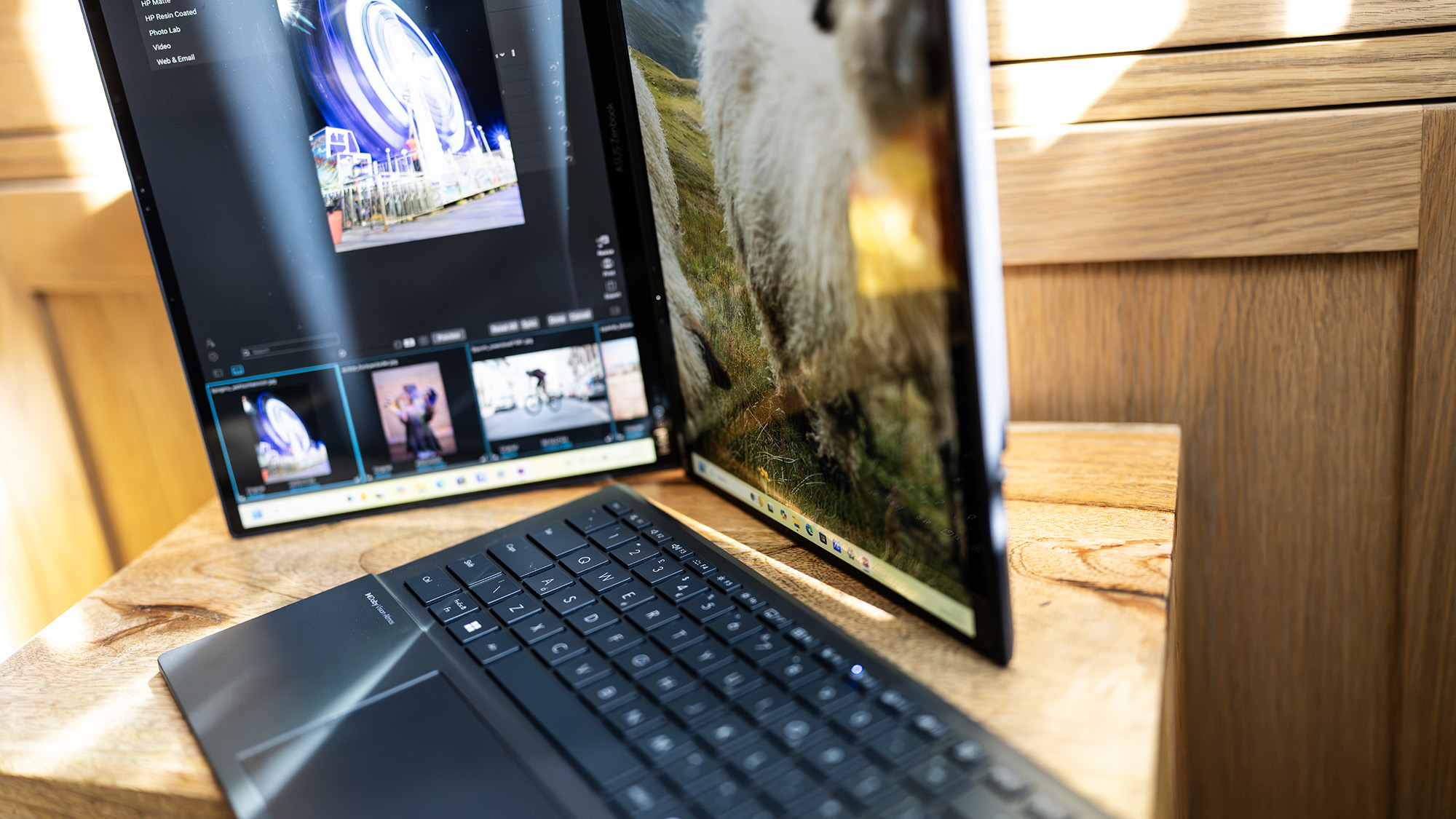
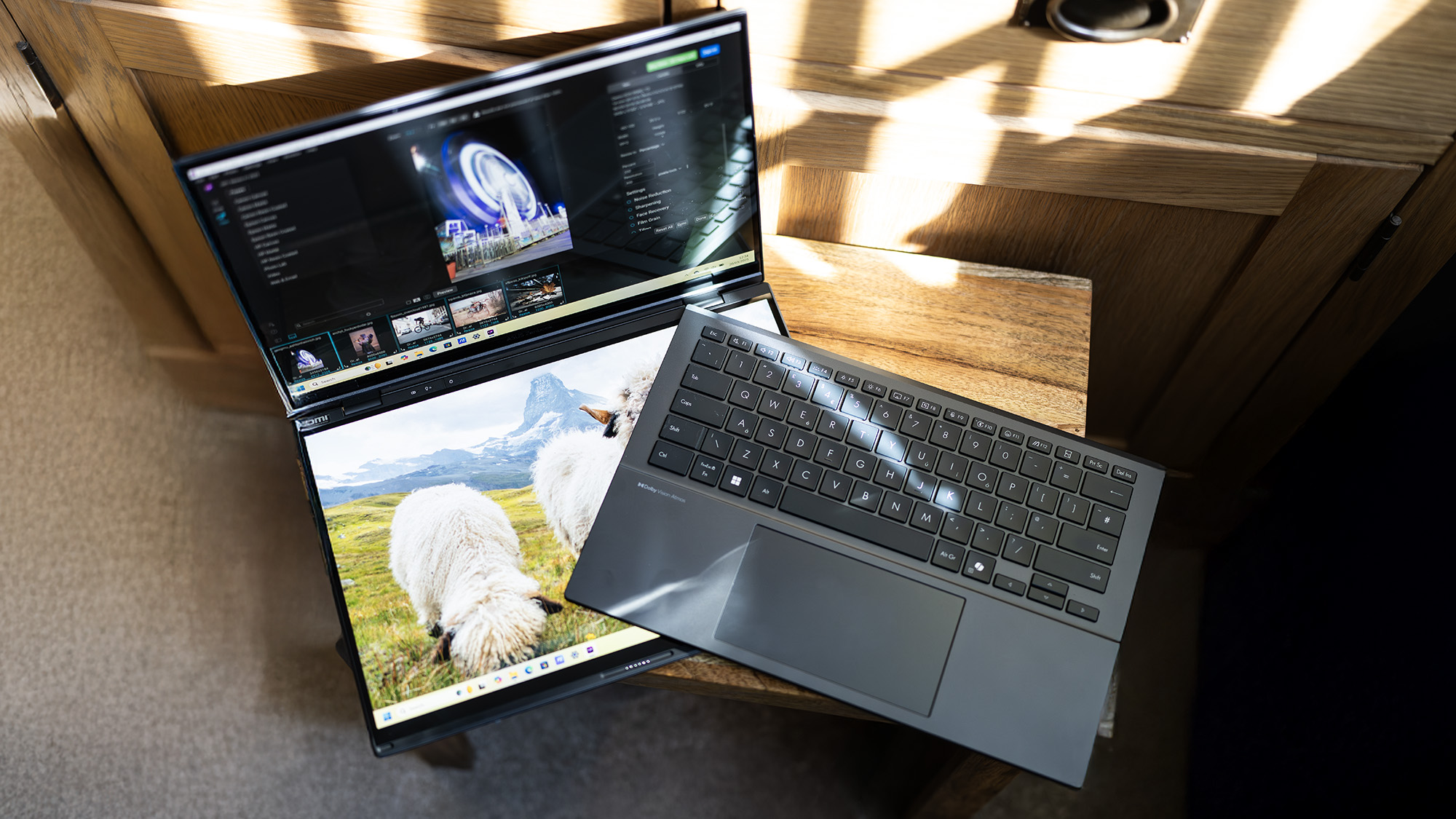
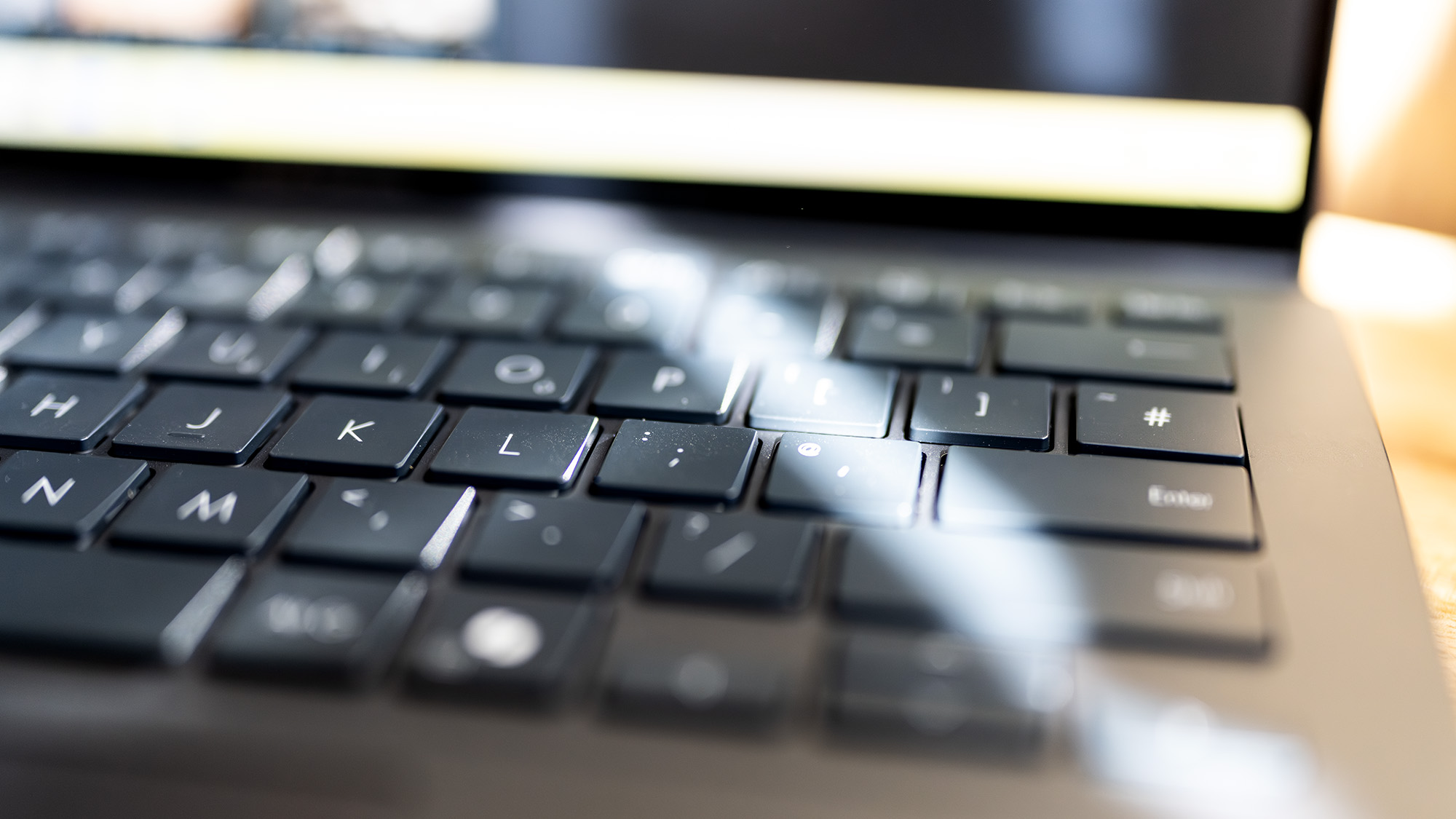
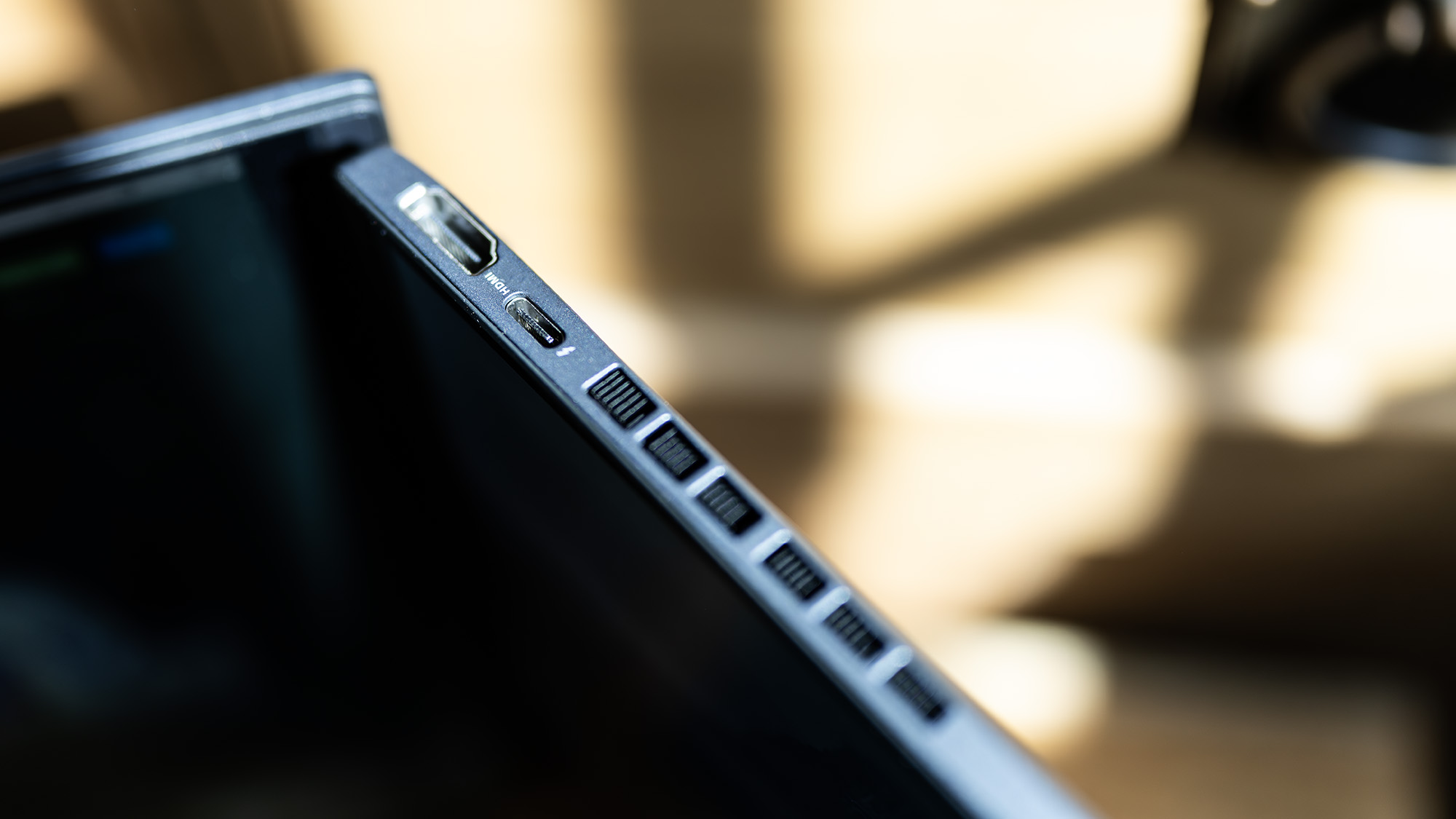
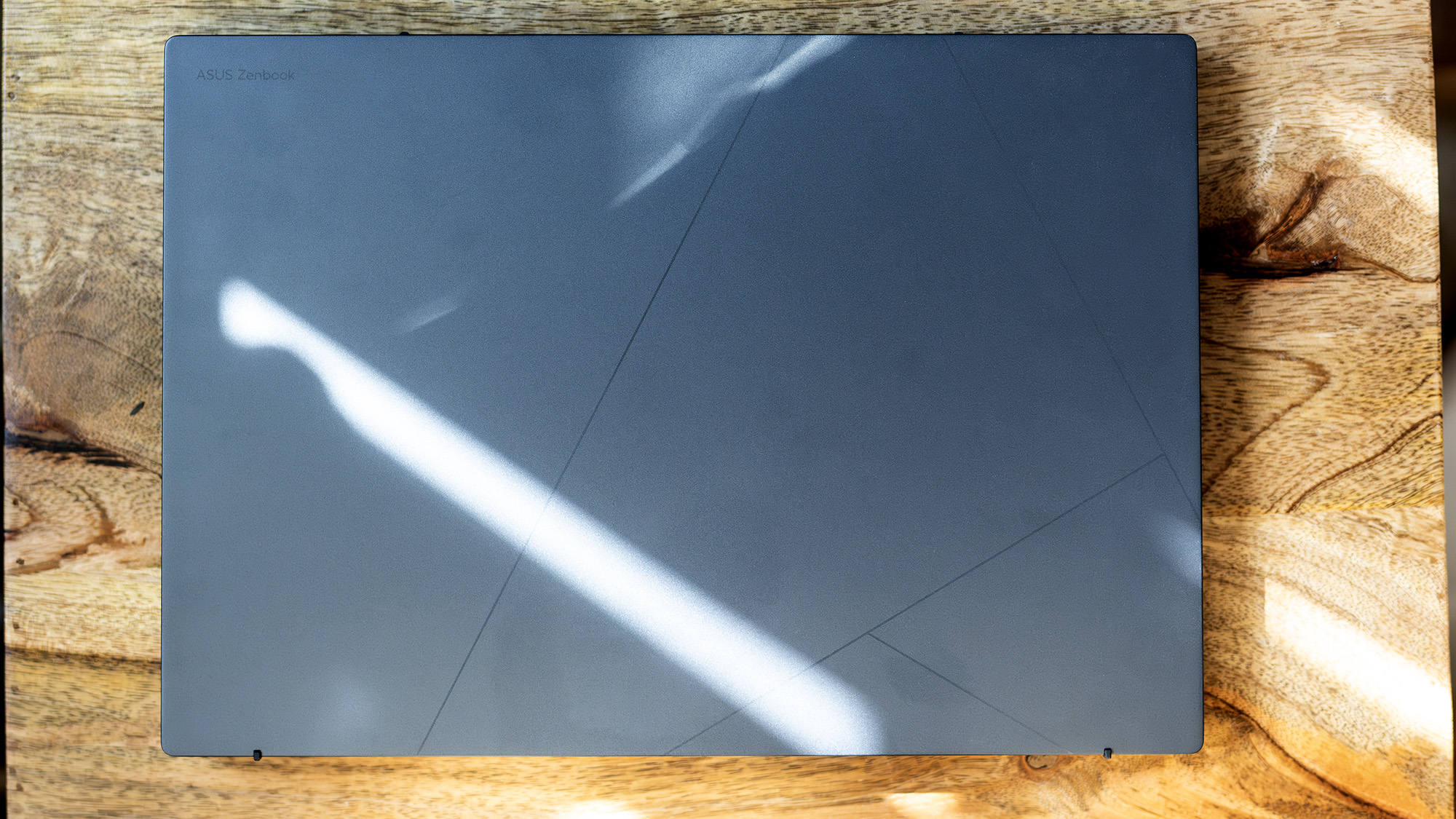
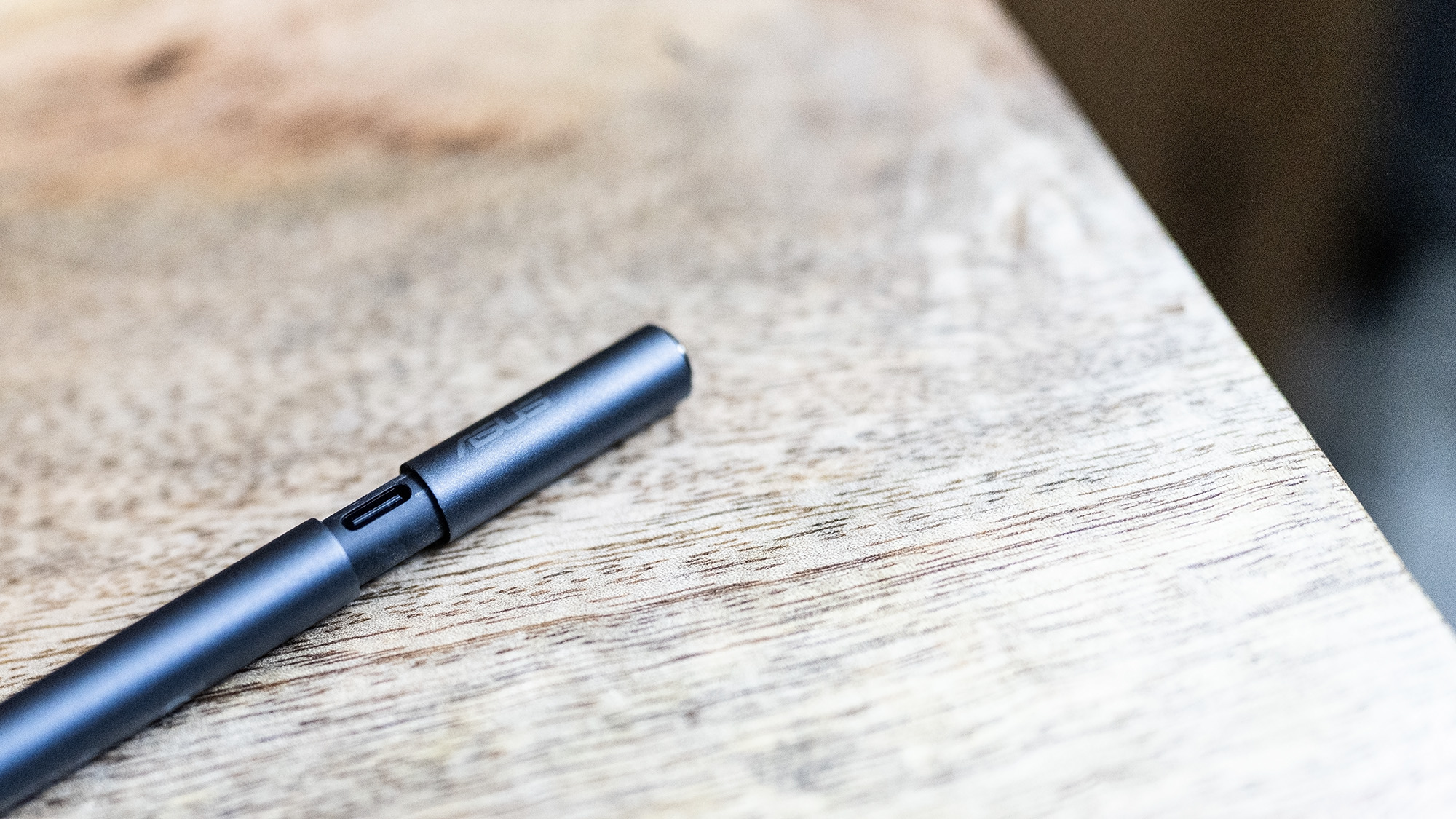
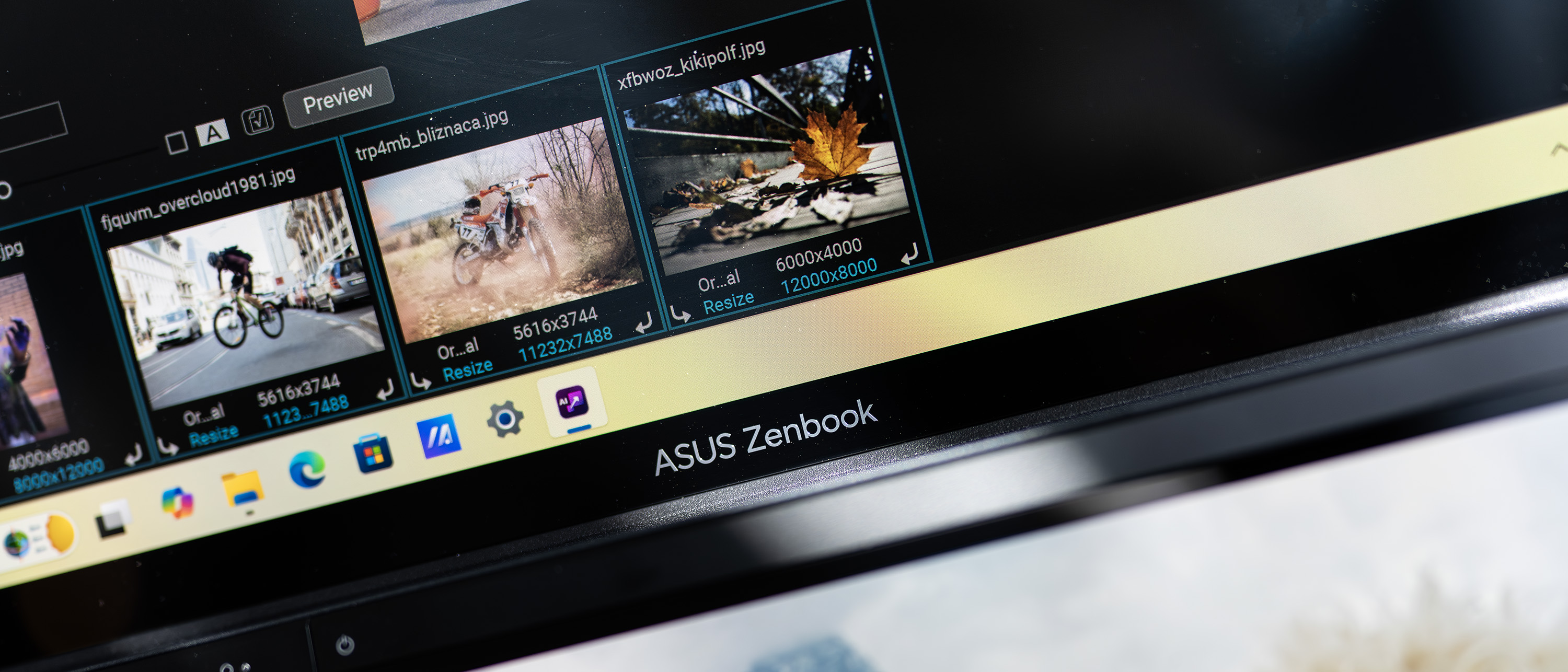
Specifications
Reasons to buy
Reasons to avoid
✅ You live in multiple windows: With two sharp 14-inch OLED screens, the Zenbook Duo is ideal for flicking between Photoshop and other apps.
✅ You want desktop-level multitasking: You can rotate the screens, stack them vertically, or sprawl them side-by-side — perfect for Photoshop workflows.
✅ You like drawing directly on screen: The included Asus Pen 2.0 is responsive and comfortable.
❌ You want a proper GPU: The integrated graphics are decent for Photoshop and design, but video editors or 3D artists may hit the ceiling pretty quickly.
❌ You’re shy in public: With its dual-screen setup and wireless keyboard flap, this isn’t exactly subtle — expect questions and curious looks.
🔎 Asus Zenbook Duo (2025) keeps everything that made the 2024 version impressive and layers in some small but meaningful upgrades; chiefly, a faster CPU and Wi-Fi 7. If you're after more screen without lugging an external monitor, it’s one of the best Photoshop laptops. ★★★★½
What you need to know:
ASUS has made something quite unique here. Two 14-inch OLED touchscreens, stacked or spread depending on your mood, a detachable Bluetooth keyboard, and a fresh Intel Core Ultra 9 under the hood; this thing is wild, wonderful, and actually useful.
Design and build: This is a cleverly compact machine that transforms from a fairly standard-looking laptop into a twin-display productivity monster. The keyboard lifts off to reveal the second screen, which can be positioned vertically or side-by-side thanks to the built-in kickstand. It’s a bit heavier than you'd expect from a 14-inch laptop, but that’s the price of innovation. Build quality is solid, with a chiclet keyboard that’s surprisingly nice to type on despite its portable form factor.
The whole thing feels impressively thought-through; the only real caveat is the lack of keyboard feet, which makes propping it at an angle a bit of a DIY affair. Still, if you’re coming from a dual-monitor setup and dread working on just one screen while away from your desk, this will feel like a breath of fresh air.
Performance: The Intel Core Ultra 9 285H inside is snappy, capable, and more than enough for your creative apps. Whether you’re working in Photoshop, multitasking across browser tabs and documents, or bouncing between Illustrator and After Effects, it keeps pace without complaint. However, the Achilles heel remains: no discrete GPU. The integrated Intel Arc graphics handle most 2D creative tasks just fine, but start throwing video editing, 3D rendering, or neural filters into the mix, and performance drops off. It’s not unusable — far from it — but power users may start to chafe at the limits.
Display: The dual-screen setup is the main event. Both OLED displays are gorgeous, with deep blacks, vibrant colours (98% DCI-P3), and a 2880 x 1800 resolution at 120Hz. They’re a bit reflective and prone to fingerprints, but the included stylus makes them ideal for sketching, painting, and note-taking. Windows still treats them as two separate screens with a physical gap between, so they don’t work like one big canvas. But that’s no bad thing — you can keep your tools or reference material on one and your main work on the other. It’s like having a portable desk setup in your bag.
Pricing: This kind of innovation doesn’t come cheap. At around £2,099/$1,799, the Zenbook Duo is a premium pick — but for some, it’s worth every penny. It’s rare to find a laptop that feels genuinely different and actually useful. If you regularly find yourself wishing for more screen space, you won’t regret it.
Read more: Asus Zenbook Duo (2025) review.
Attributes | Notes | Rating |
|---|---|---|
Design and build | Slick, clever, and space-saving | ★★★★★ |
Performance | Powerful CPU, integrated graphics limit it slightly. | ★★★★ |
Display | Two stunning OLEDs = multitasking heaven | ★★★★★ |
Pricing | Expensive, but you’re paying for the format | ★★★★ |

"If your work needs regularly spill over onto a second monitor, then having an extra one you can take with you makes a whole lot of sense. You can always use it in standard laptop mode if you’re feeling shy."
Also tested
Some of the laptops we have reviewed come very close to beating out the laptops above when it comes to performance and fit for Photoshop. As you'll see from the linked reviews, they often score high in our tests. So here are some other great options, should you not find what you're looking for above...
MSI Creator A16 AI+
We ran a suite of benchmarking tests for Photoshop to put this AI-equipped laptop through its paces, and the performance it delivered was impressive. If you've no interest in AI then this is one to steer clear of, but otherwise this is definitely one to consider for heavy Photoshop users.
Read our 4.5-star review.
Asus ProArt Studiobook OLED (H7604)
This laptop features some very powerful components making it ideal for everything from basic image editing to 3D work in Photoshop. Our reviewer loved the colour accuracy of its 16-inch 3.2K OLED display and overall performance, but also noted that it's expensive, heavy, and has limited battery life.
Read our 4.5-star review
Dell XPS 17 (9710) Launched in 2022, the Dell XPS 17 9710 remains a a capable and compelling choice for creative professionals looking for a powerful machine for Photoshop work. In our tests, it tackled graphically demanding and processor-intensive tasks well, all the time staying cool. Plus it's pretty good for gaming too.
Read our 4.5-star review
Acer Swift Edge 16
The Acer Swift Edge 16 is an excellent all-around mid-range laptop. It may lack the graphics power for 4K gaming or heavy 3D rendering tasks, but it can handle basic editing in Photoshop.
Read our 4.5-star review
Framework
Framework is great for Photoshop work, because you can upgrade it if you find yourself needing more power as file sizes get larger. The hot-swappable ports are super useful, especially if you have more than one place of work. For example, you can swap the HDMI port for a MicroSD port if you need to.
Read our 4.5-star review
How to choose a laptop for Photoshop
While Photoshop isn't the most demanding software available, it does require decent hardware to run efficiently. Start by focusing on the processor—both Intel and AMD CPUs are rated numerically, with higher numbers indicating better performance; the same goes for Apple's M1-M4 chips. At minimum, aim for a 9th generation Intel i5 or AMD Ryzen 5 3600, though newer generations will offer improved efficiency.
Memory is crucial for Photoshop performance. Though Adobe lists 8GB RAM as the minimum requirement, 16GB is recommended, especially for complex projects. A dedicated graphics card can also enhance some Photoshop operations if your budget allows.
Display quality is essential for accurate Photoshop work. Look for screens with 100% sRGB coverage and as much Adobe RGB coverage as possible. OLED displays typically provide superior contrast and deeper blacks, which can benefit photo editing. For storage, choose an SSD rather than a slower hard drive. Adobe recommends at least 100GB free space for Photoshop, but a 512GB SSD is ideal for most people.
Finally, consider how important portability is to you. Larger 15-inch displays provide more workspace for Photoshop's numerous panels, while 13-14 inch screens make the laptop smaller and easy to carry. If you primarily work at a desk, you might prefer a smaller laptop paired with an external monitor.
How we test laptops for Photoshop
When we test laptops for Photoshop, we first carry out a series of benchmark tests to measure the laptop's overall performance.
• Cinebench R23/2024 - this assesses the performance of a computer's CPU and GPU using real-world 3D rendering tasks
• Geekbench 5/6 - this tests the CPU's processing power, both by using a single core for a single task at a time as well as all the CPU's core to see its ability to multitask
• PCMark 10 - this test assesses a computer’s ability to run all everyday tasks from web browsing to digital content creation, testing app launch speeds, 3D rendering and even battery life
We also use a calibrator to test the display of the laptop, checking colour gamut, colour accuracy, brightness, contrast and uniformity. We also tests storage performance and assess each laptop's general ergonomics, build and usability, including keyboard quality, chassis rigidity, trackpad response and battery life.
Finally, we test each laptop in real-world use cases by performing various tasks in Photoshop itself in order to check how it performs in a real workflow. We carry out basic photo editing using adjustment layers and masks and create digital art using various brush tools. We also test new AI tools and the GPU-accelerated tools, which can cause some laptops to struggle.
FAQs
What are the minimum requirements for Photoshop?
Most Windows laptops and MacBooks can run Photoshop with modest specifications. Adobe's minimum requirements include 8GB RAM, 1.5GB GPU memory, and 20GB storage, though they recommend 16GB RAM, 4GB GPU memory for 4K displays, and 100GB storage.
While most modern laptops (except Chromebooks) meet these minimums, specific Photoshop features demand more power. Neural Filters and GPU-accelerated tools like Smart Sharpen perform better with dedicated graphics, and additional RAM helps when working with multiple layers.
Note that Photoshop isn't available for Chrome OS. Chromebook users can access Photoshop on the Web, but it offers limited functionality compared to the desktop version.
Does Photoshop require a graphics card?
No, a dedicated graphics card is not strictly necessary for Photoshop. The software runs adequately on laptops with integrated graphics, provided they have sufficient CPU power and RAM. In most cases, processor speed and memory are more critical factors for general Photoshop performance than dedicated graphics.
What laptop do professional photographers use?
Professional photographers' laptop choices vary based on personal preference. Many opt for MacBook Pros, which offer optimisation for creative work, excellent battery life, quality displays,and sleek design. While MacBooks don't have specific Photoshop advantages over Windows laptops, they remain popular in the photography community. Ultimately, the choice often comes down to operating system preference and workflow needs.
Can you run Photoshop with 8GB of RAM?
Yes, you can run Photoshop with 8GB, and other photo editing software like Lightroom, with 8GB of RAM, but it may struggled. Adobe lists 8GB as the minimum to run the desktop software but recommends 16GB. I have used Photoshop on laptops with 8GB of RAM, and it's certainly possible, but they often start to struggle if you build up a lot of layers or apply filters.
Get the Creative Bloq Newsletter
Daily design news, reviews, how-tos and more, as picked by the editors.

Erlingur is the Tech Reviews Editor on Creative Bloq. Having worked on magazines devoted to Photoshop, films, history, and science for over 15 years, as well as working on Digital Camera World and Top Ten Reviews in more recent times, Erlingur has developed a passion for finding tech that helps people do their job, whatever it may be. He loves putting things to the test and seeing if they're all hyped up to be, to make sure people are getting what they're promised. Still can't get his wifi-only printer to connect to his computer.
- Tom MayFreelance journalist and editor
